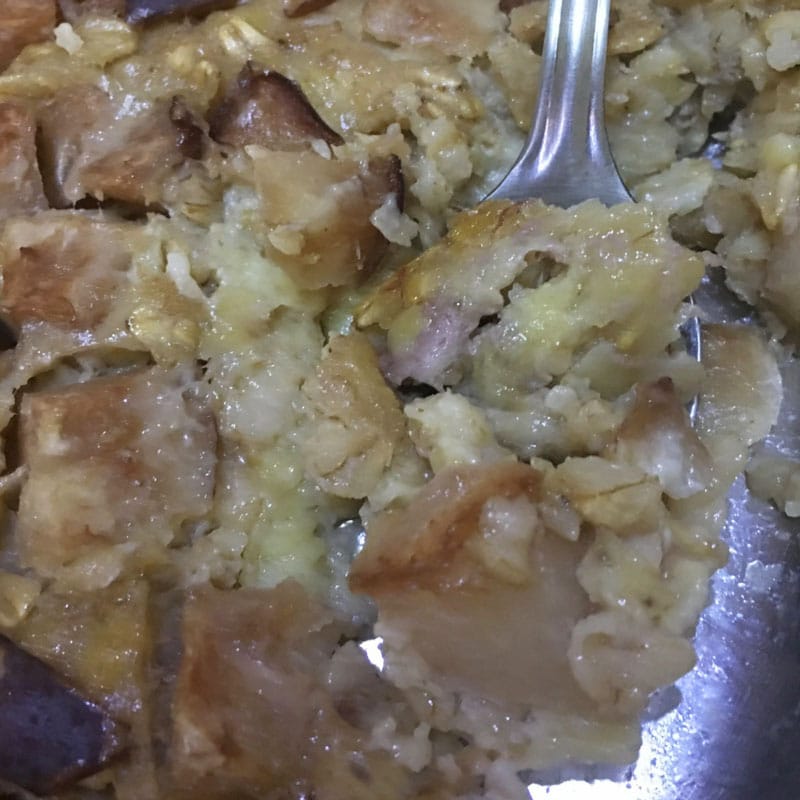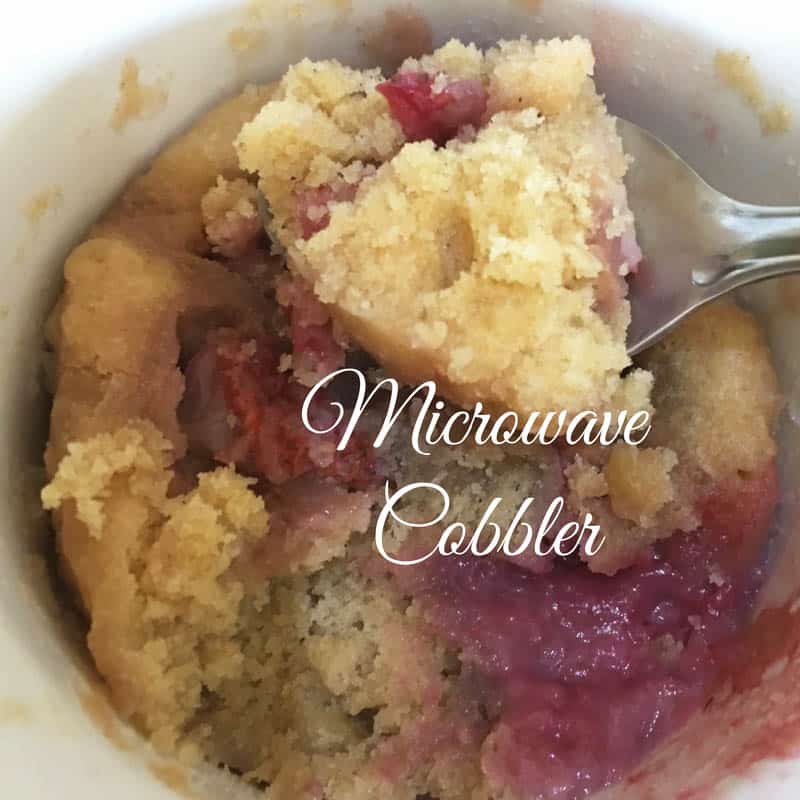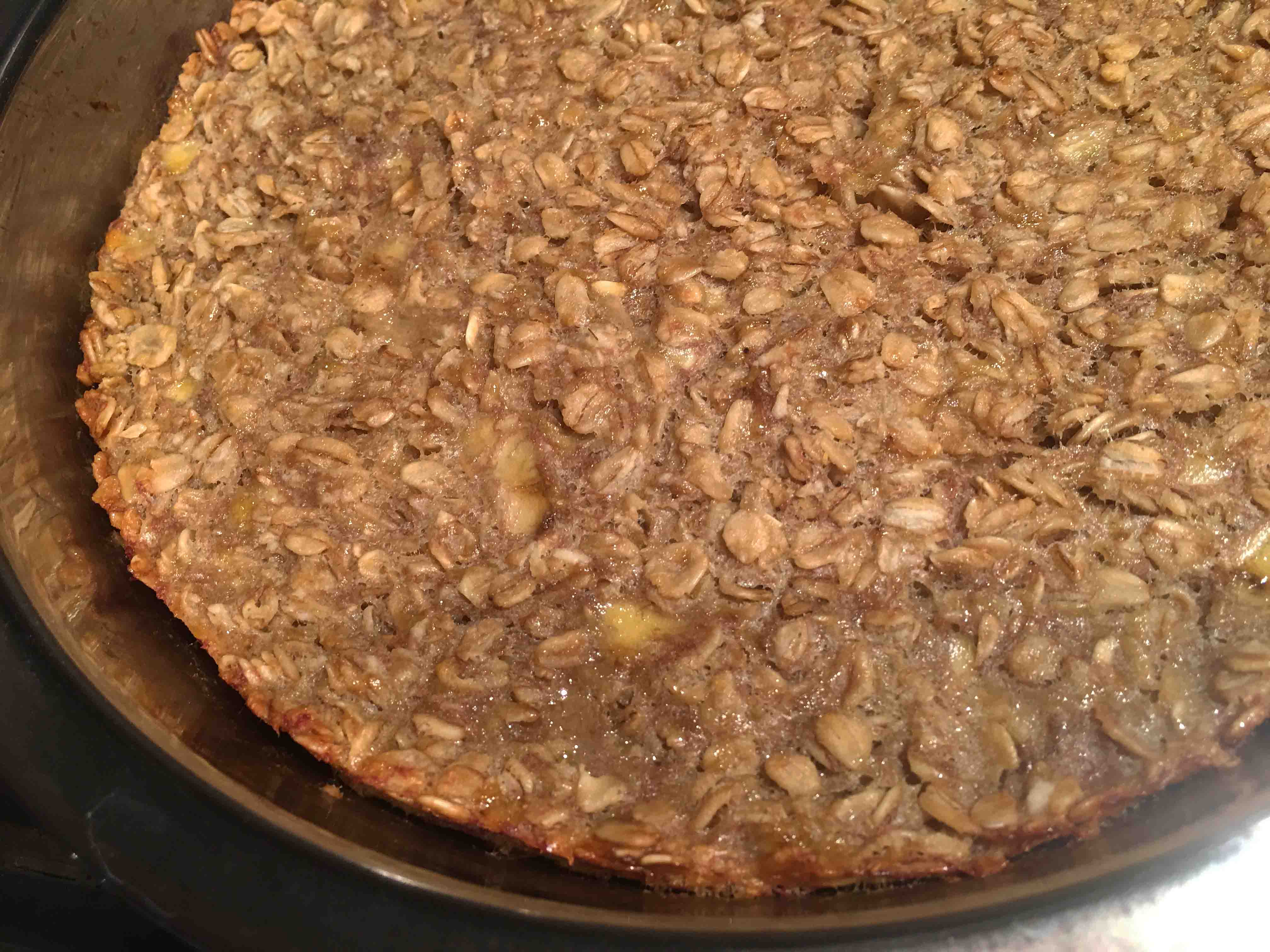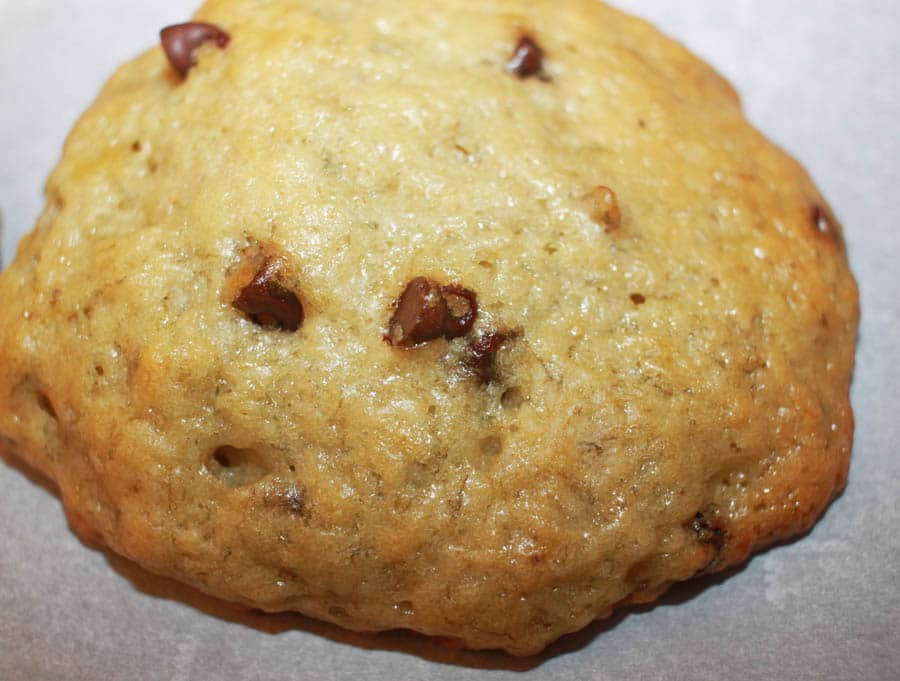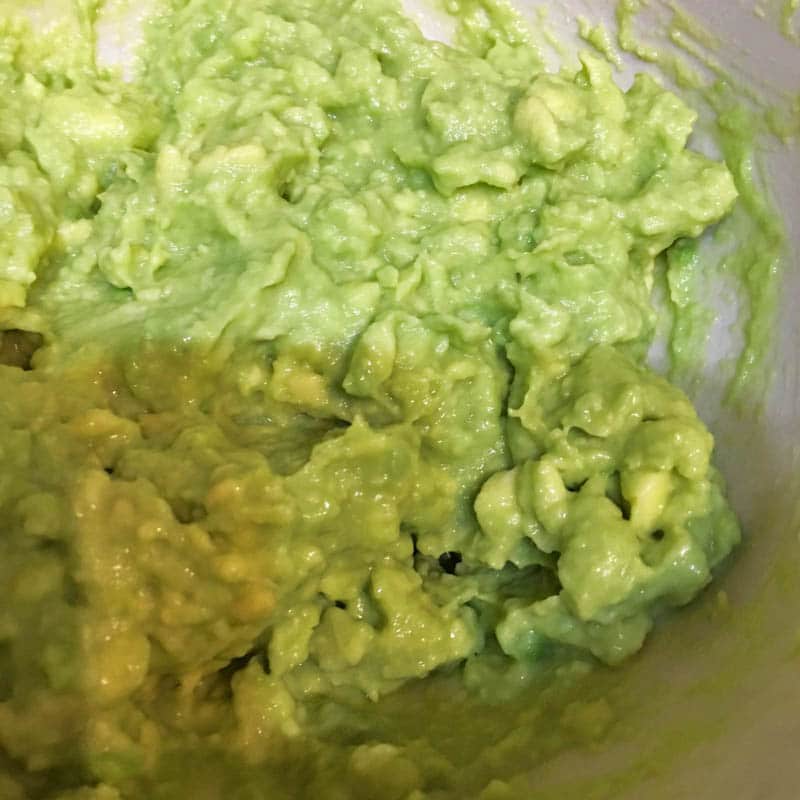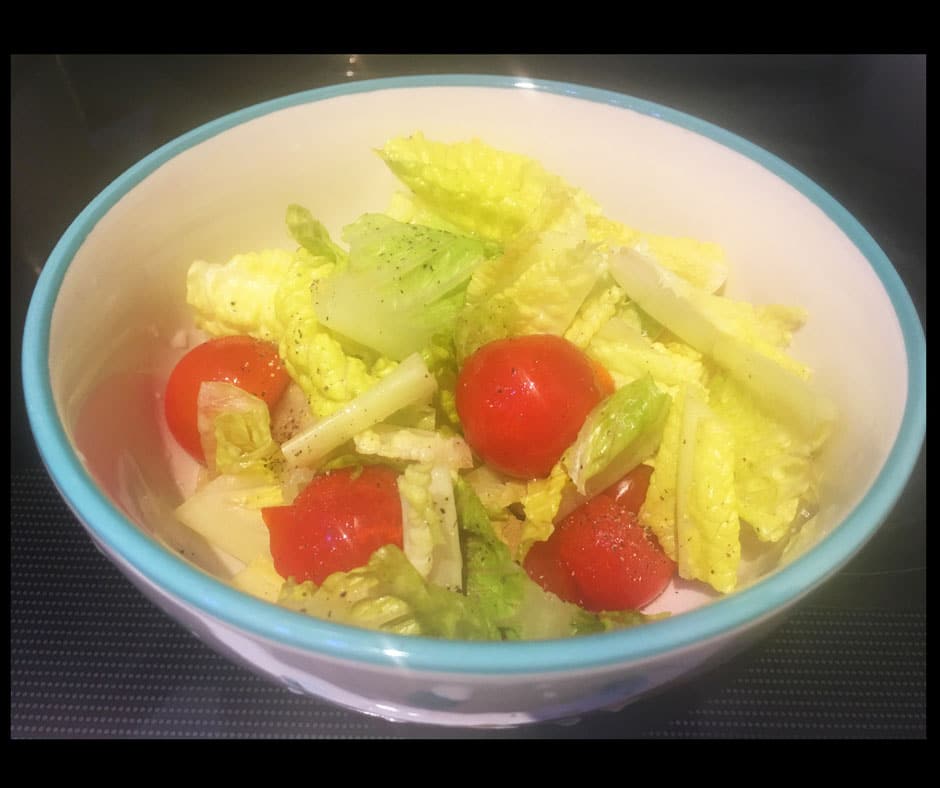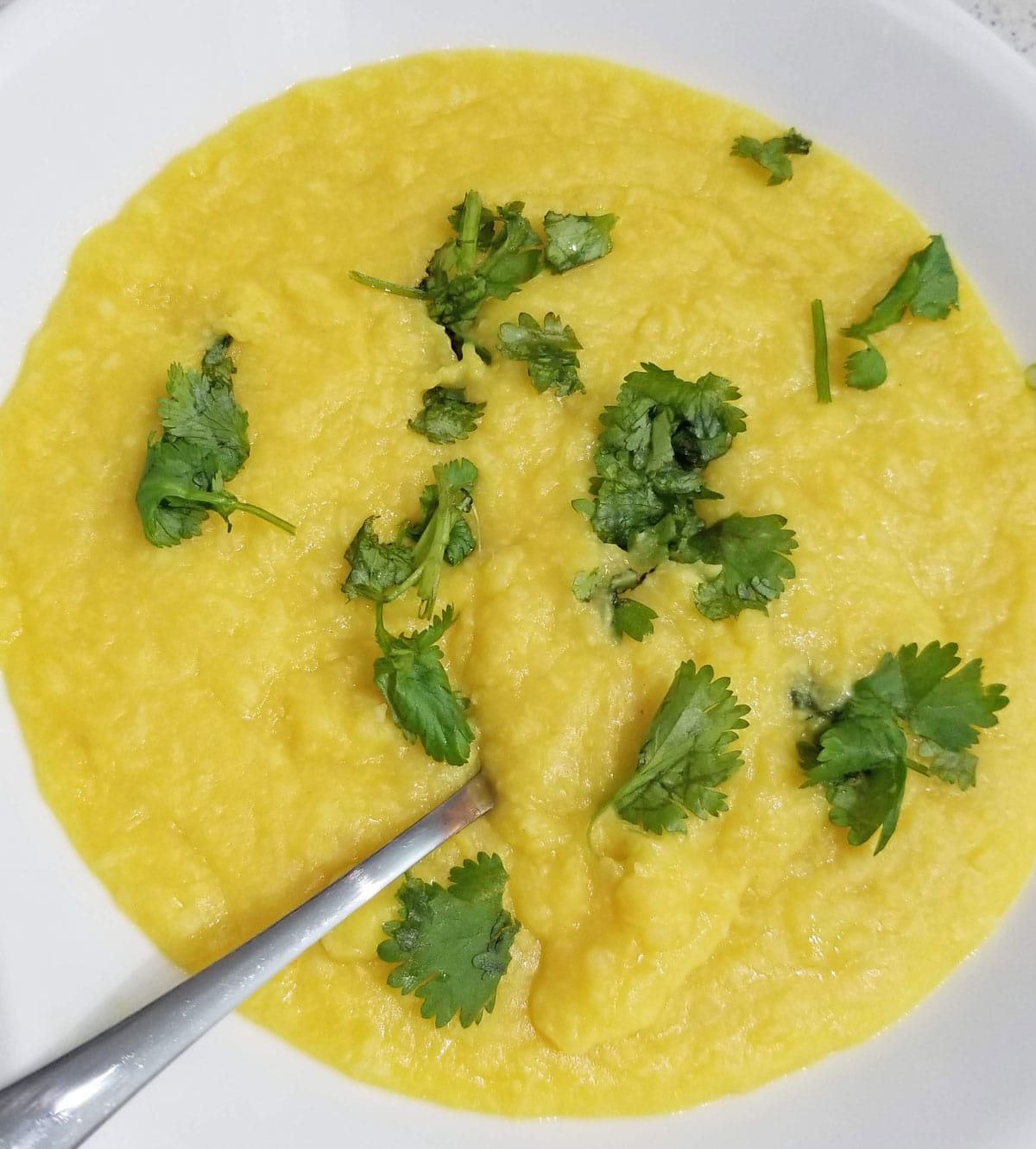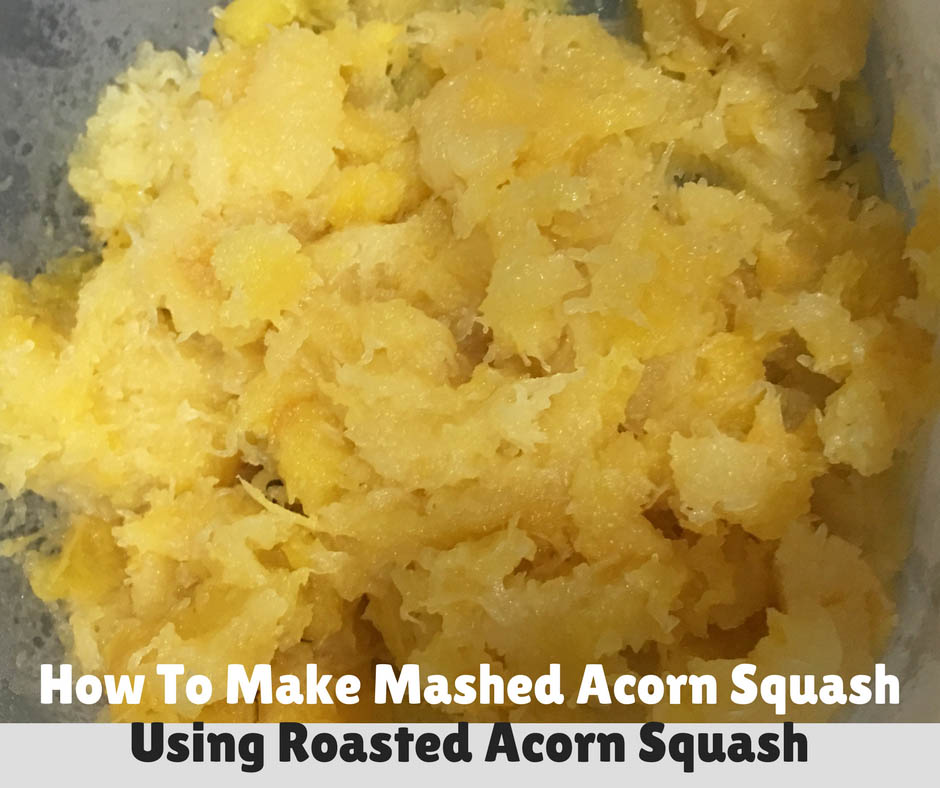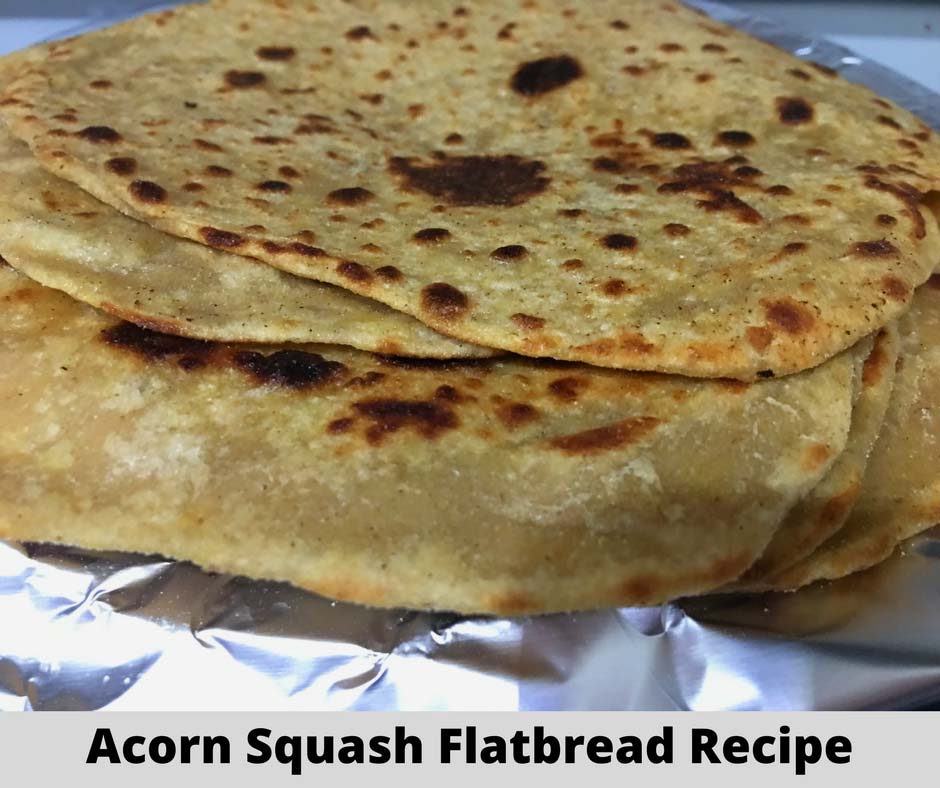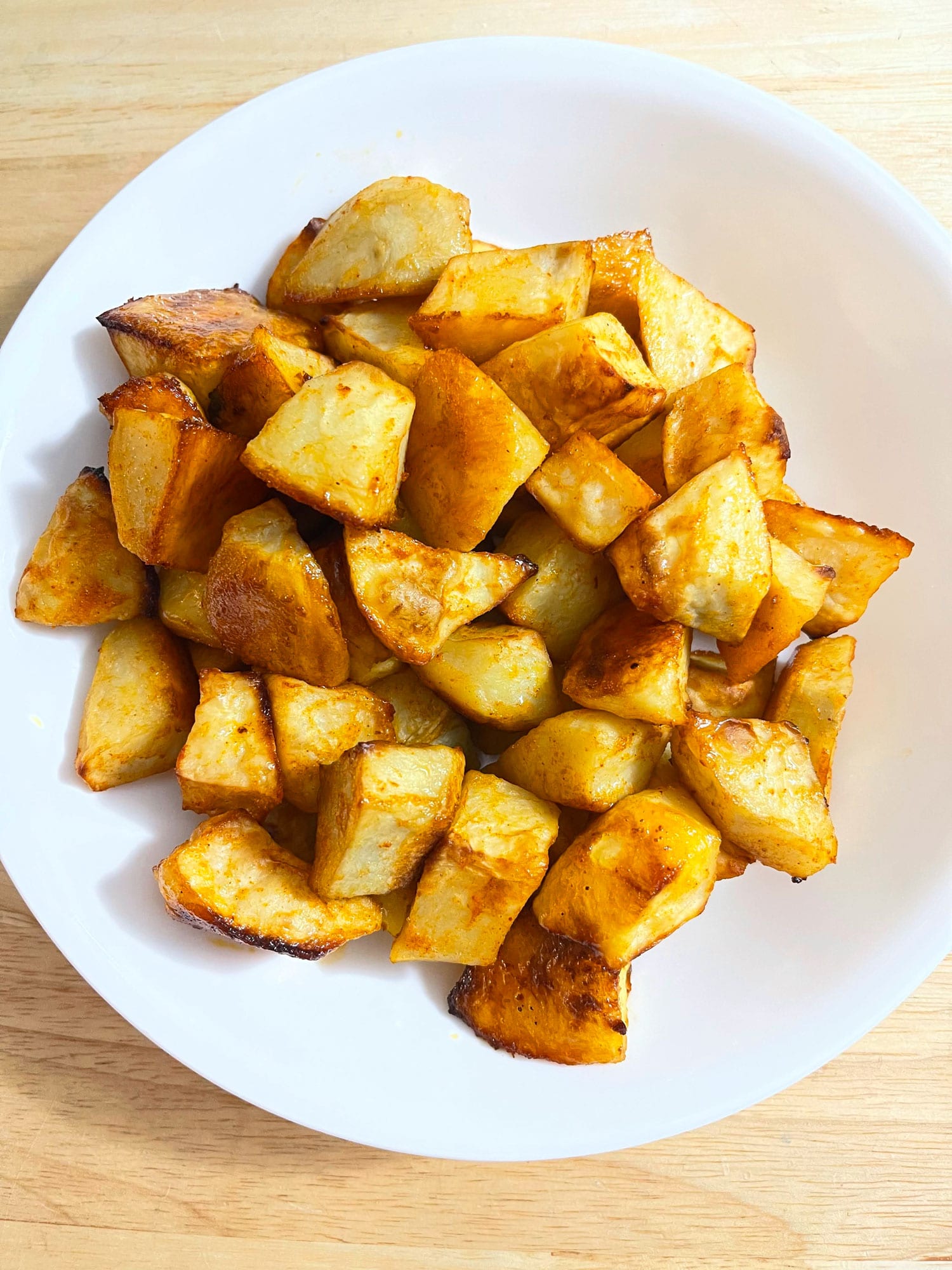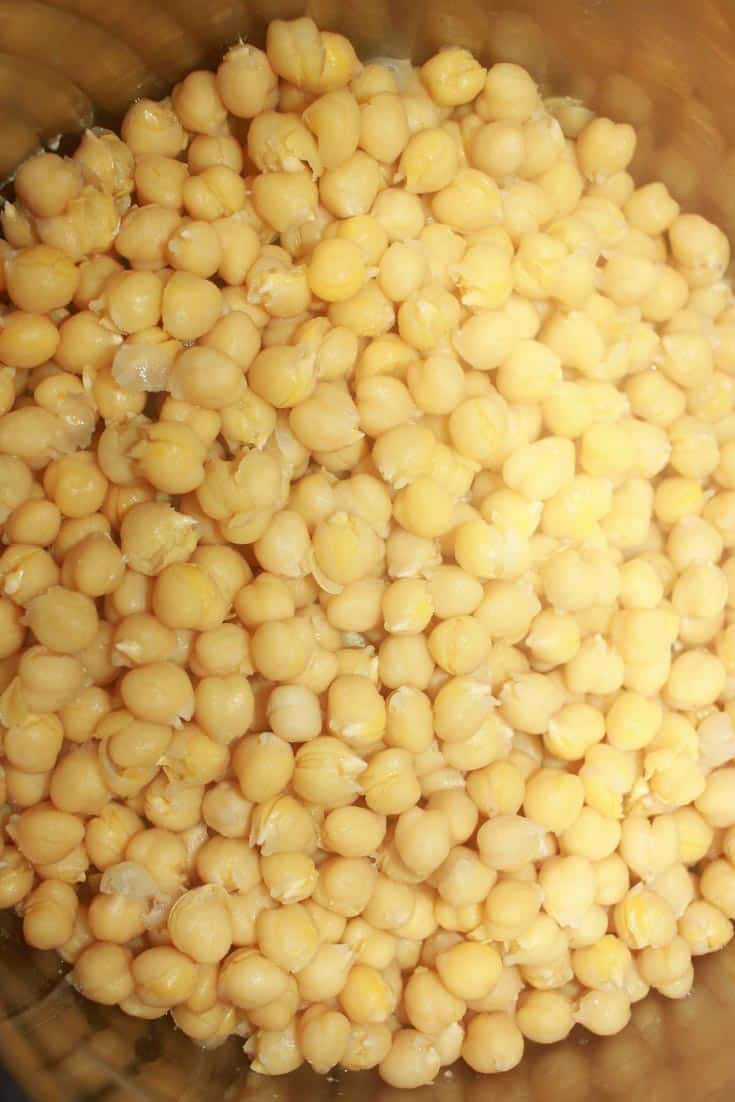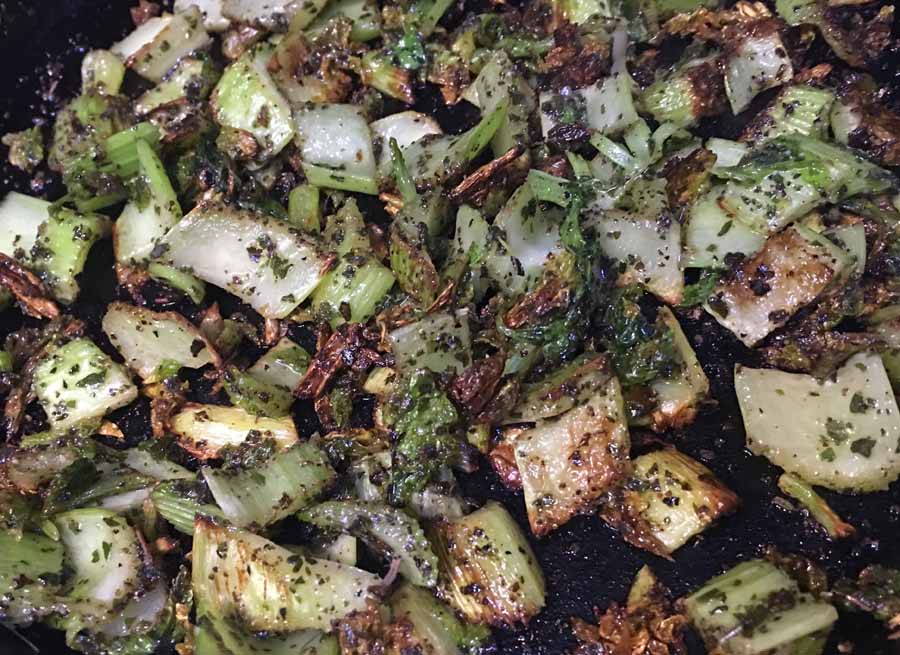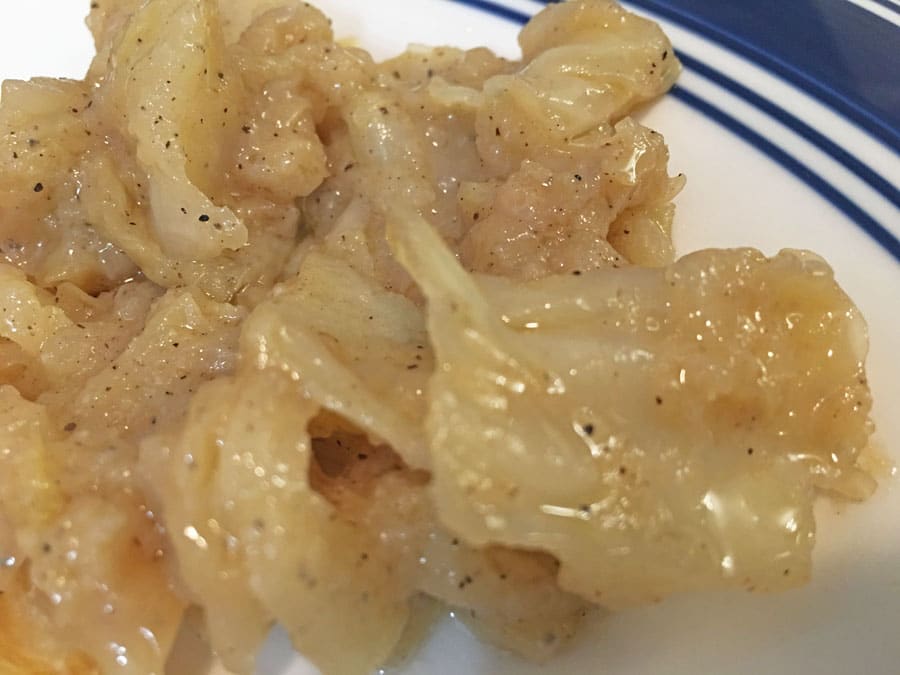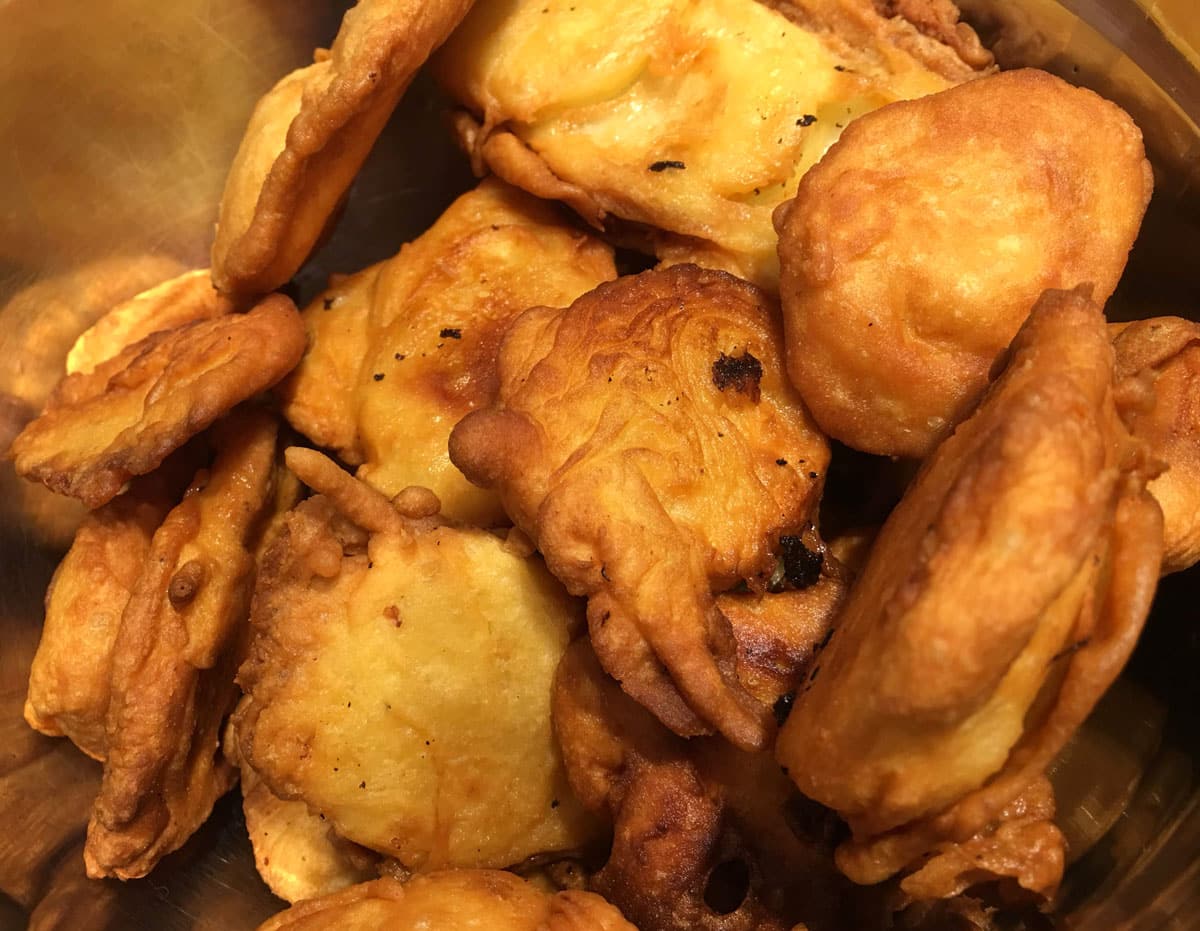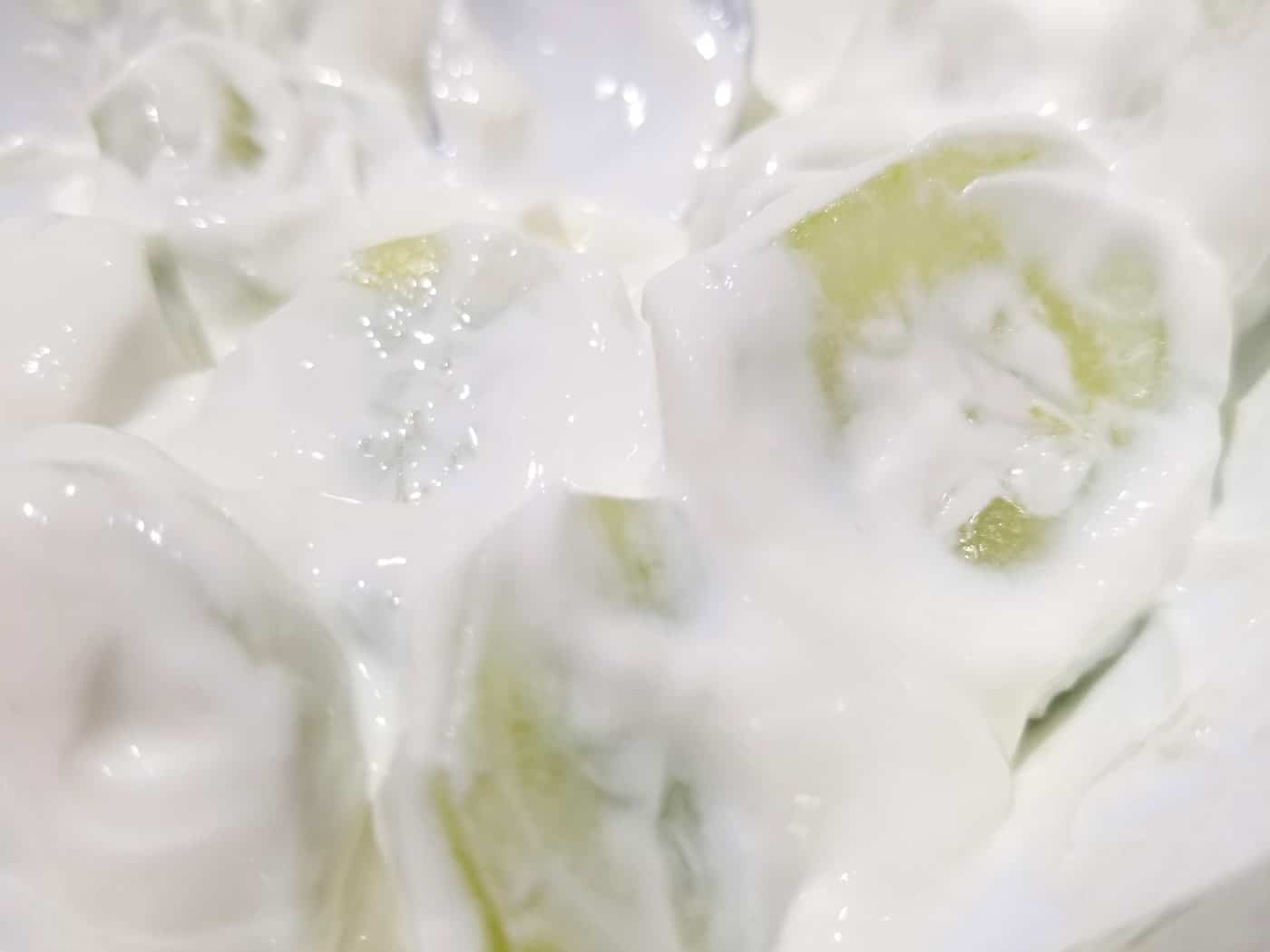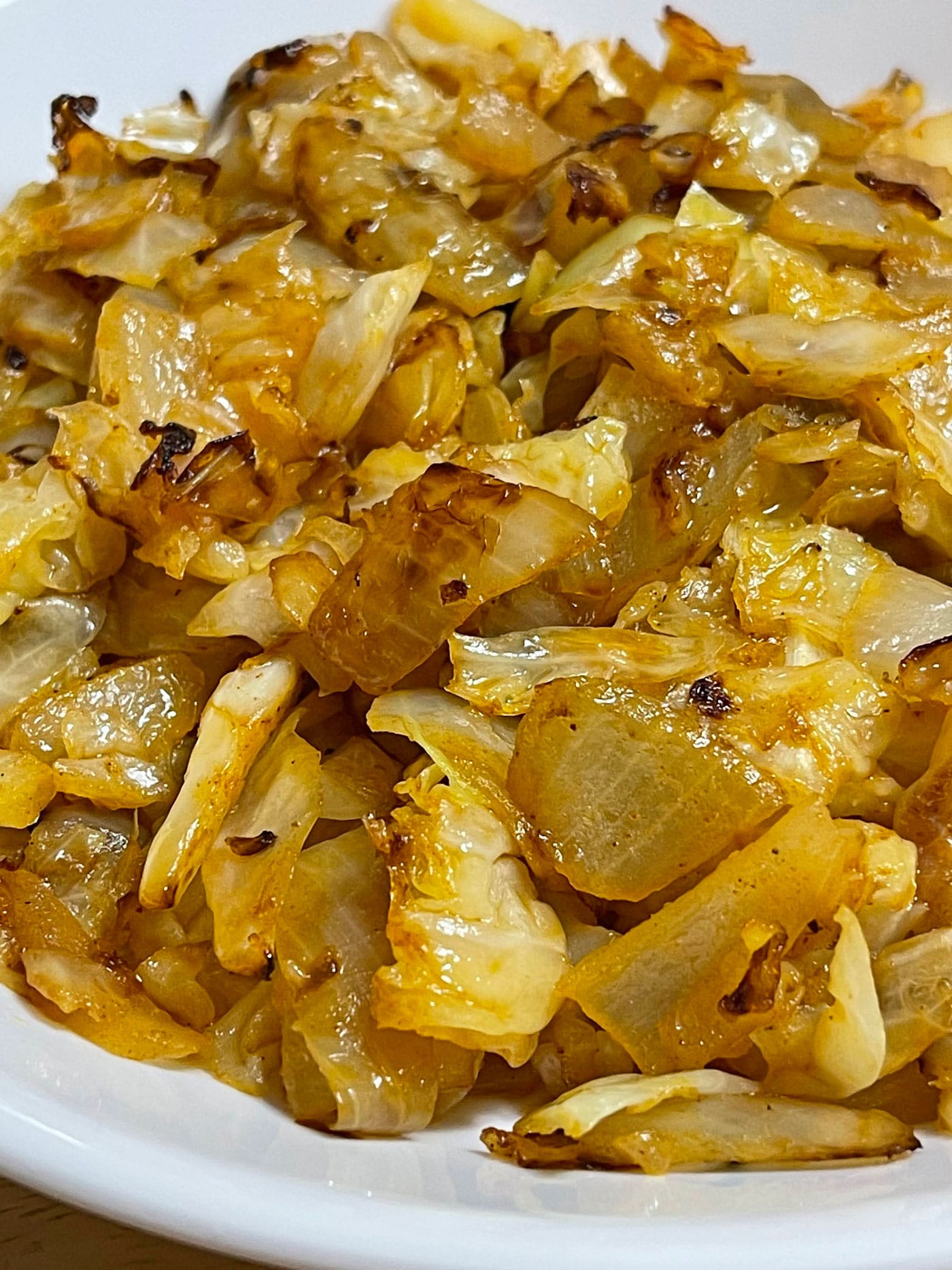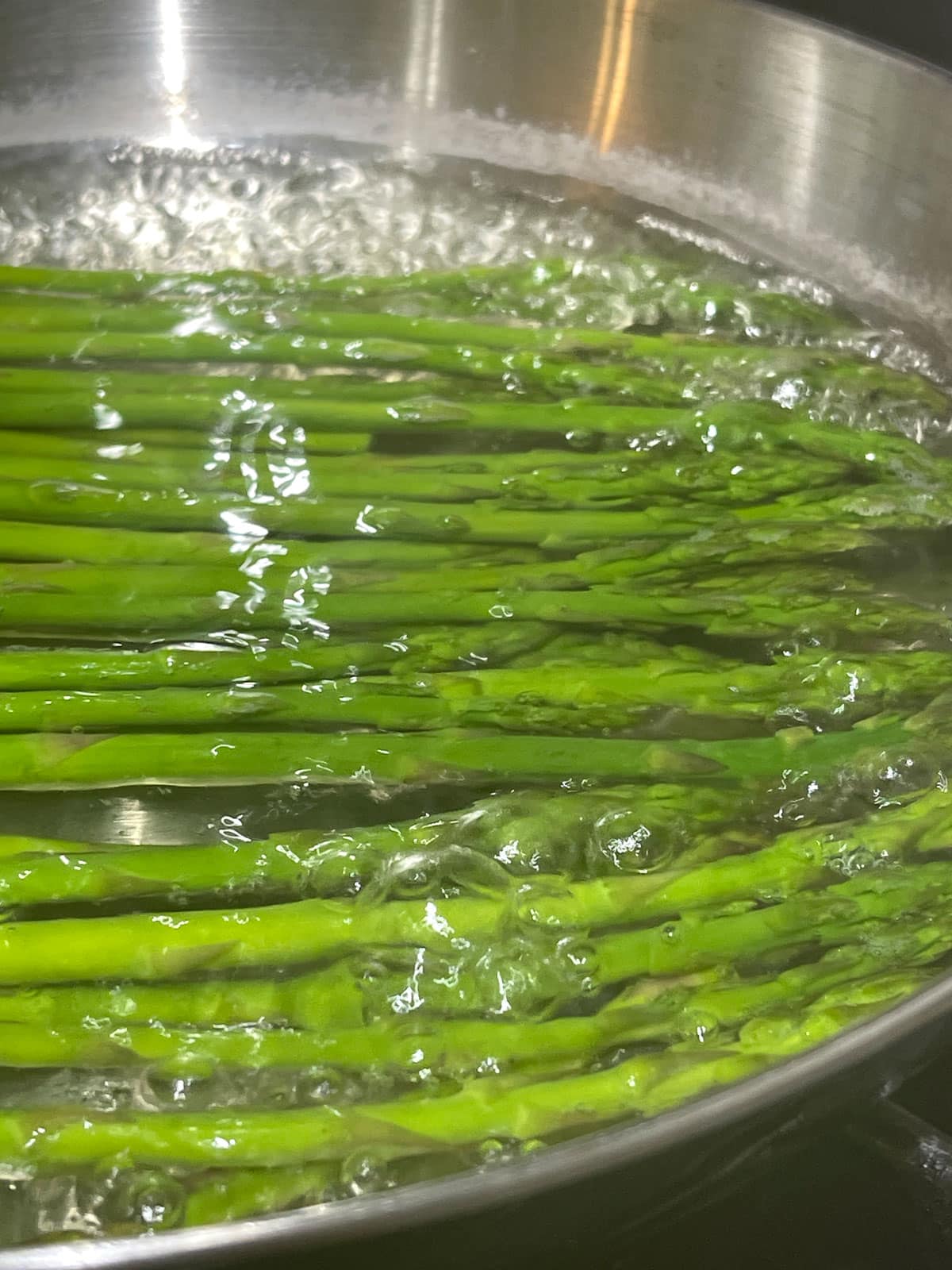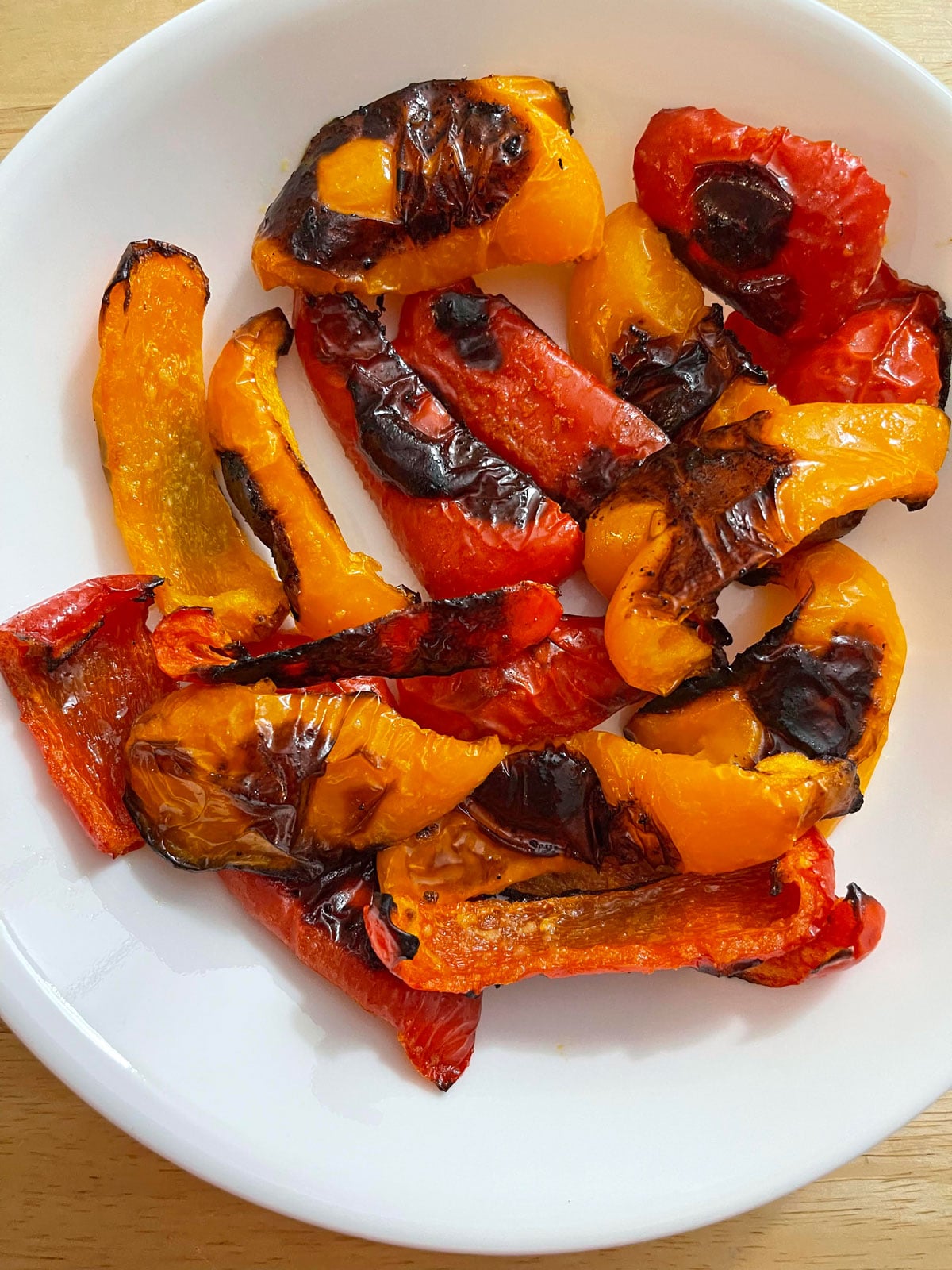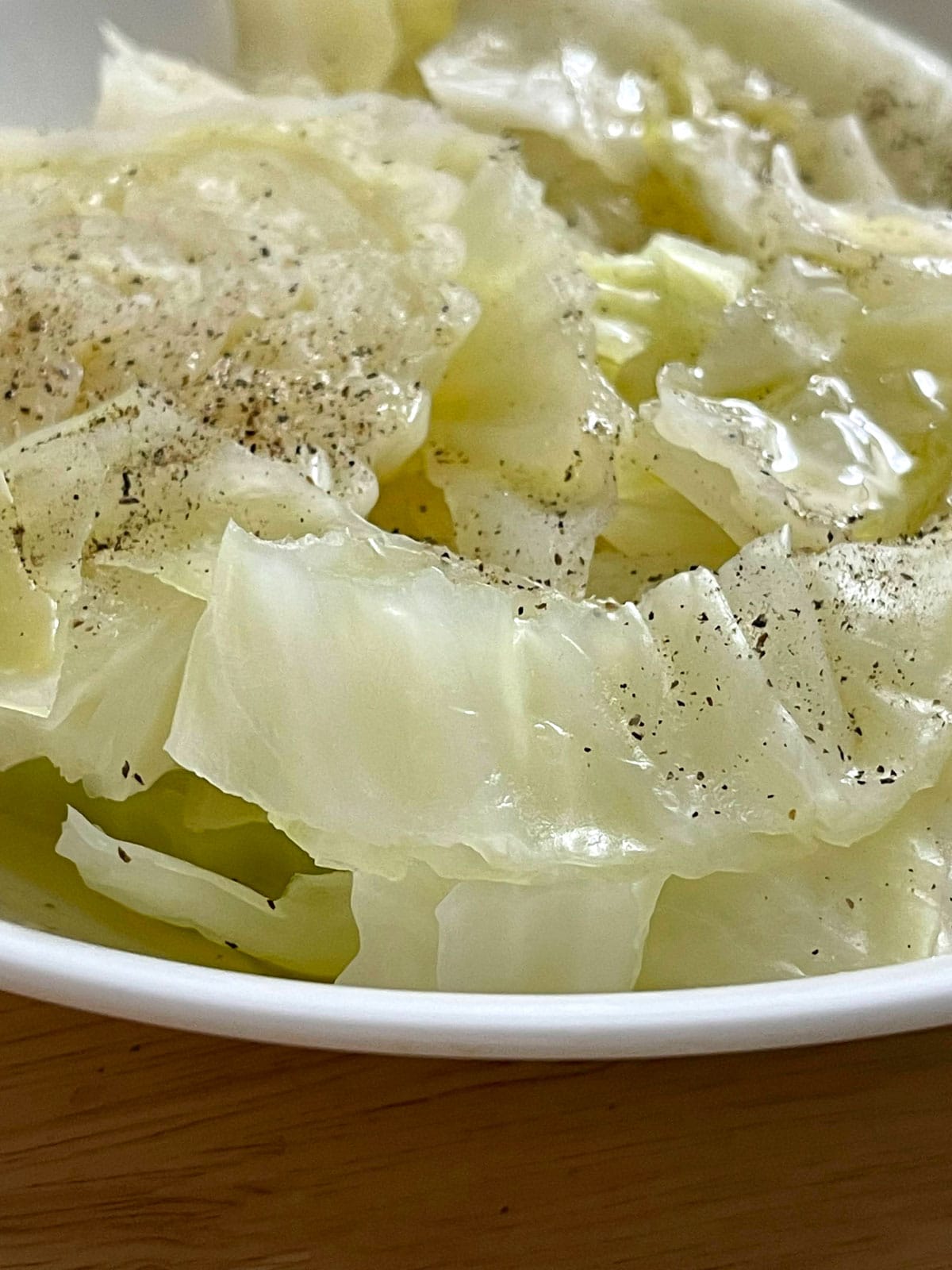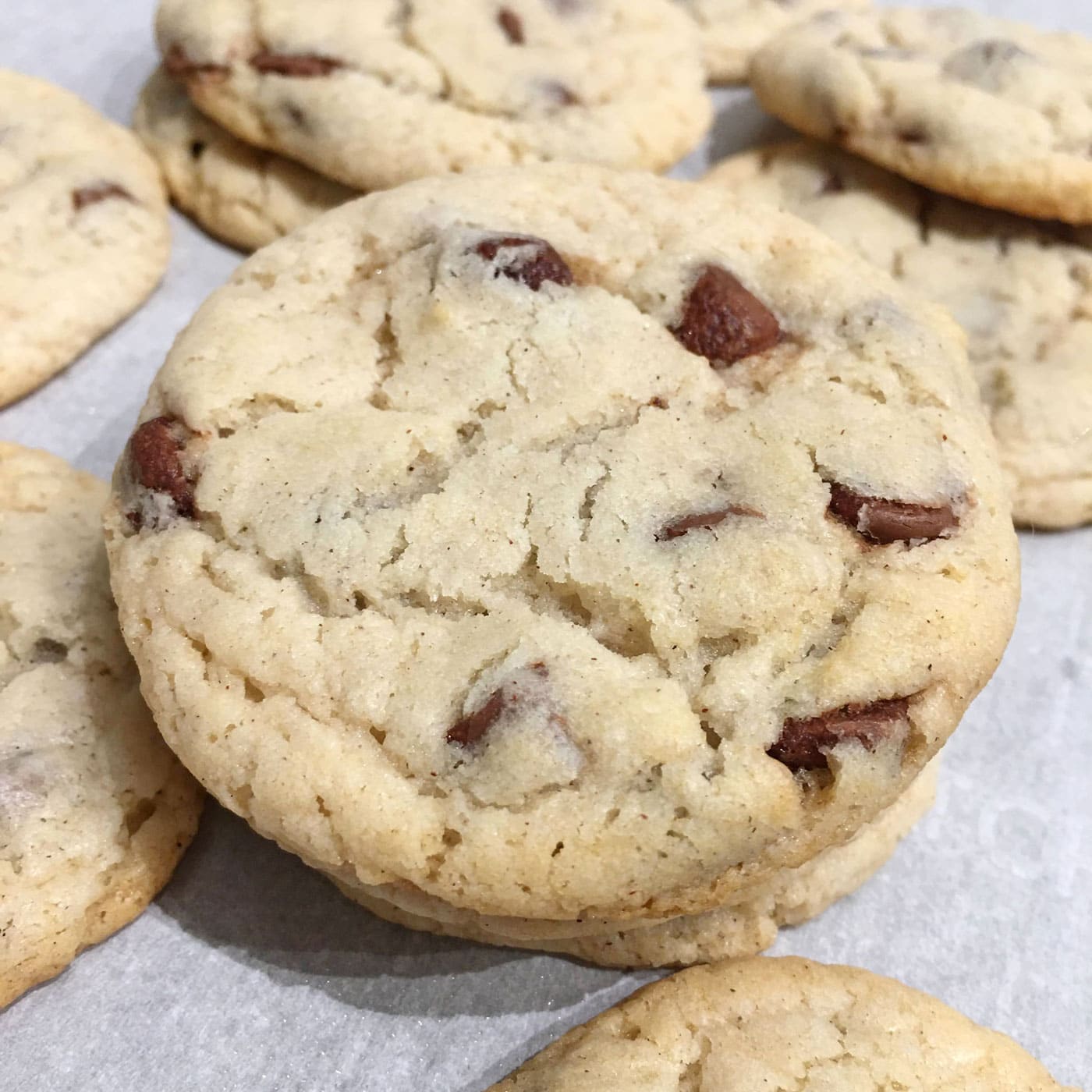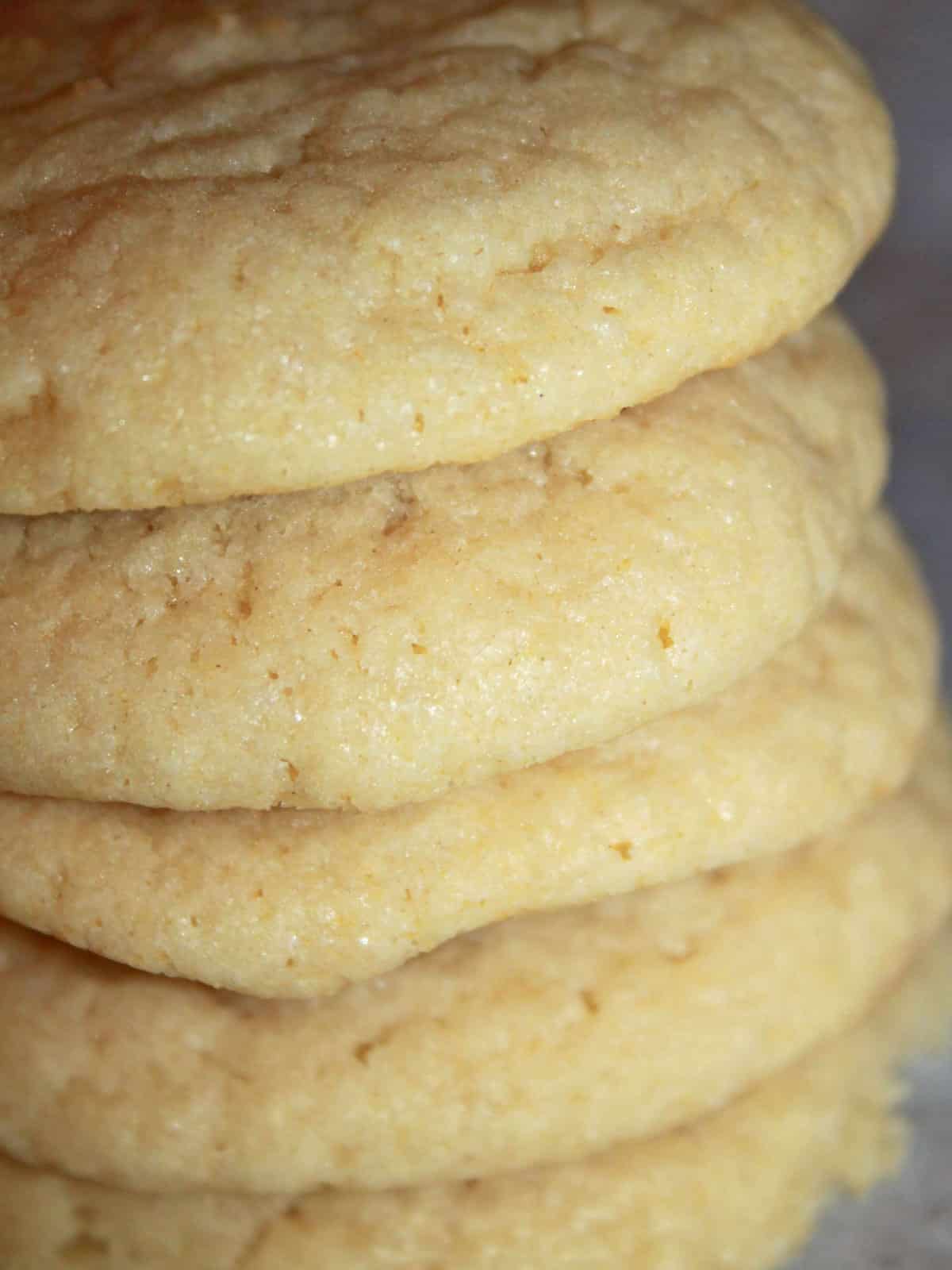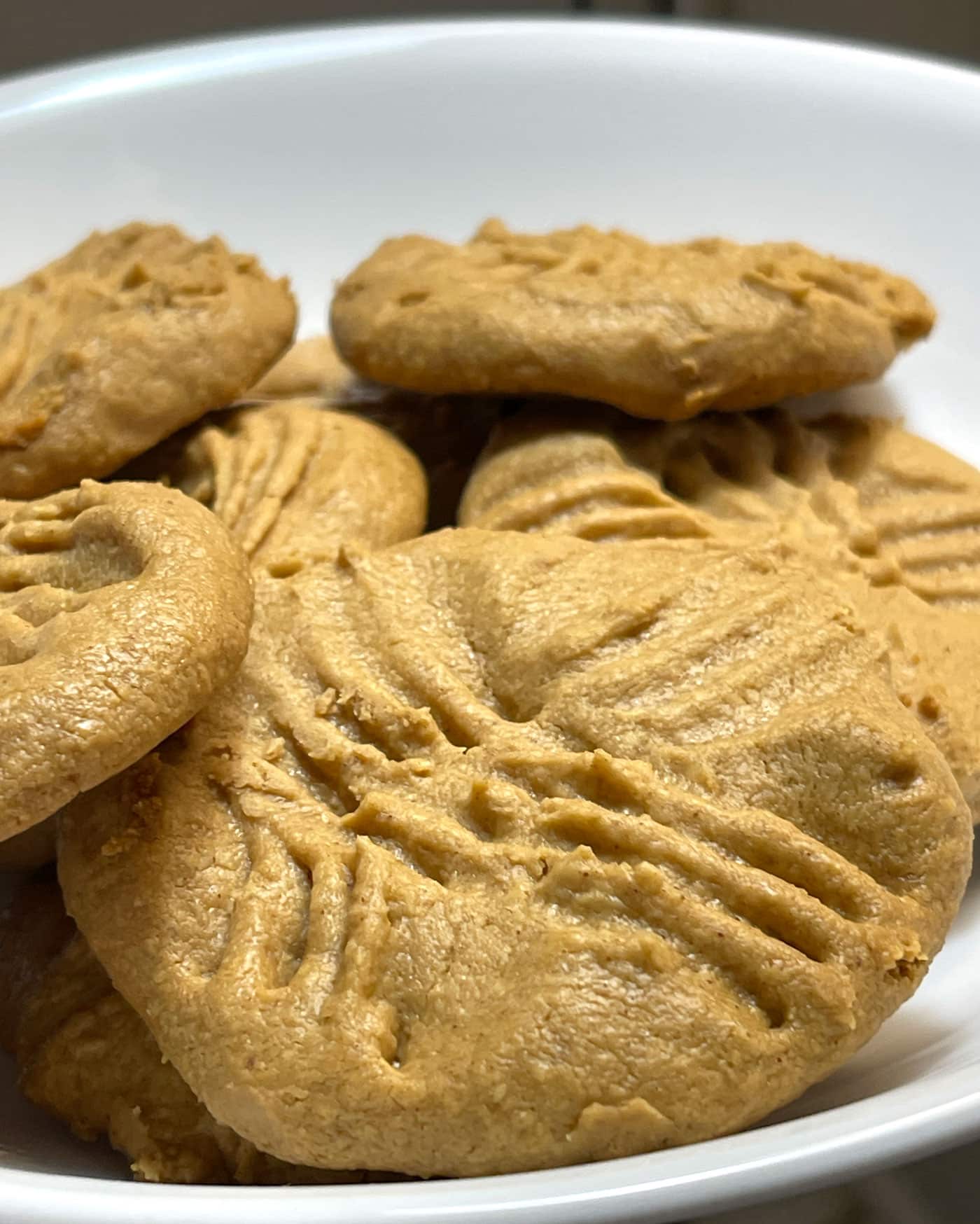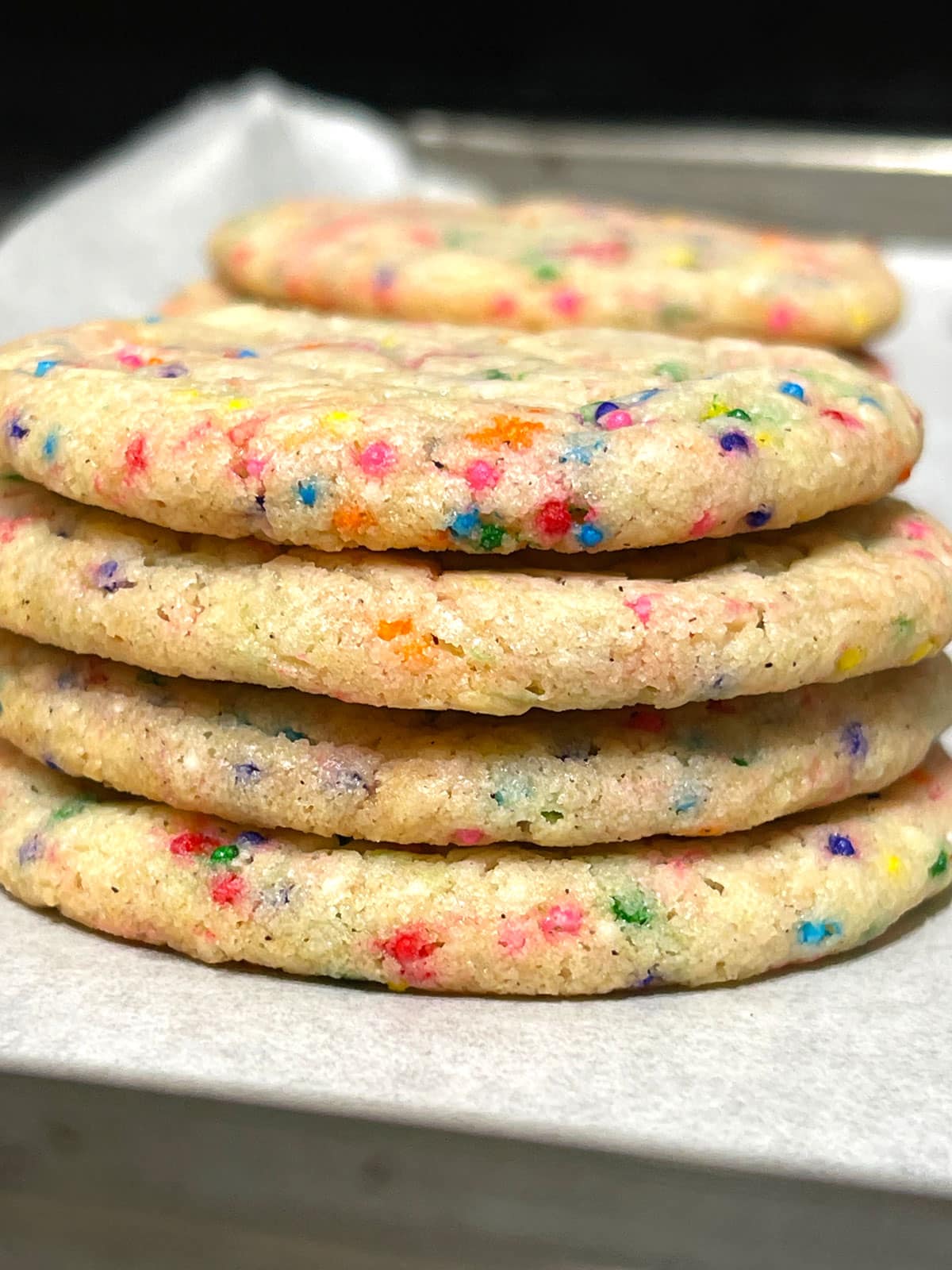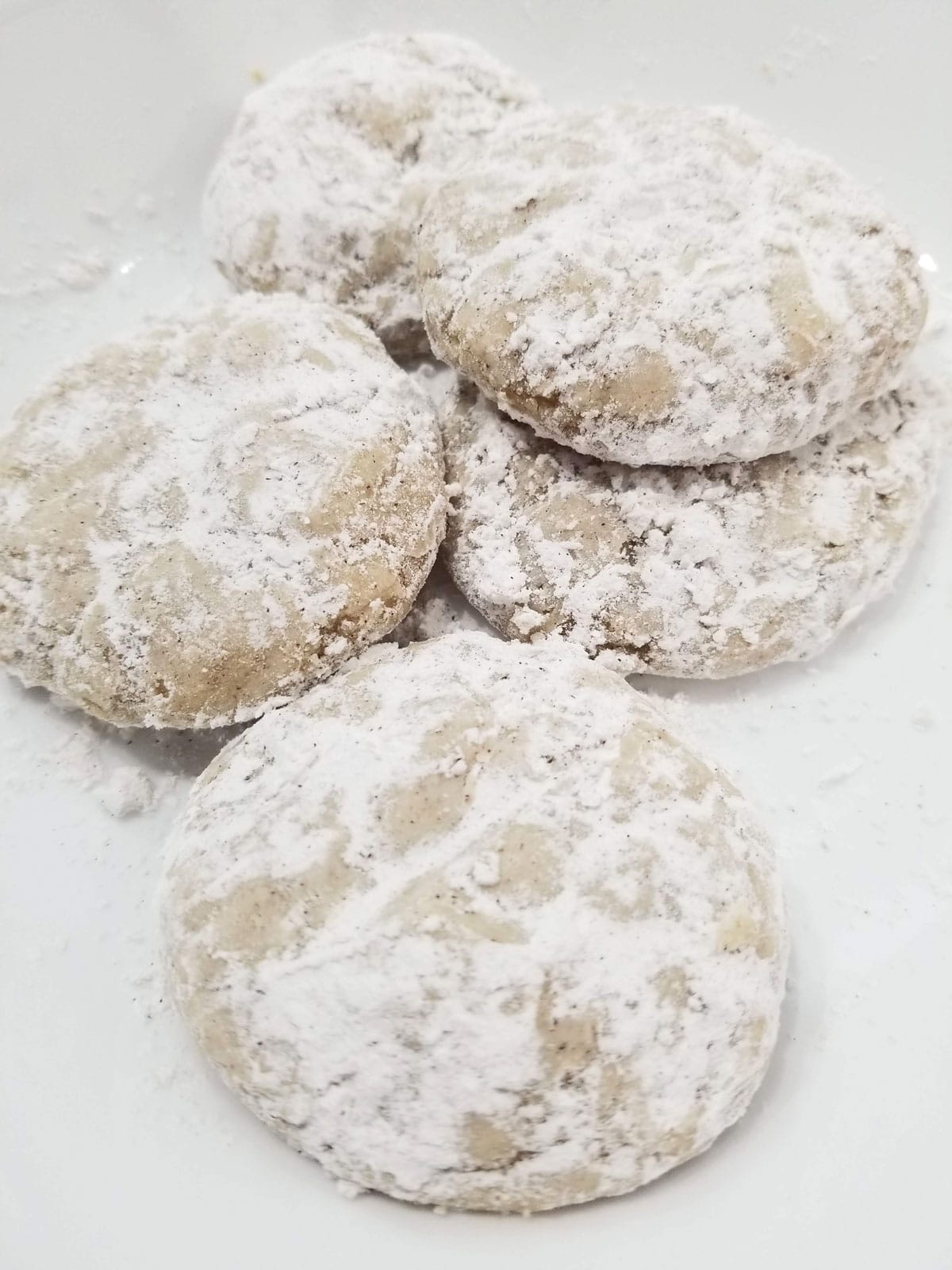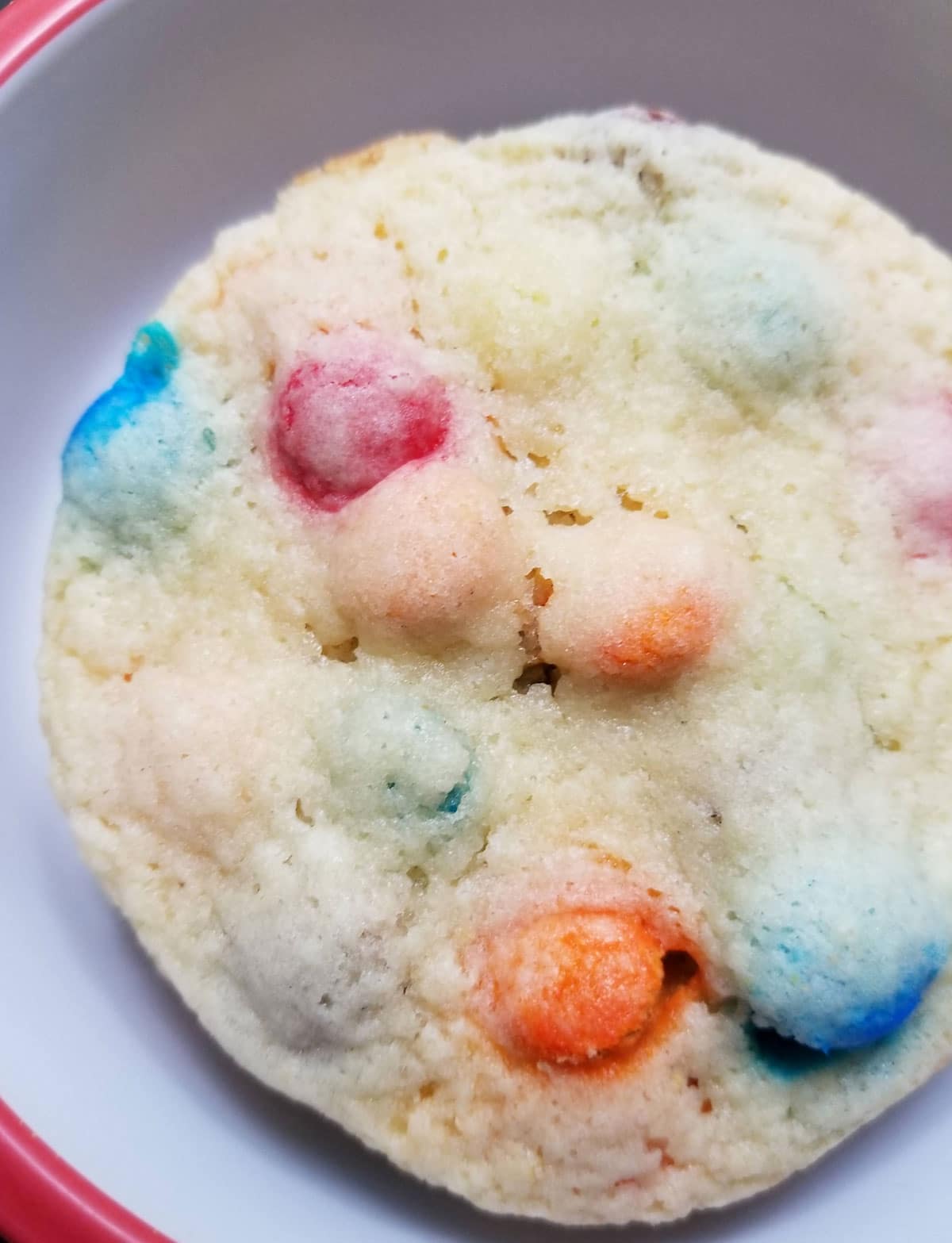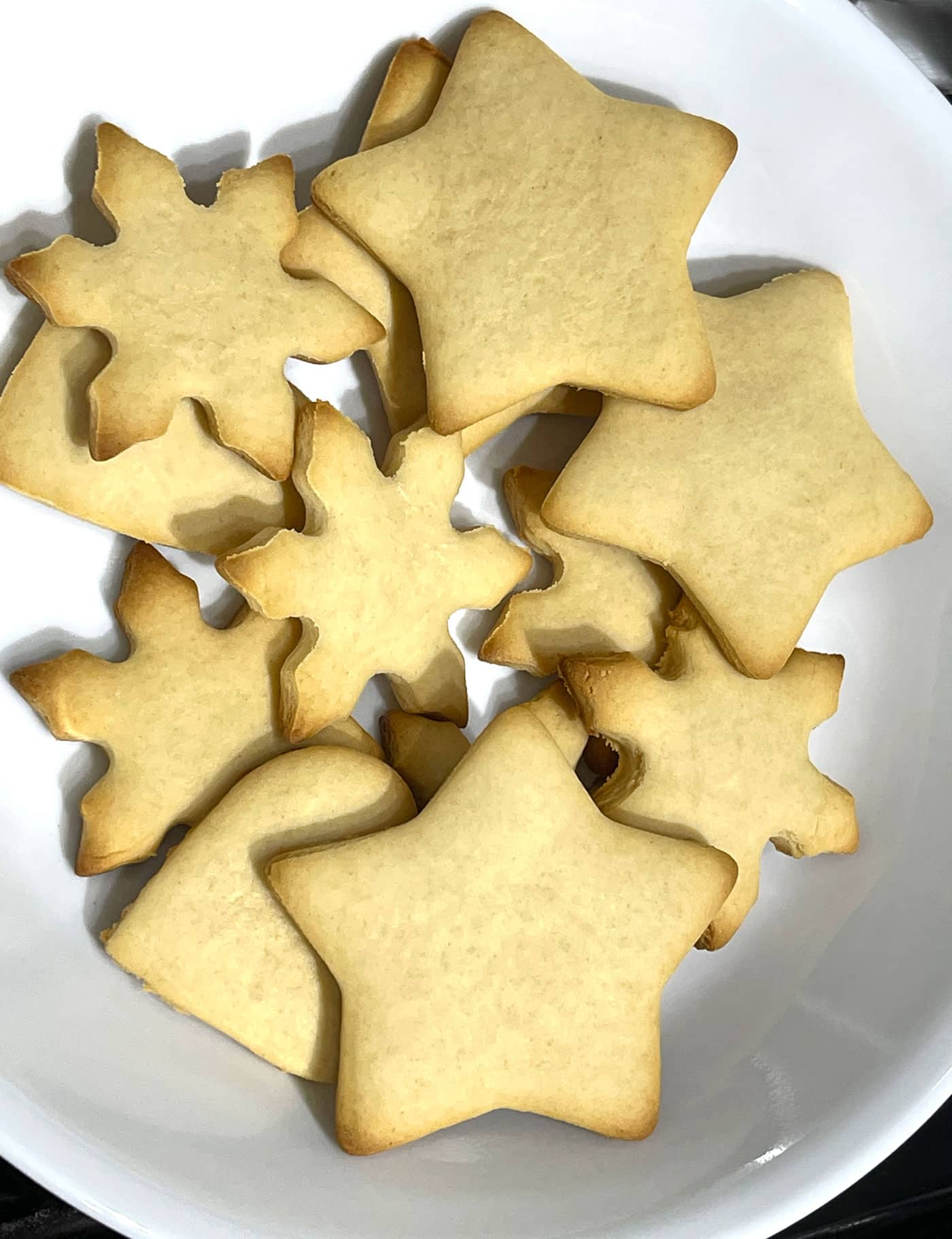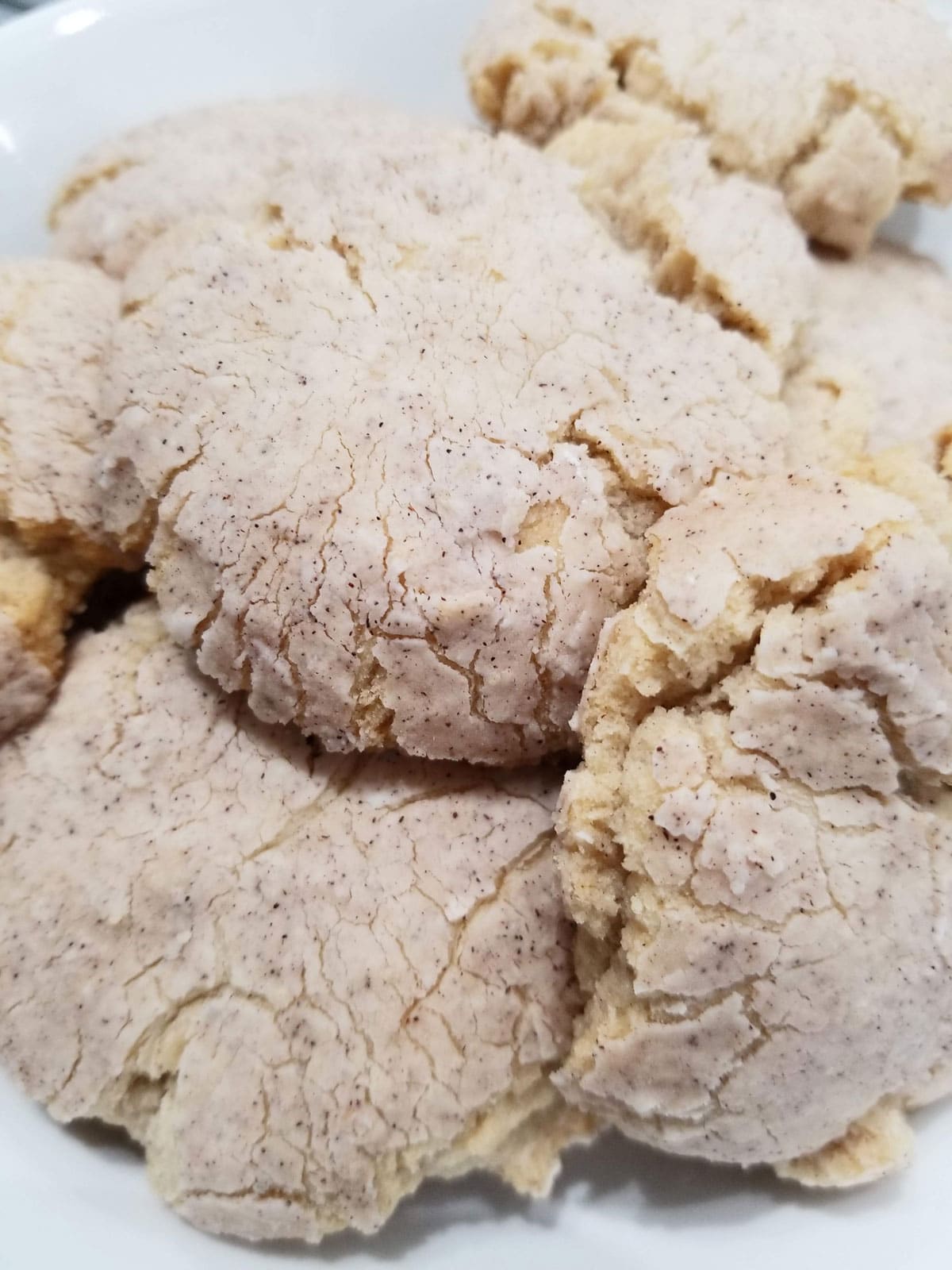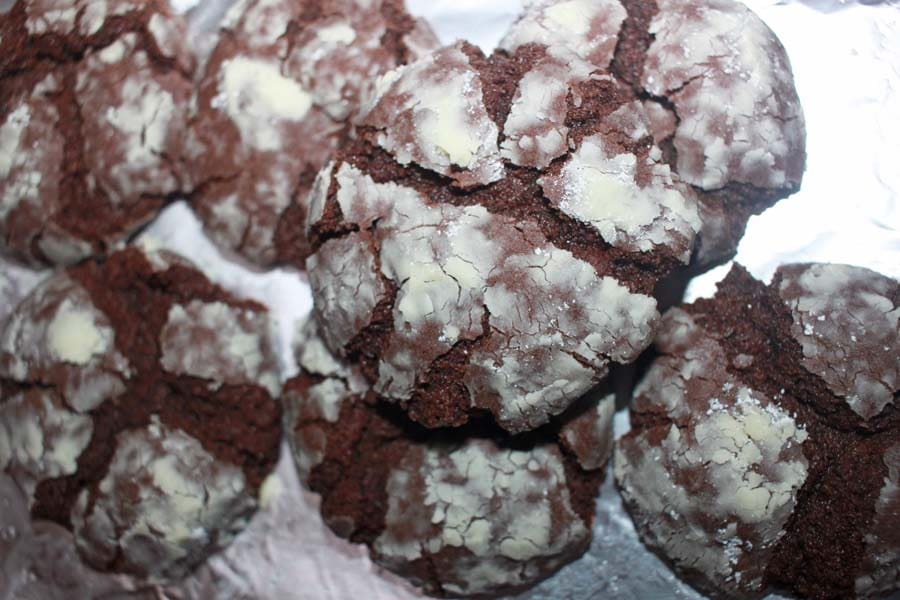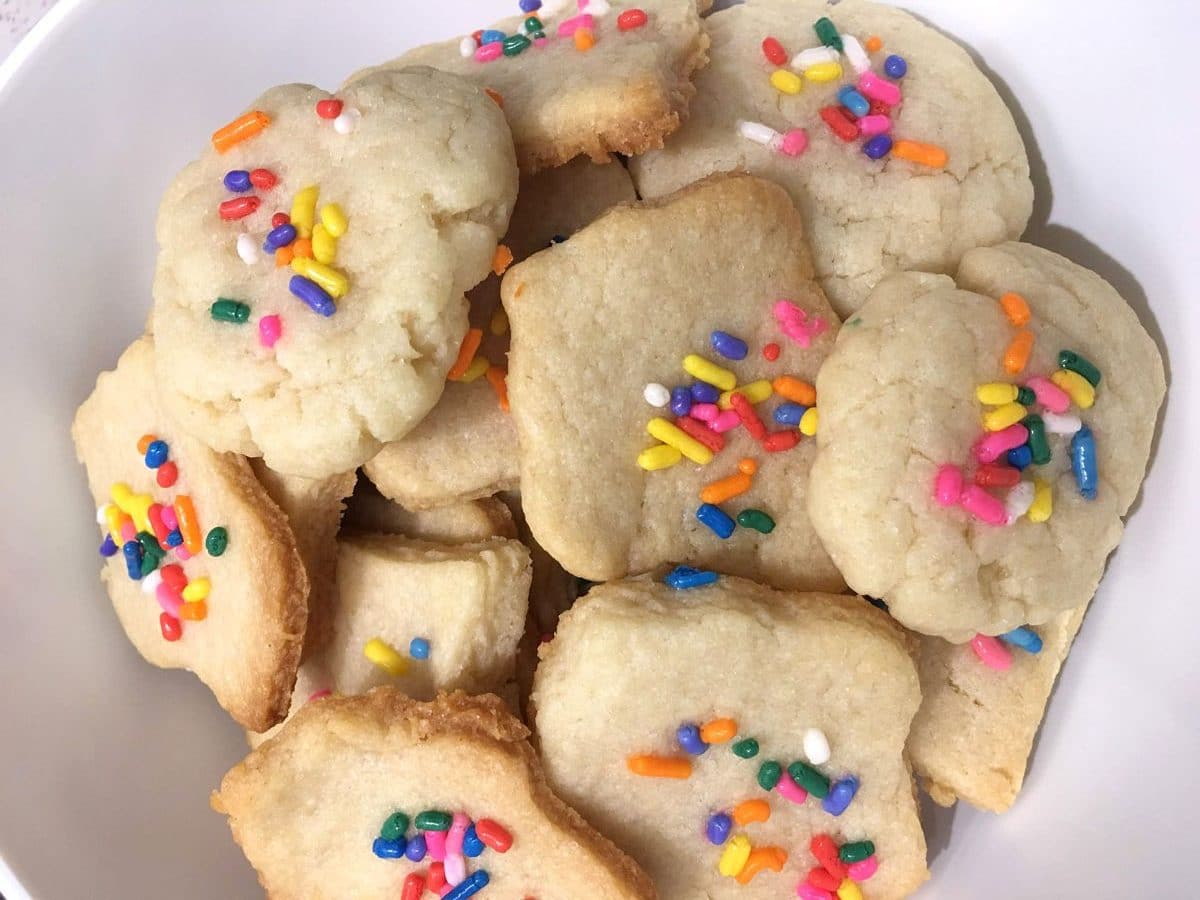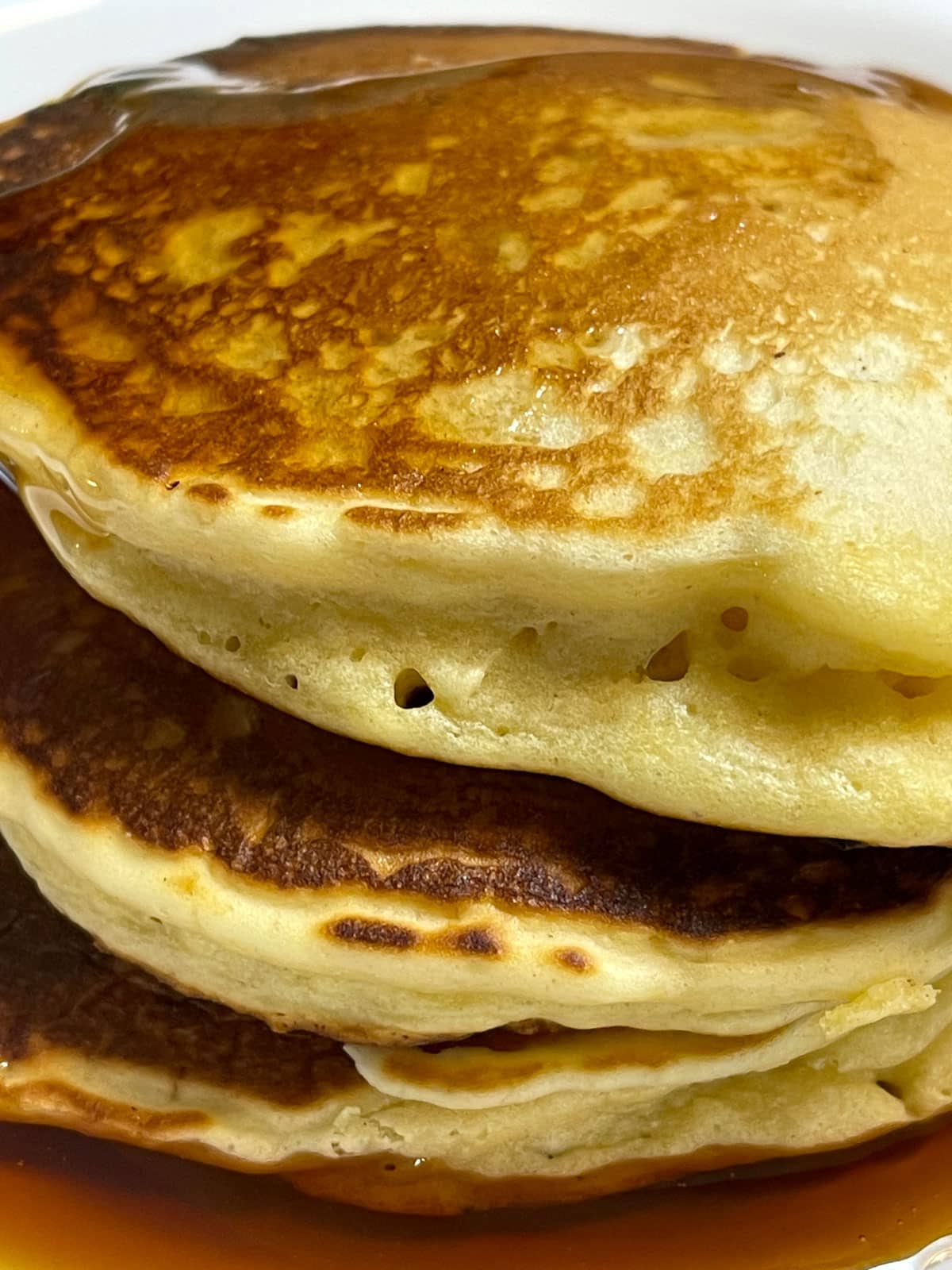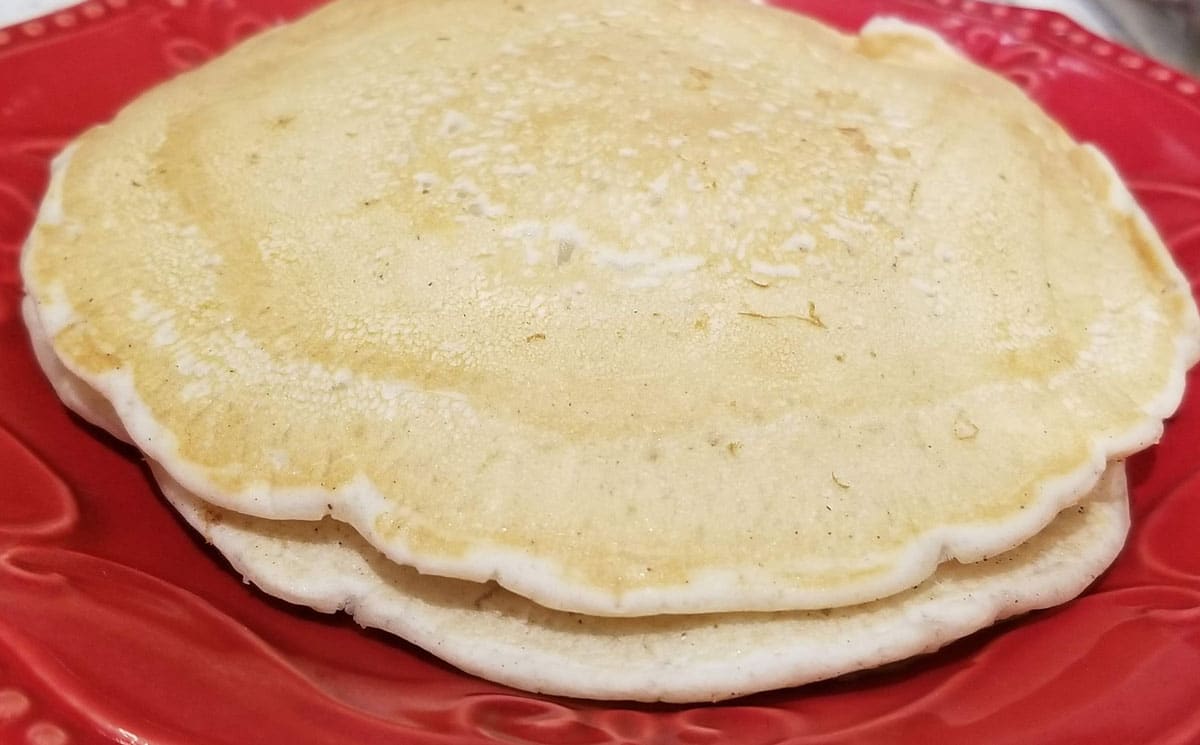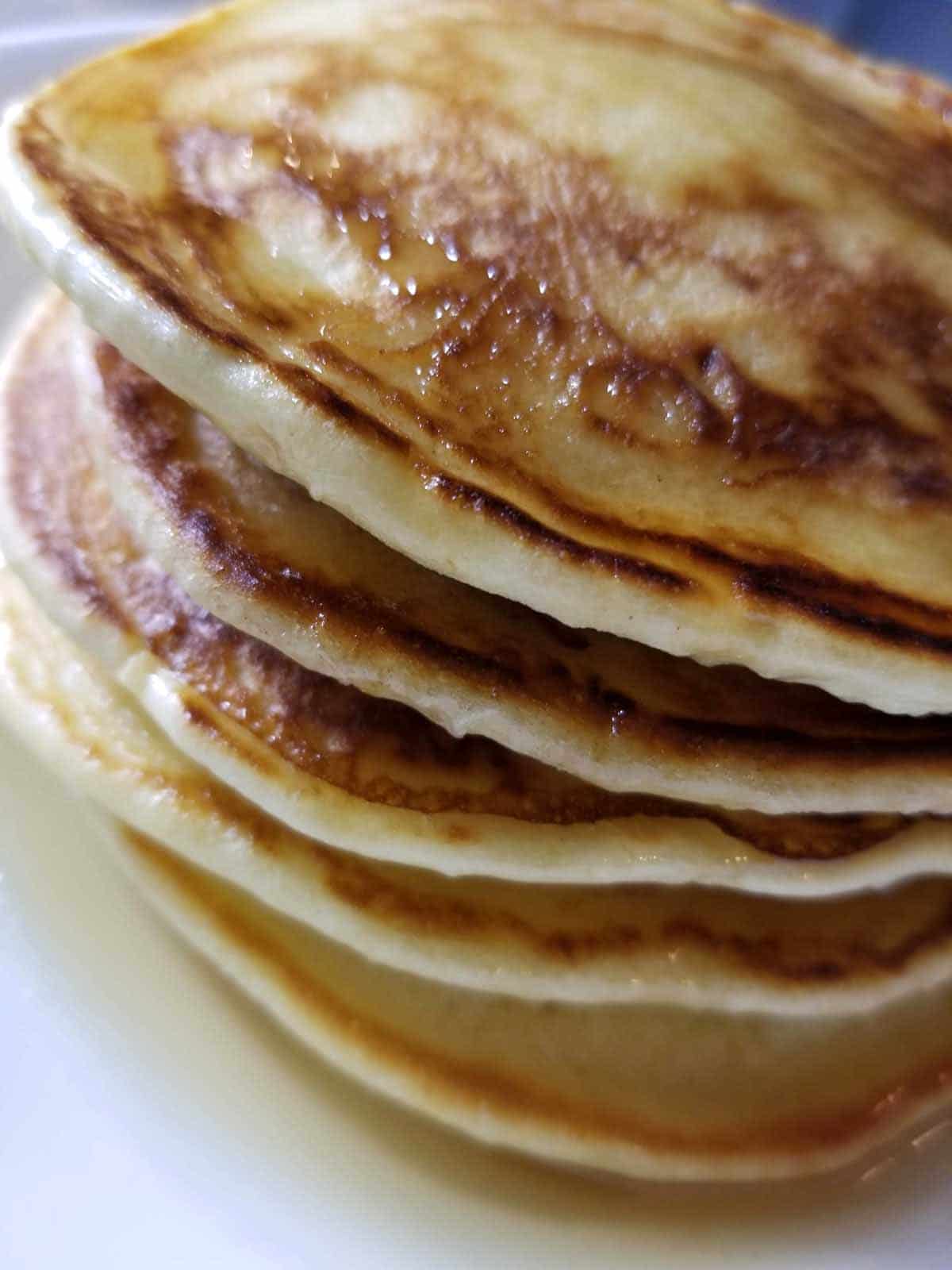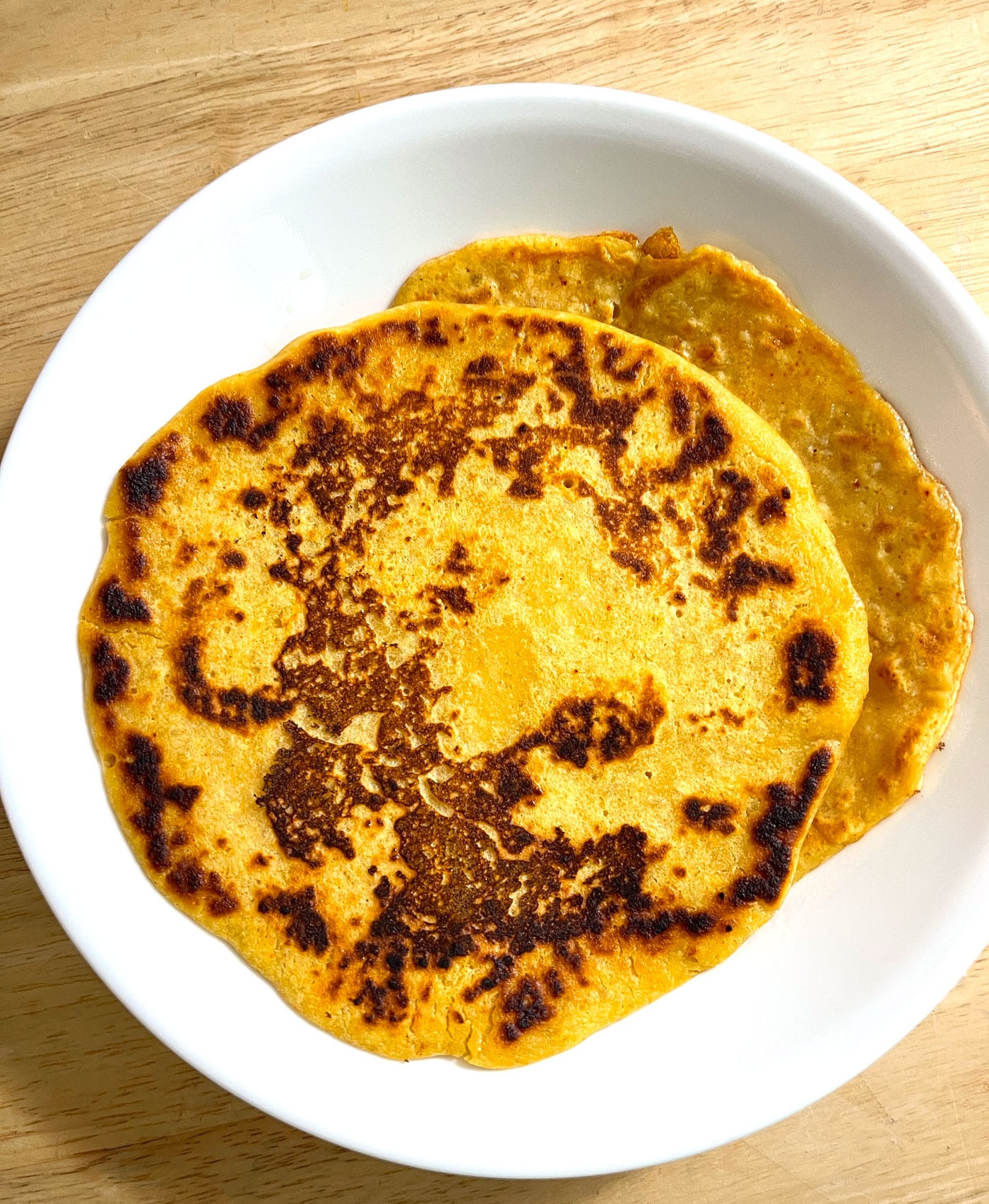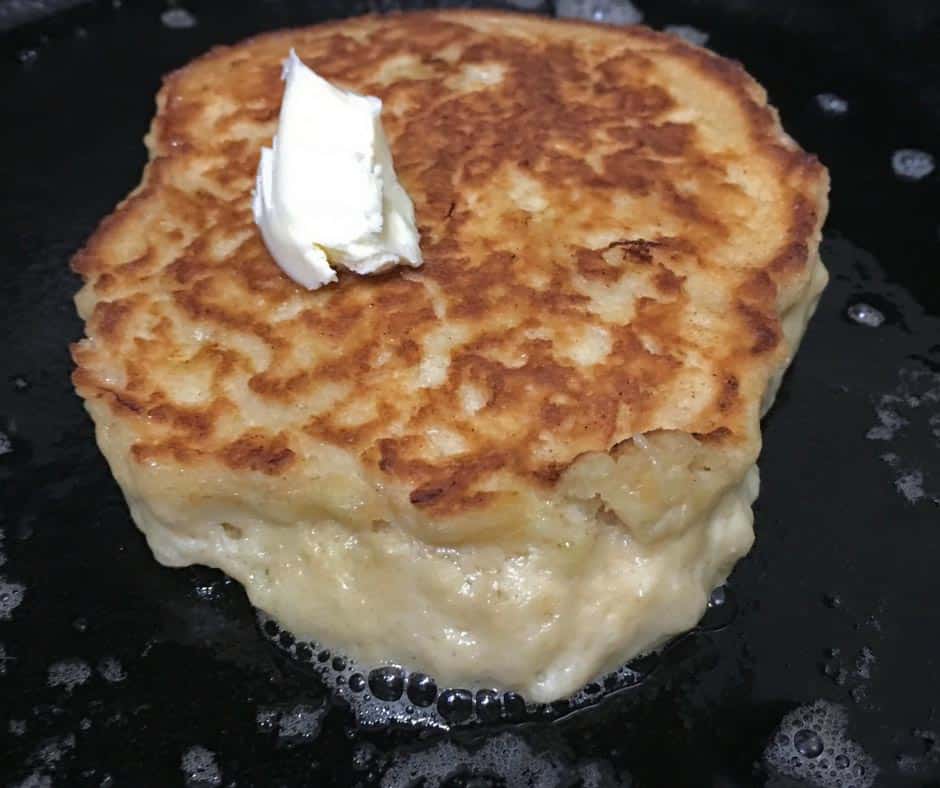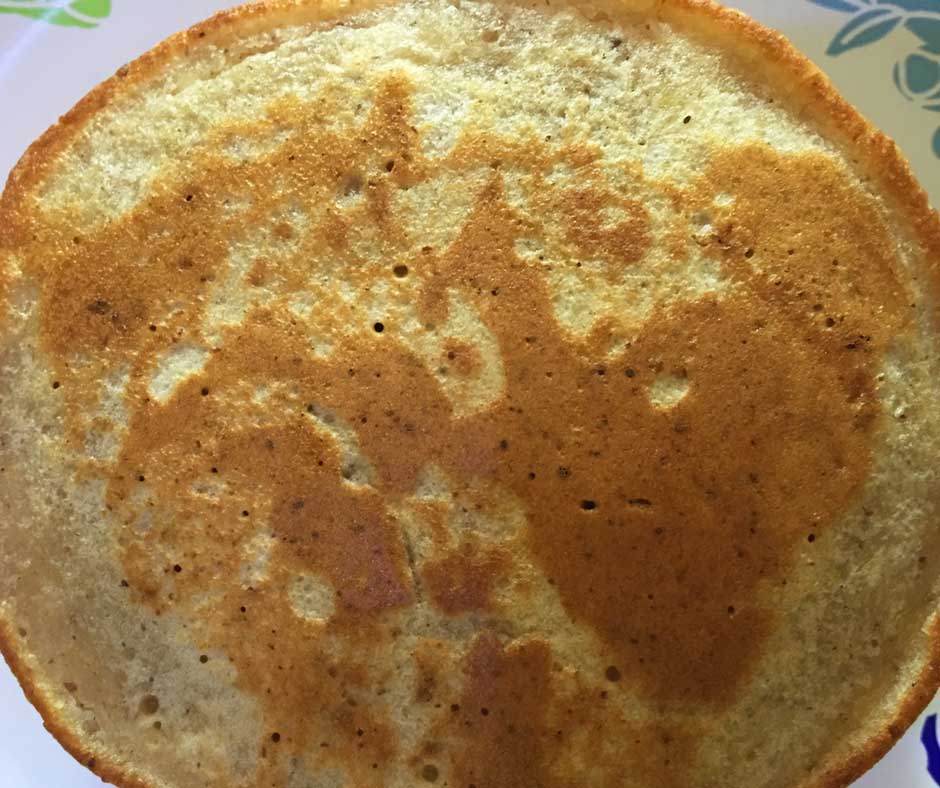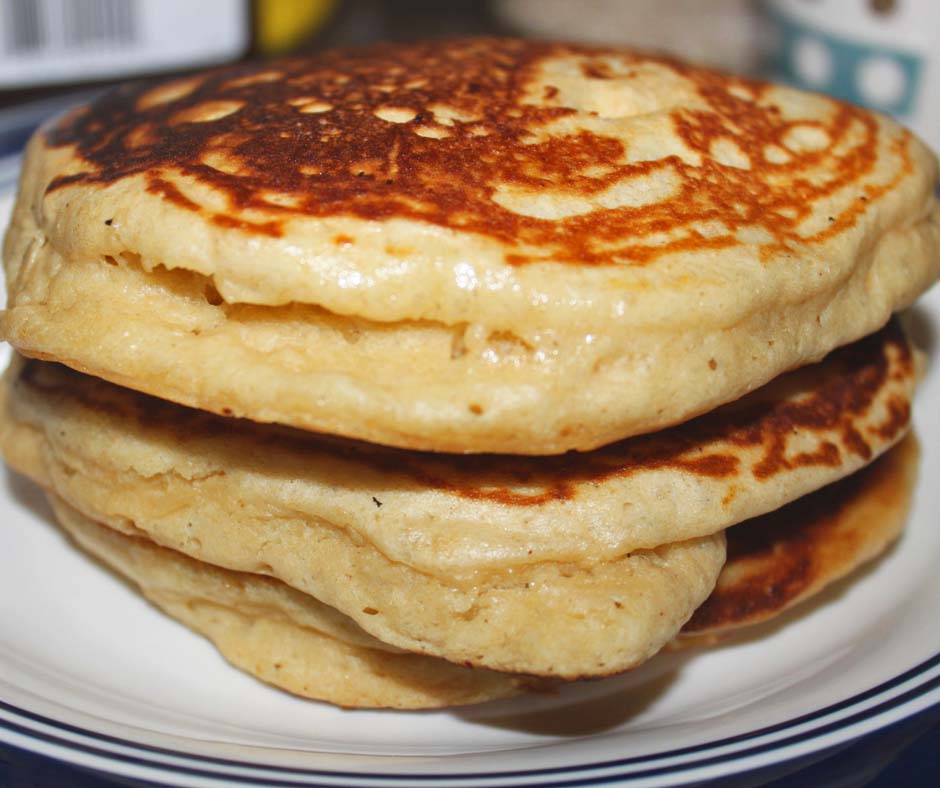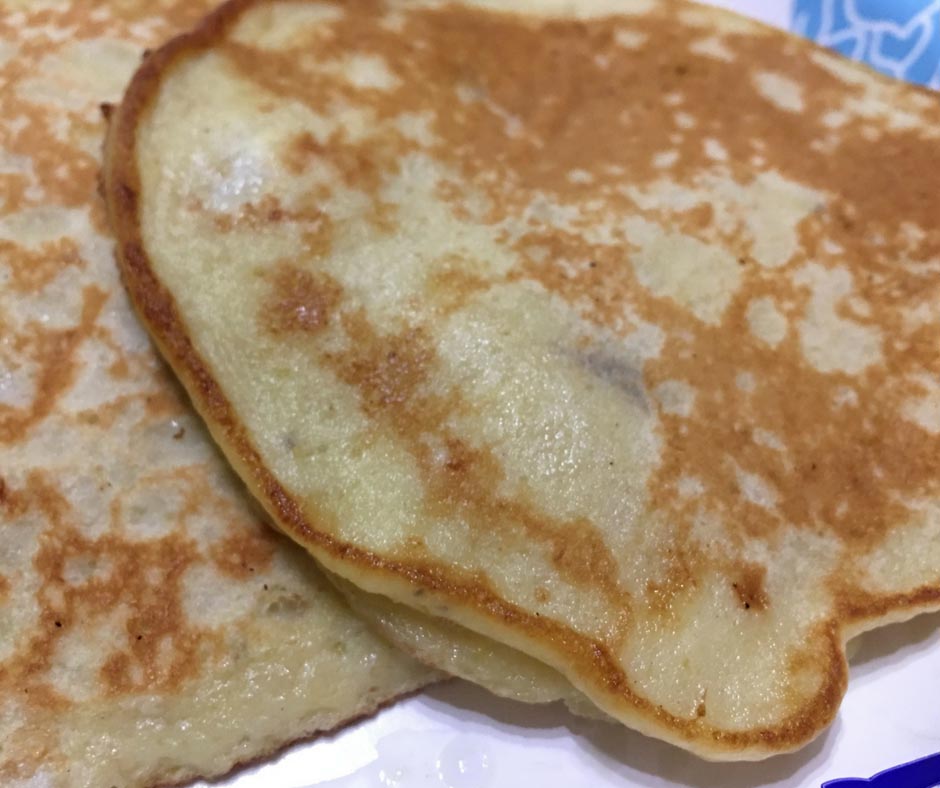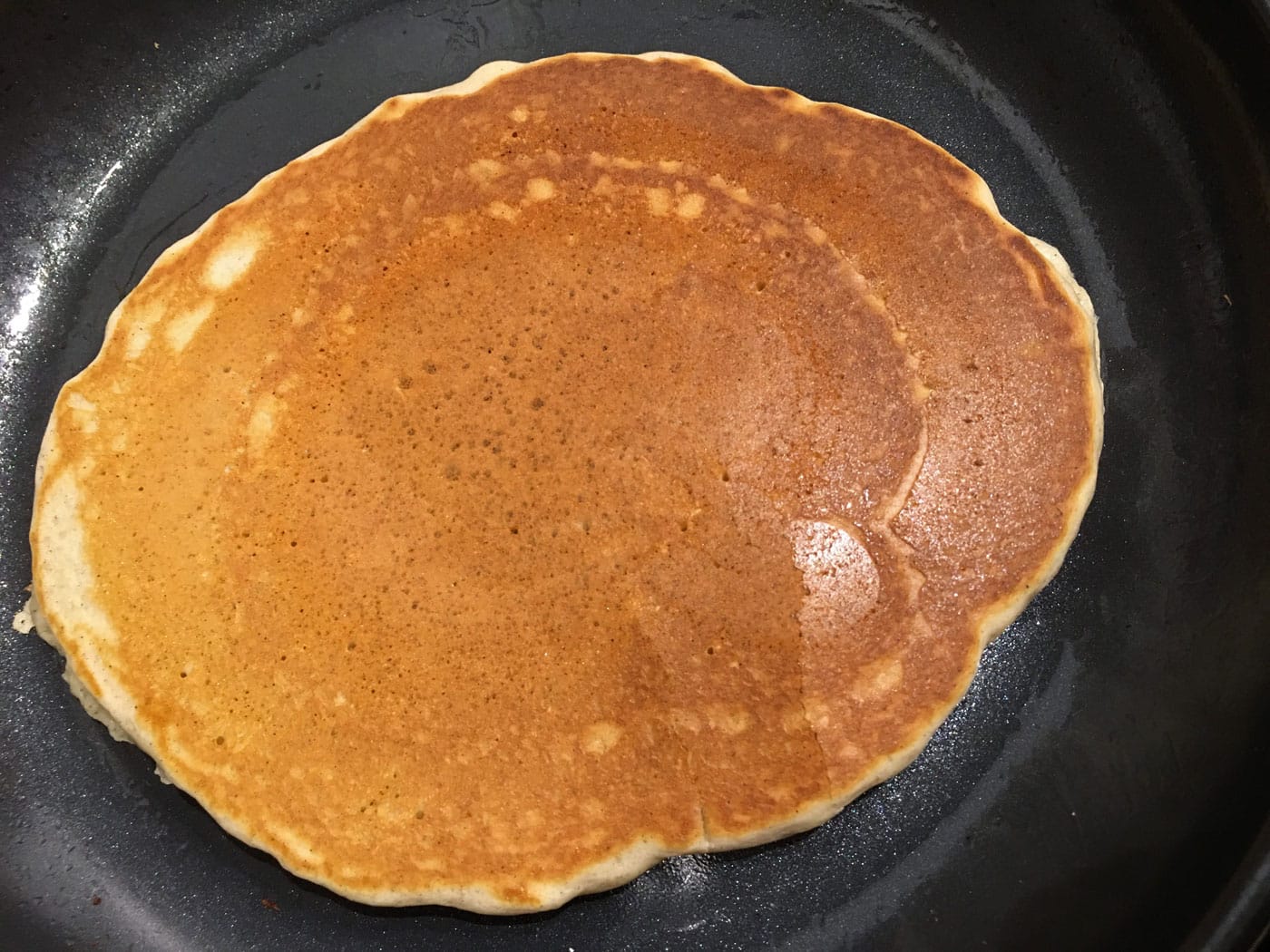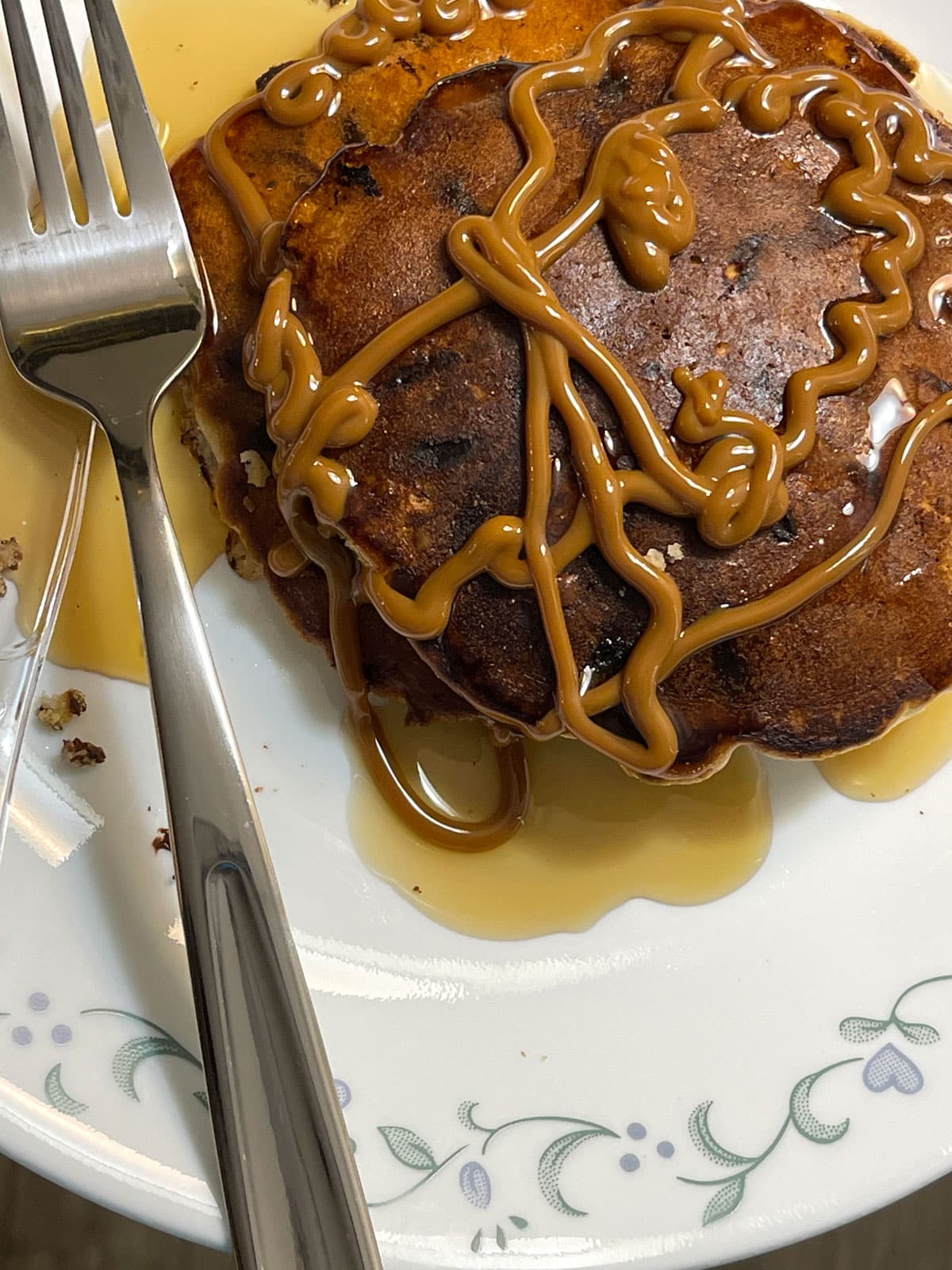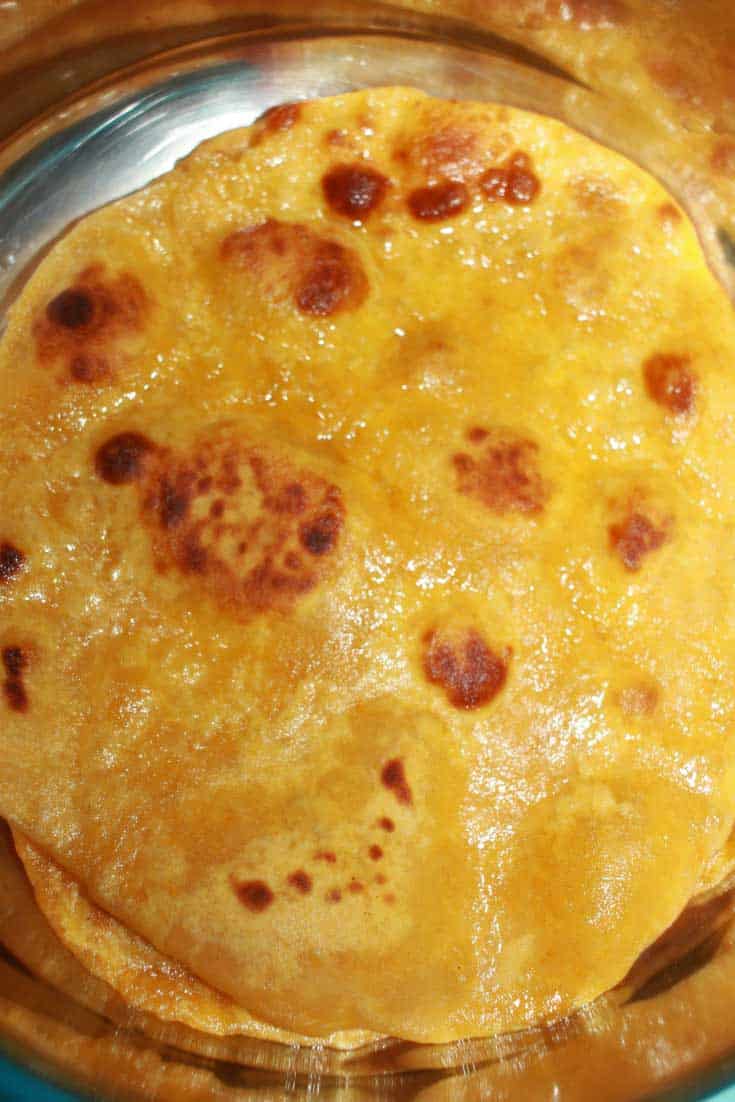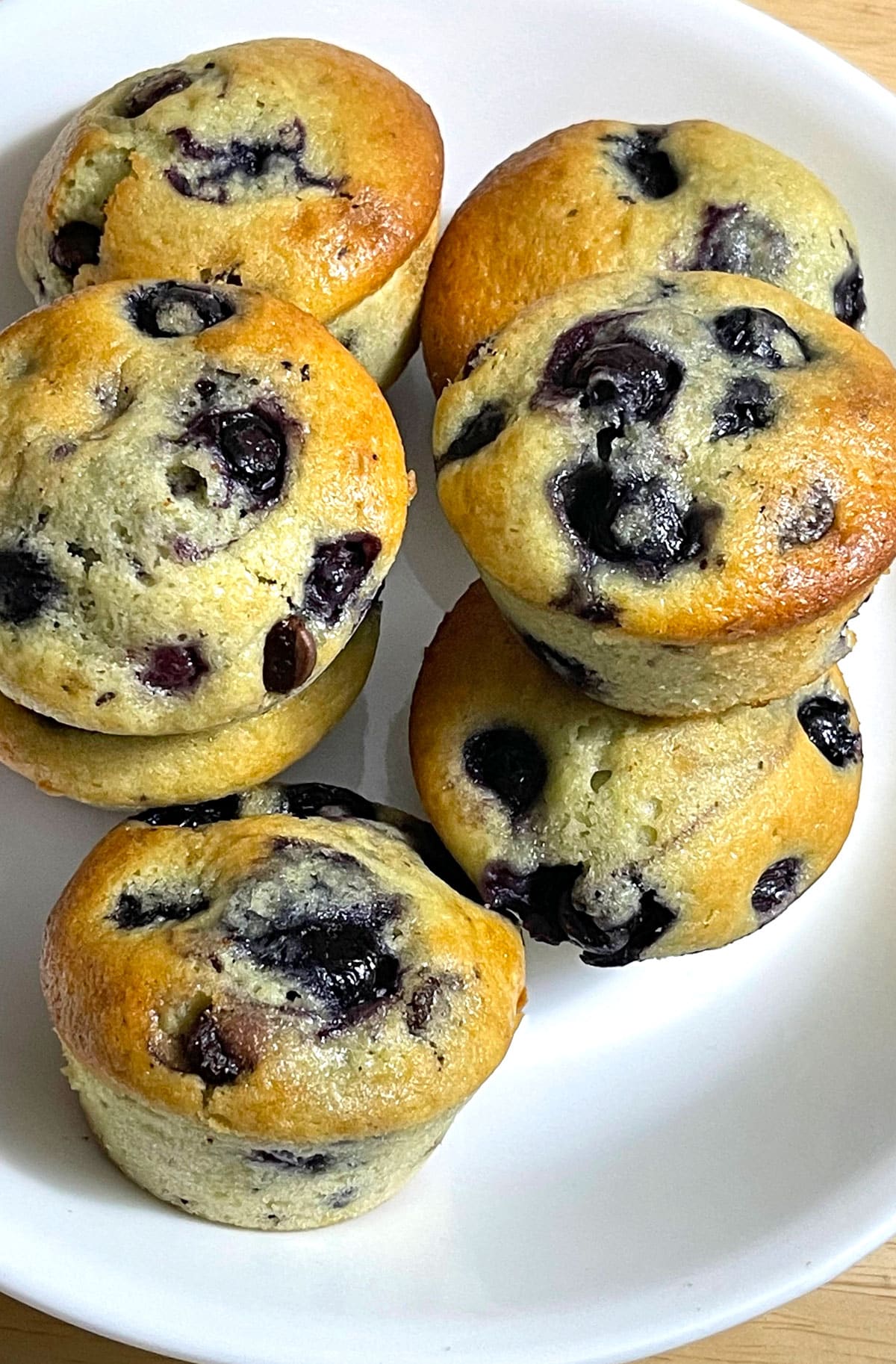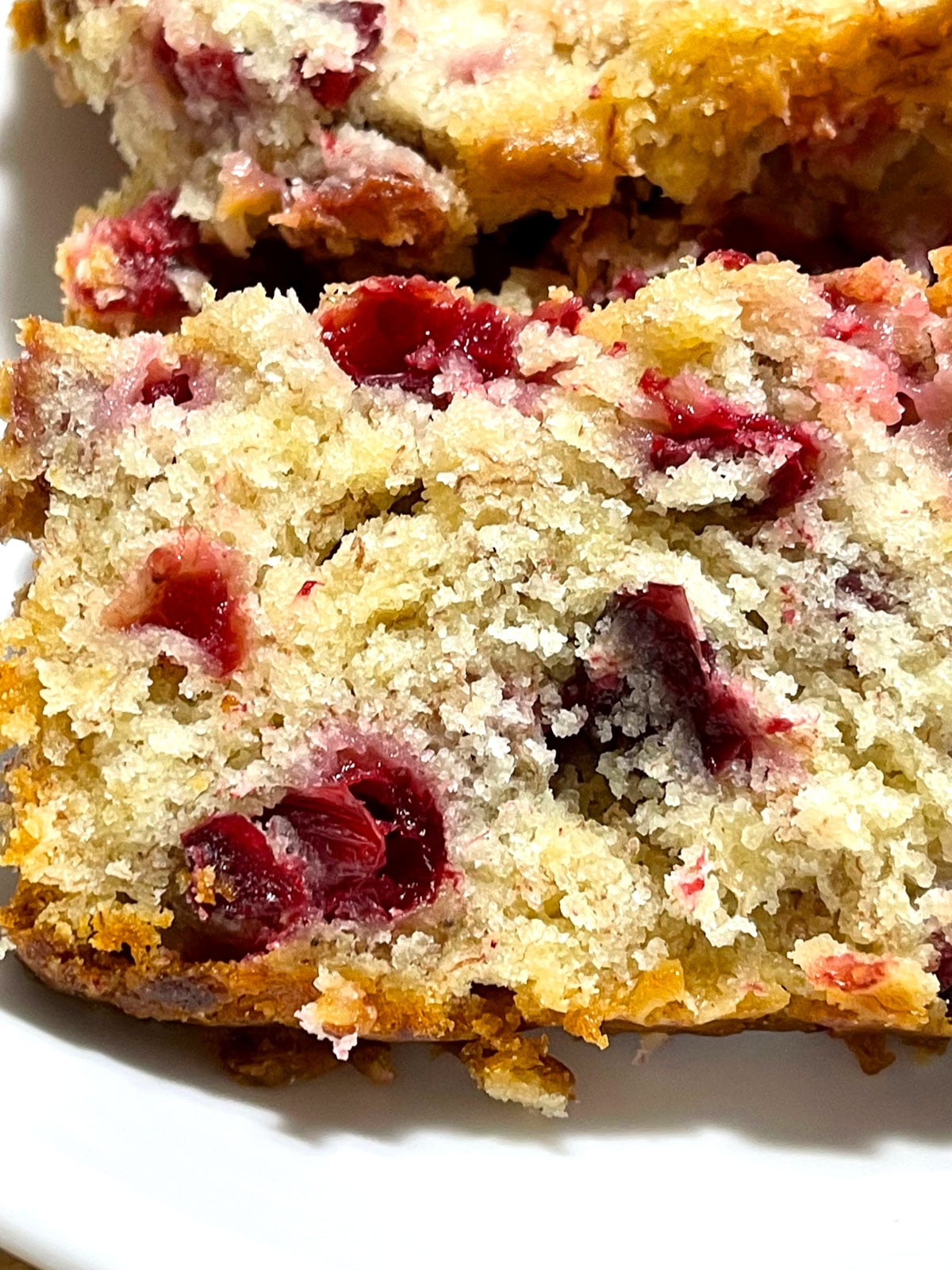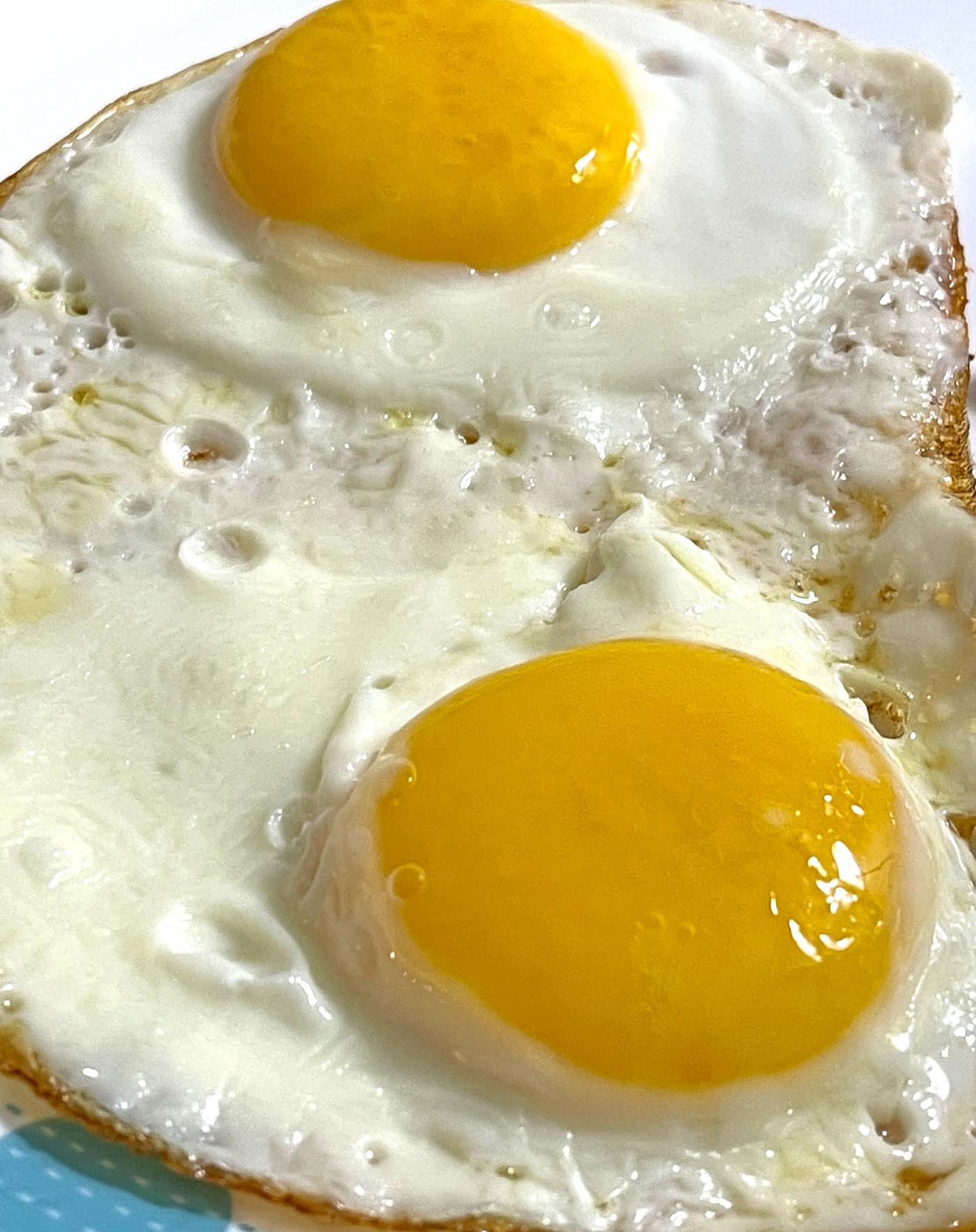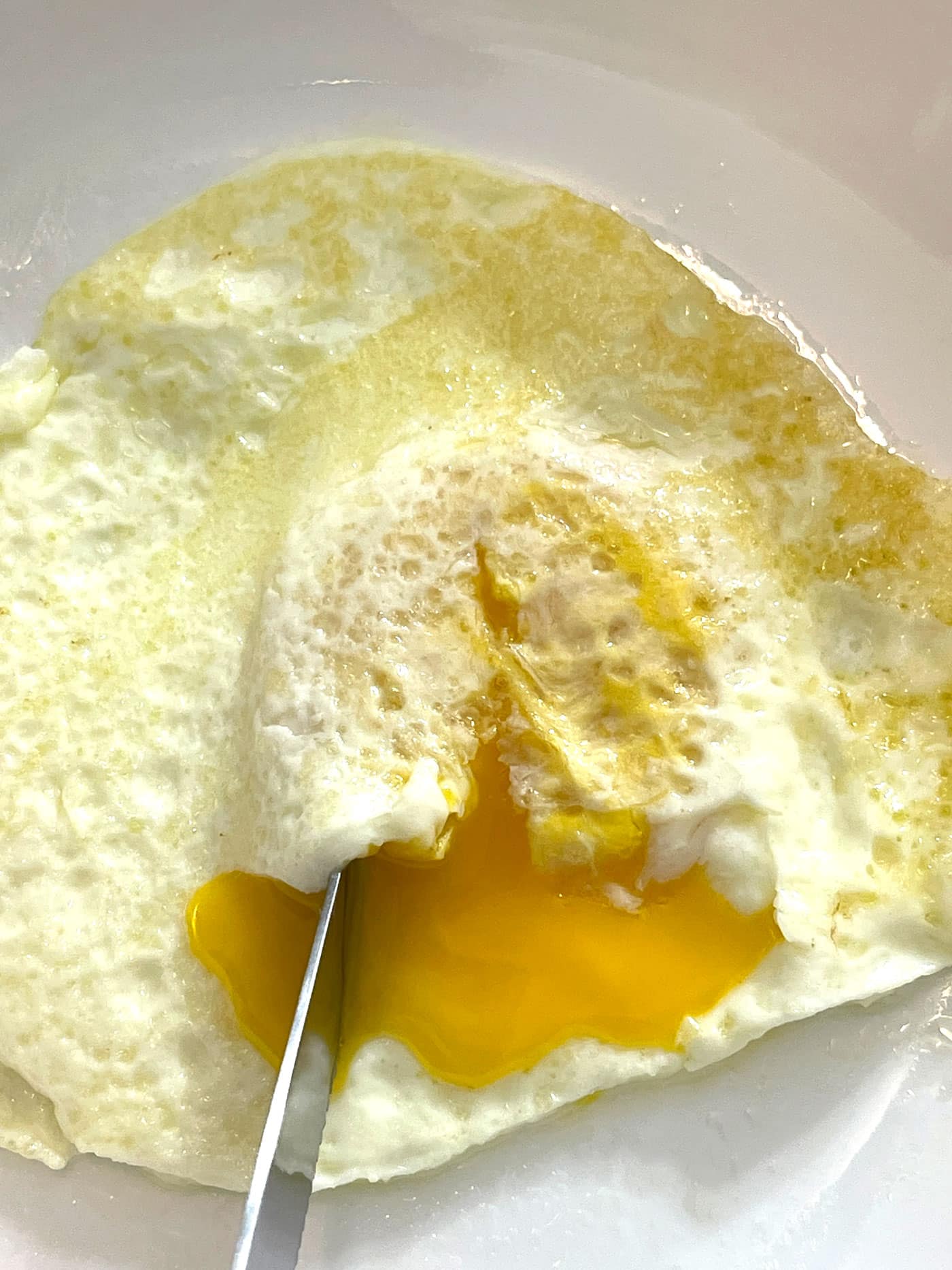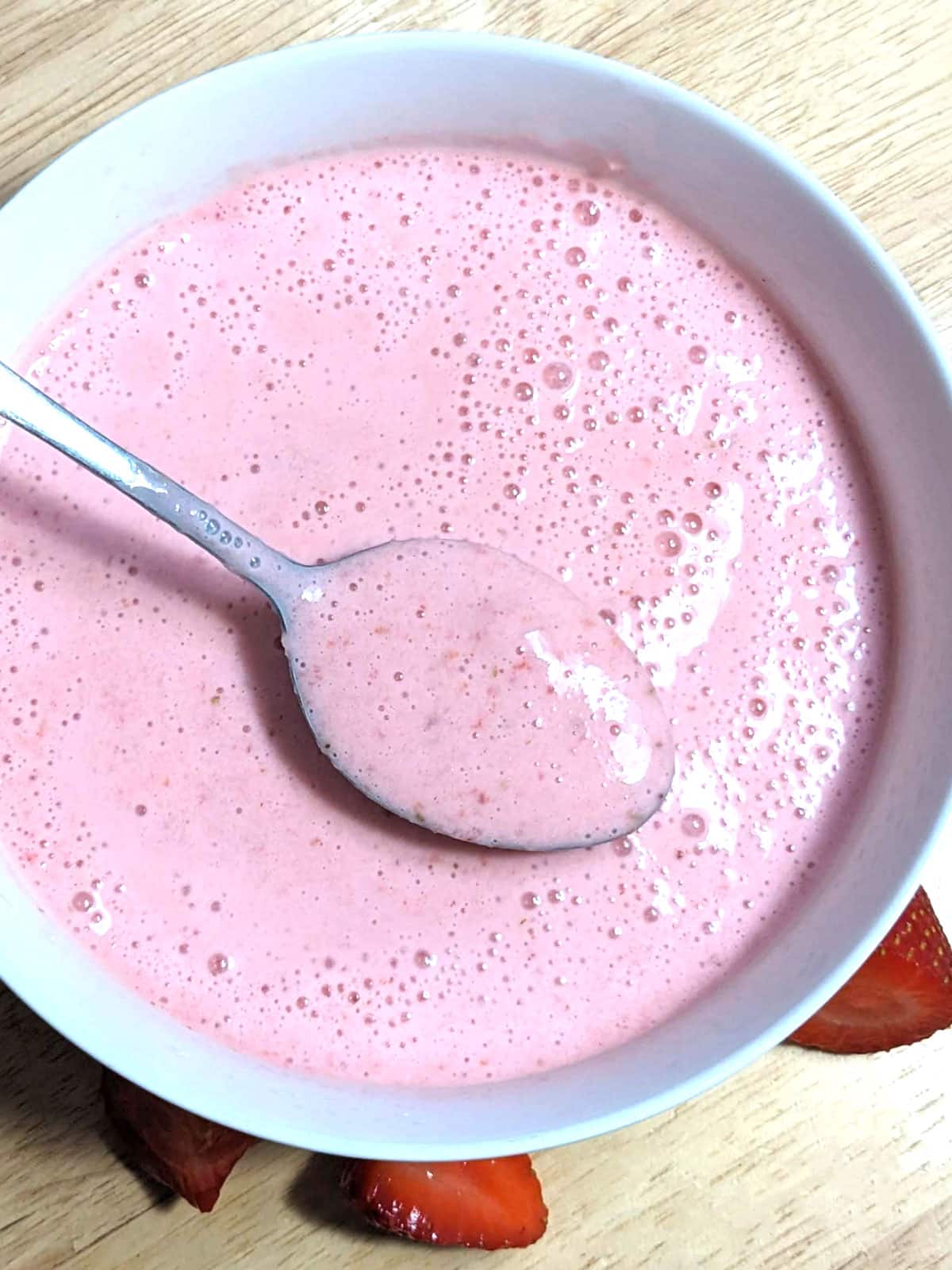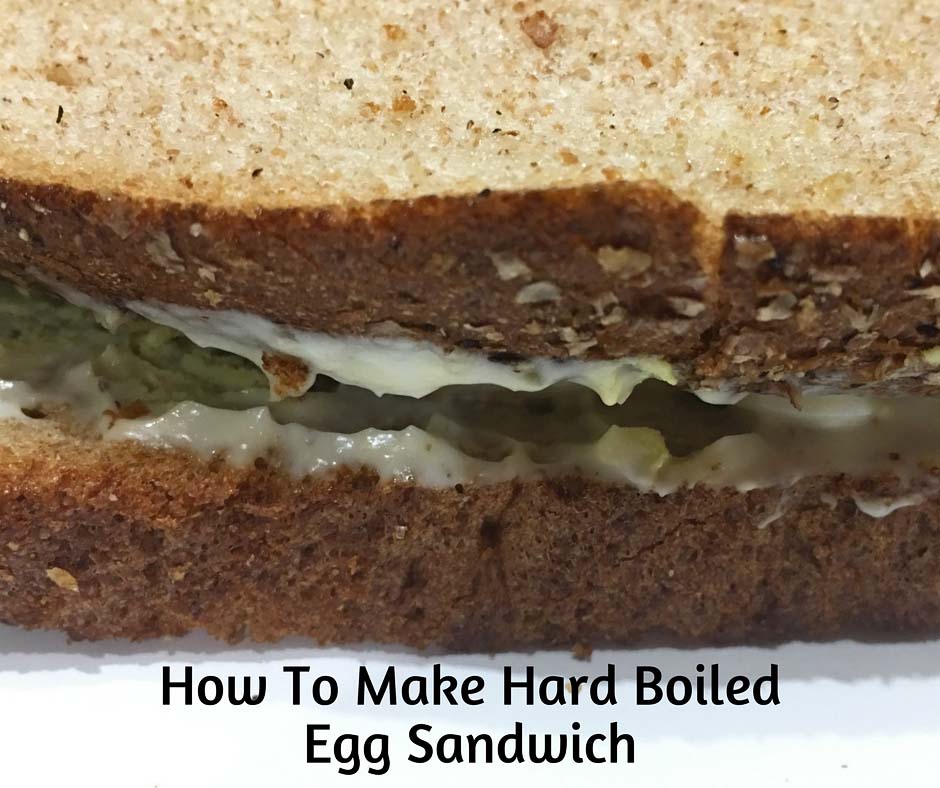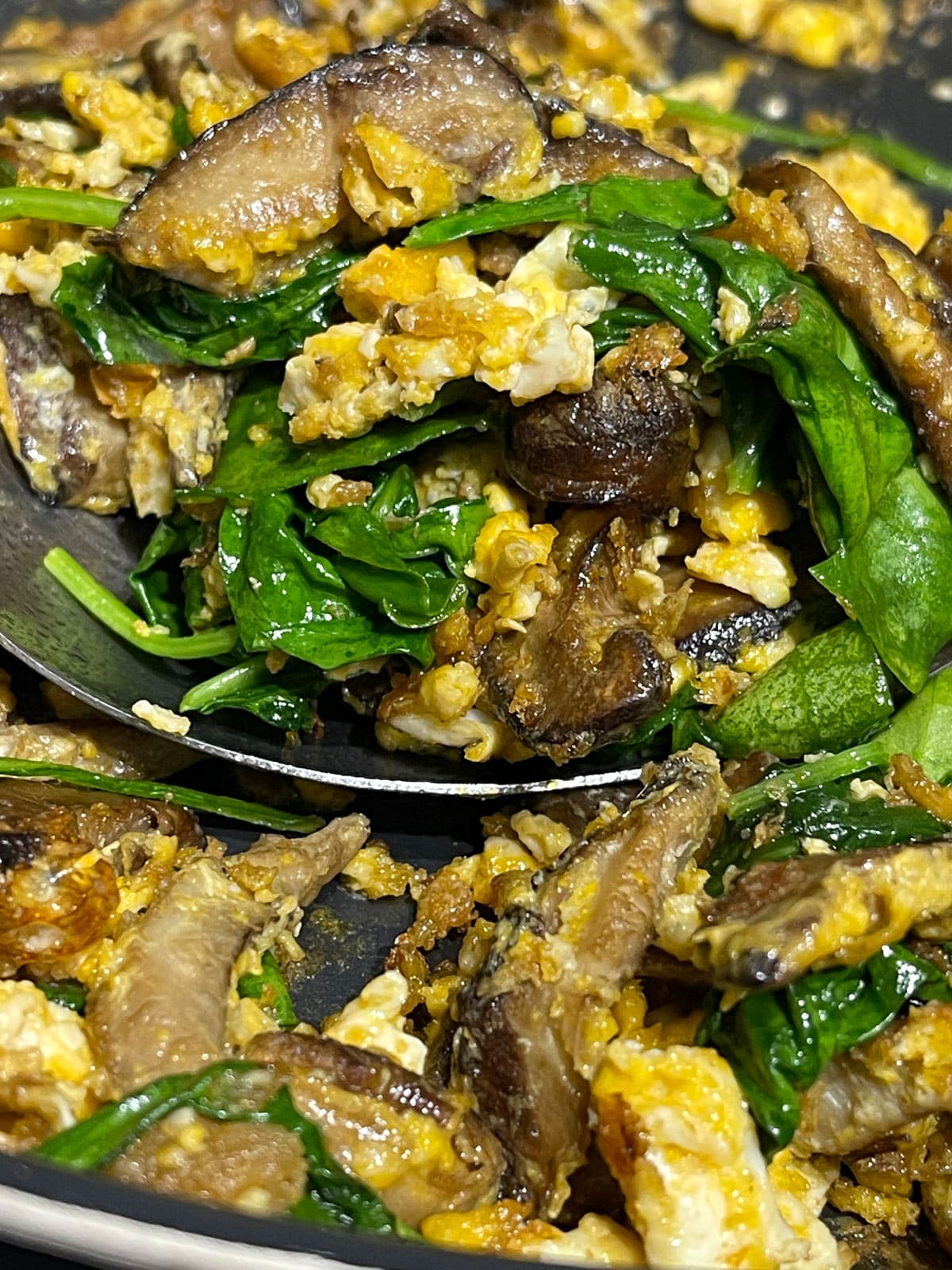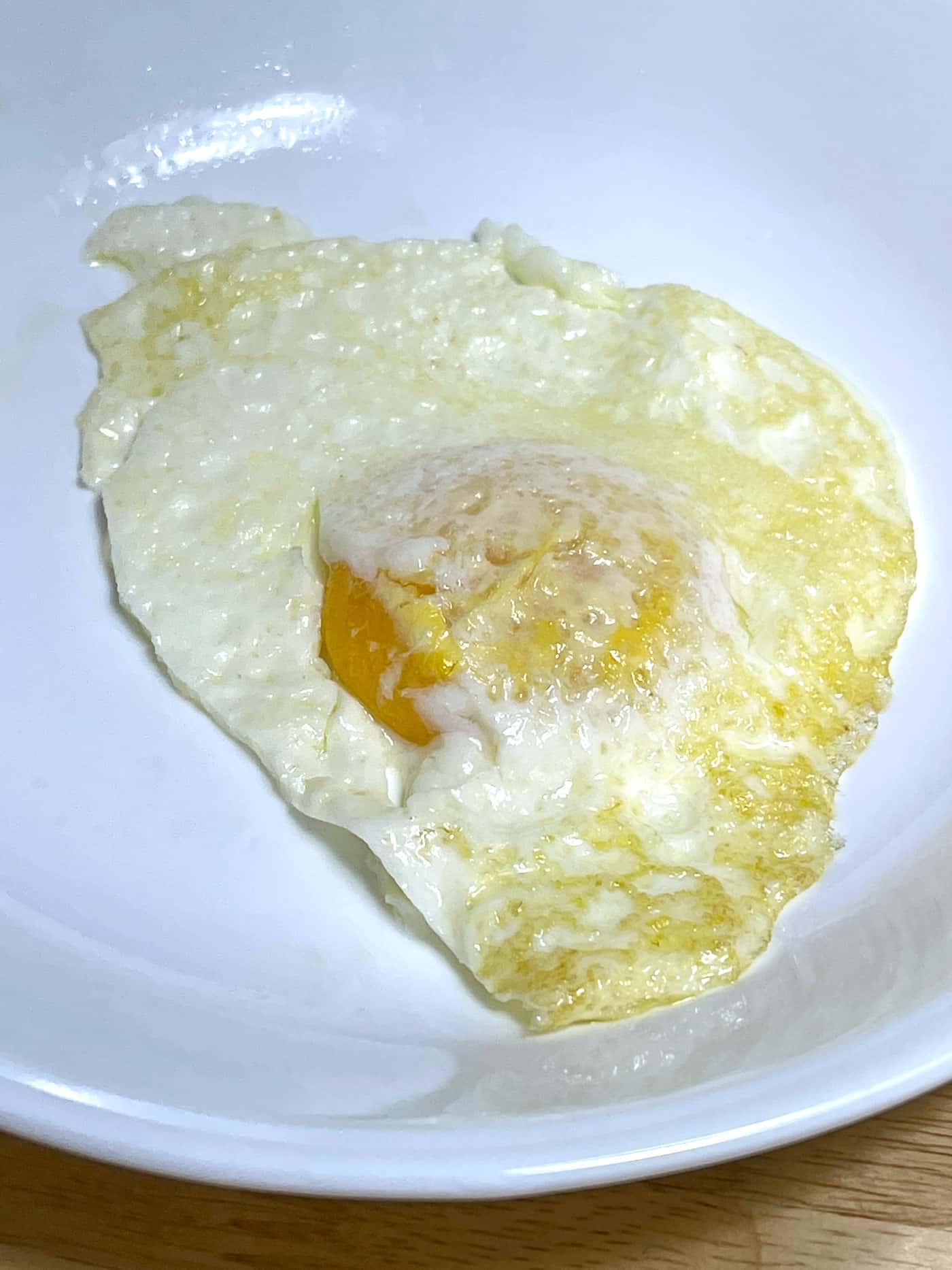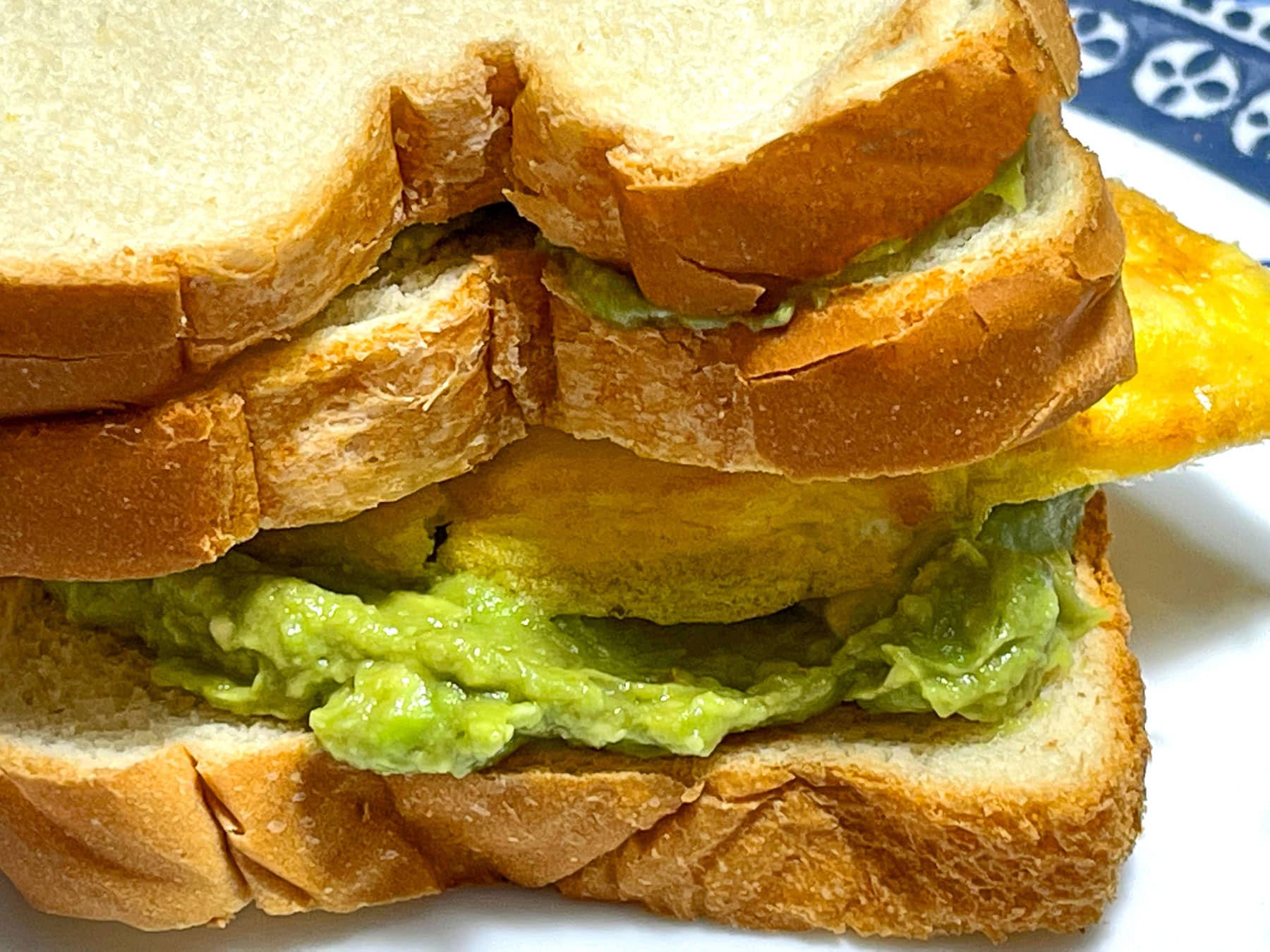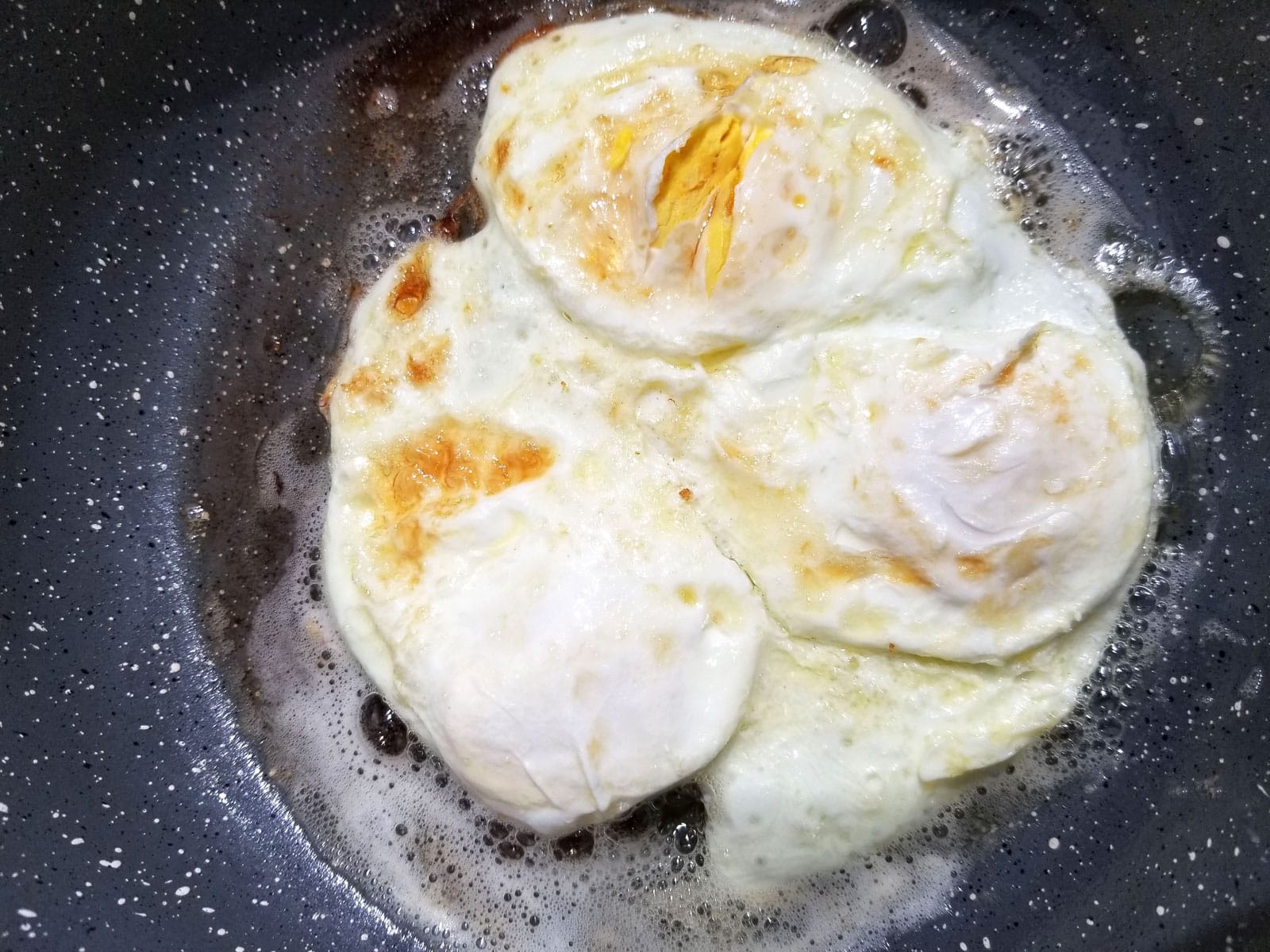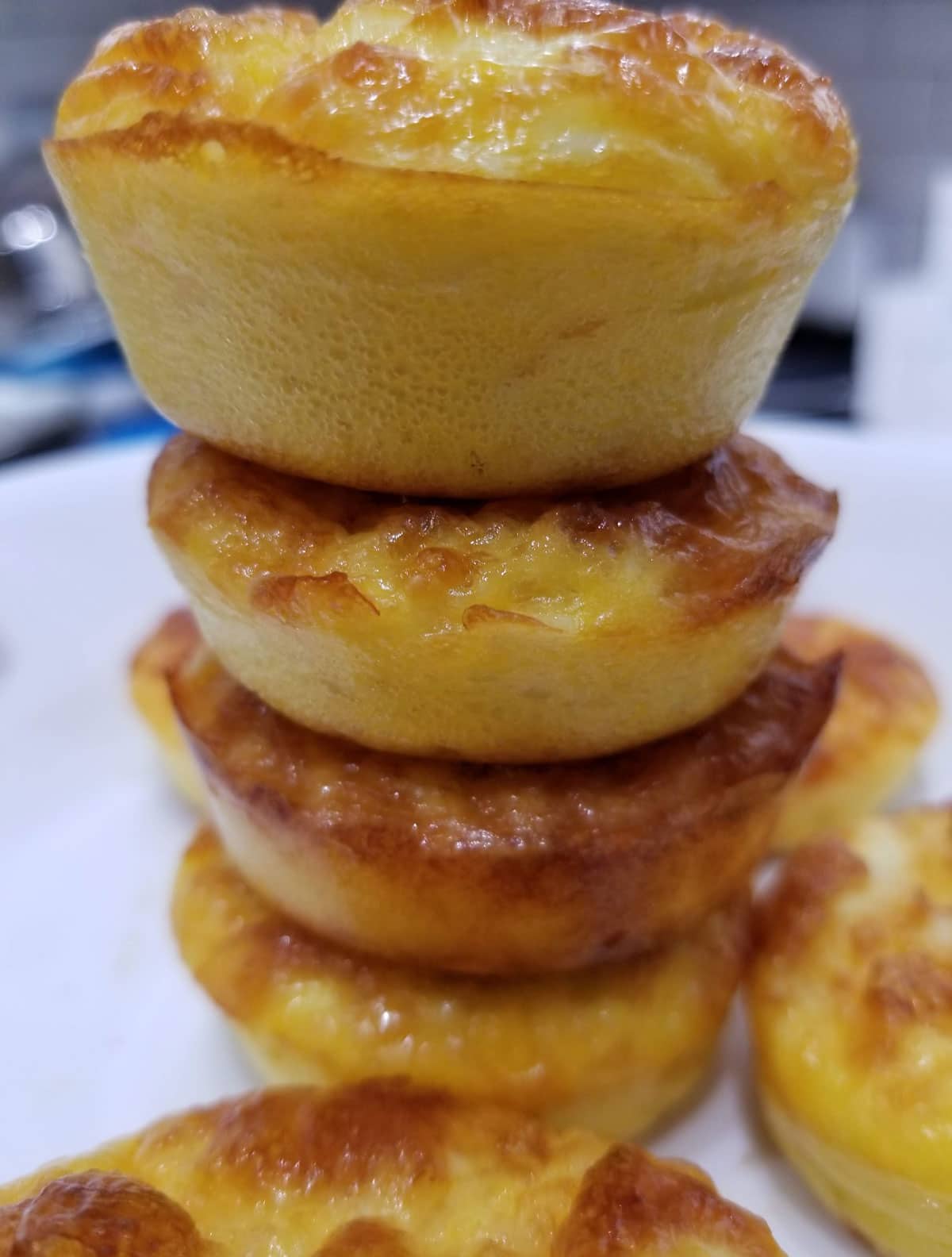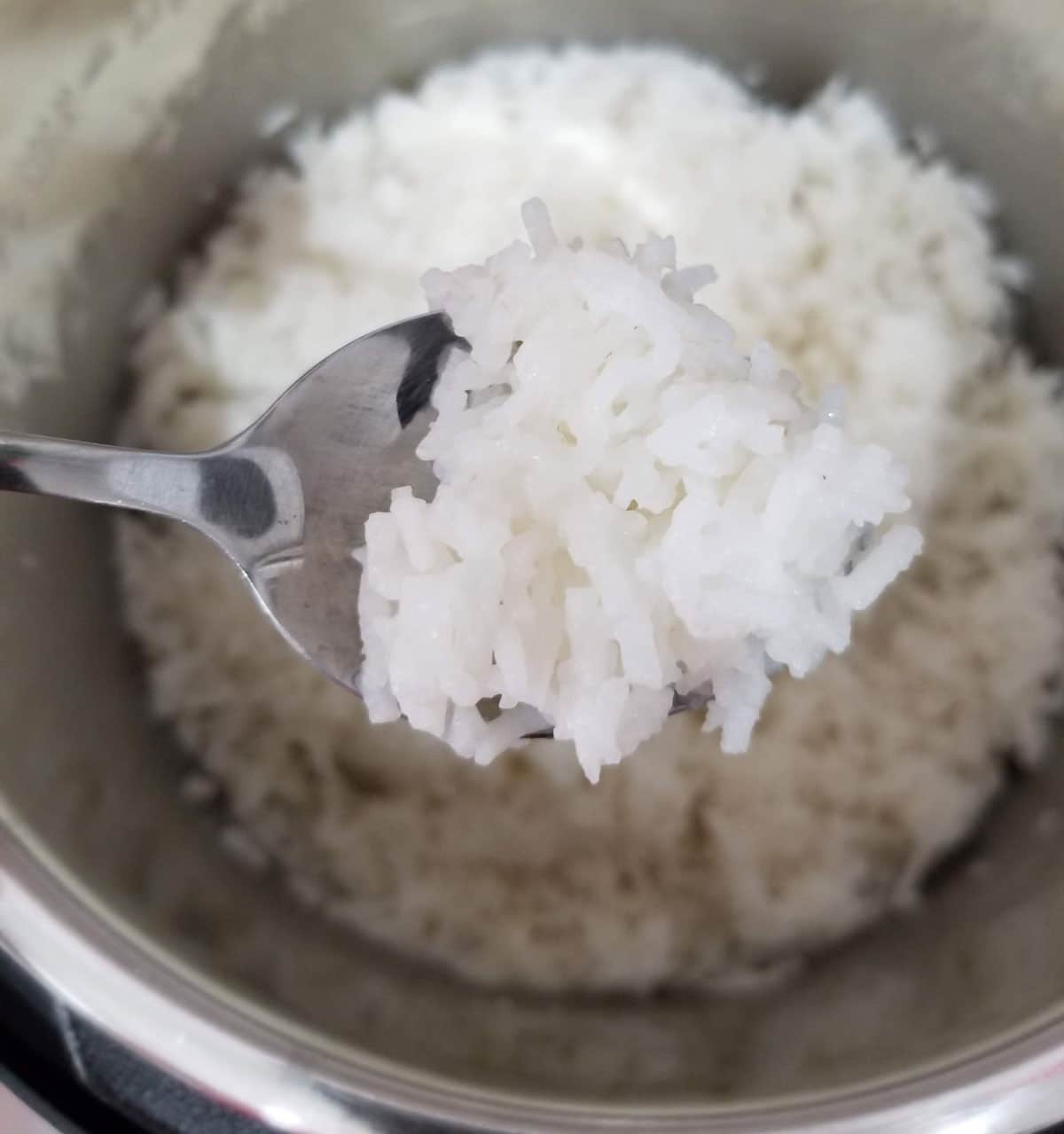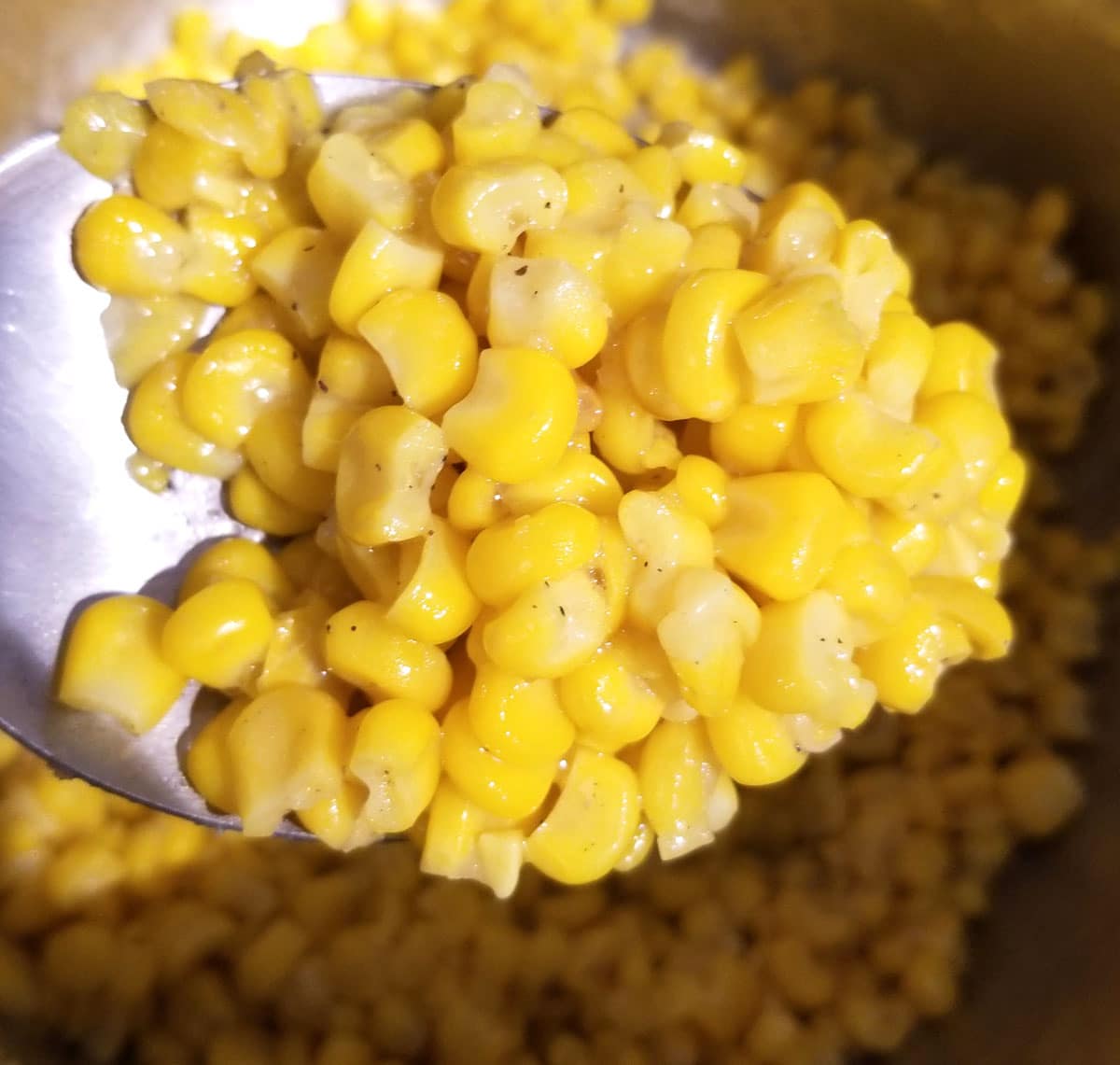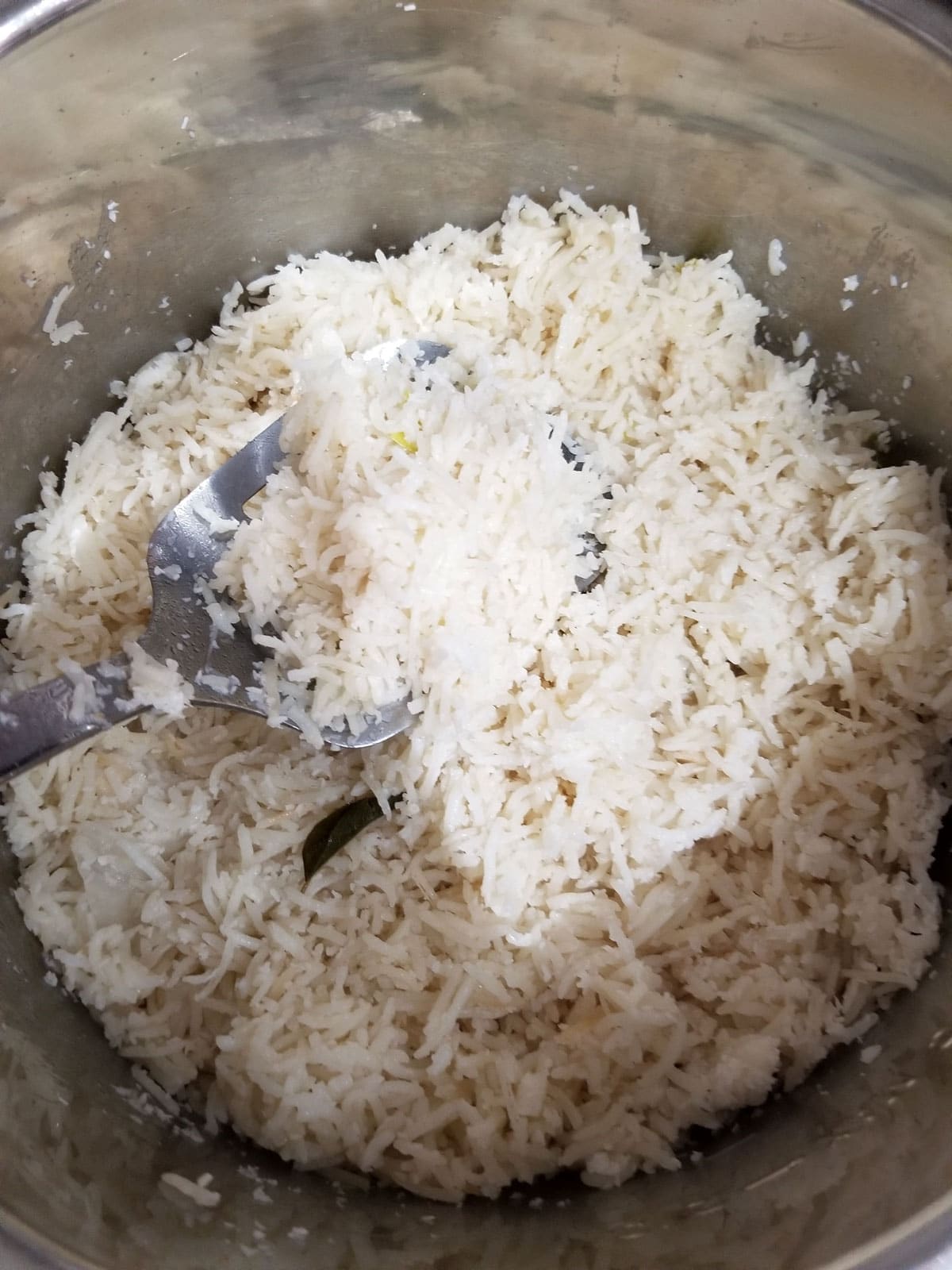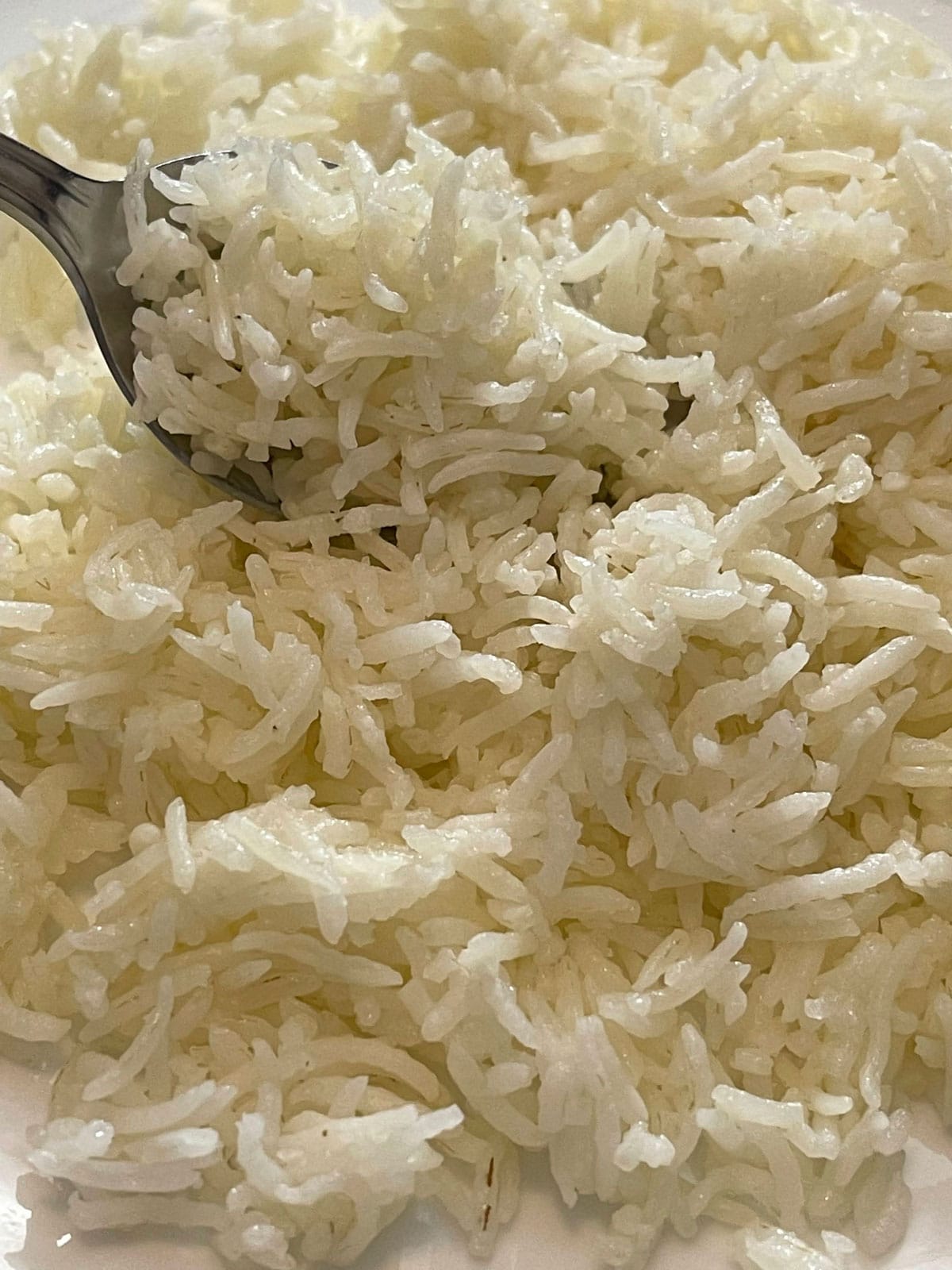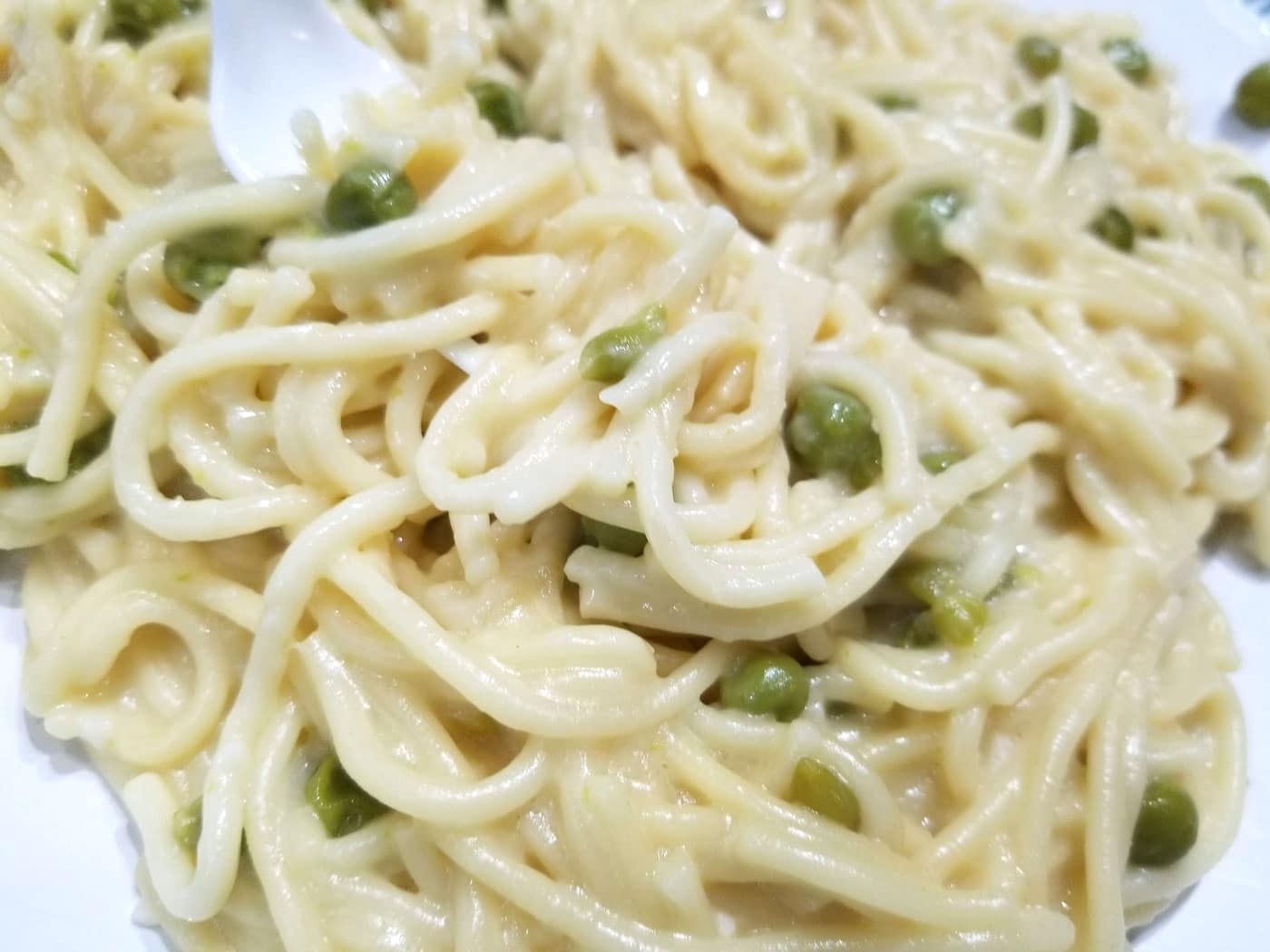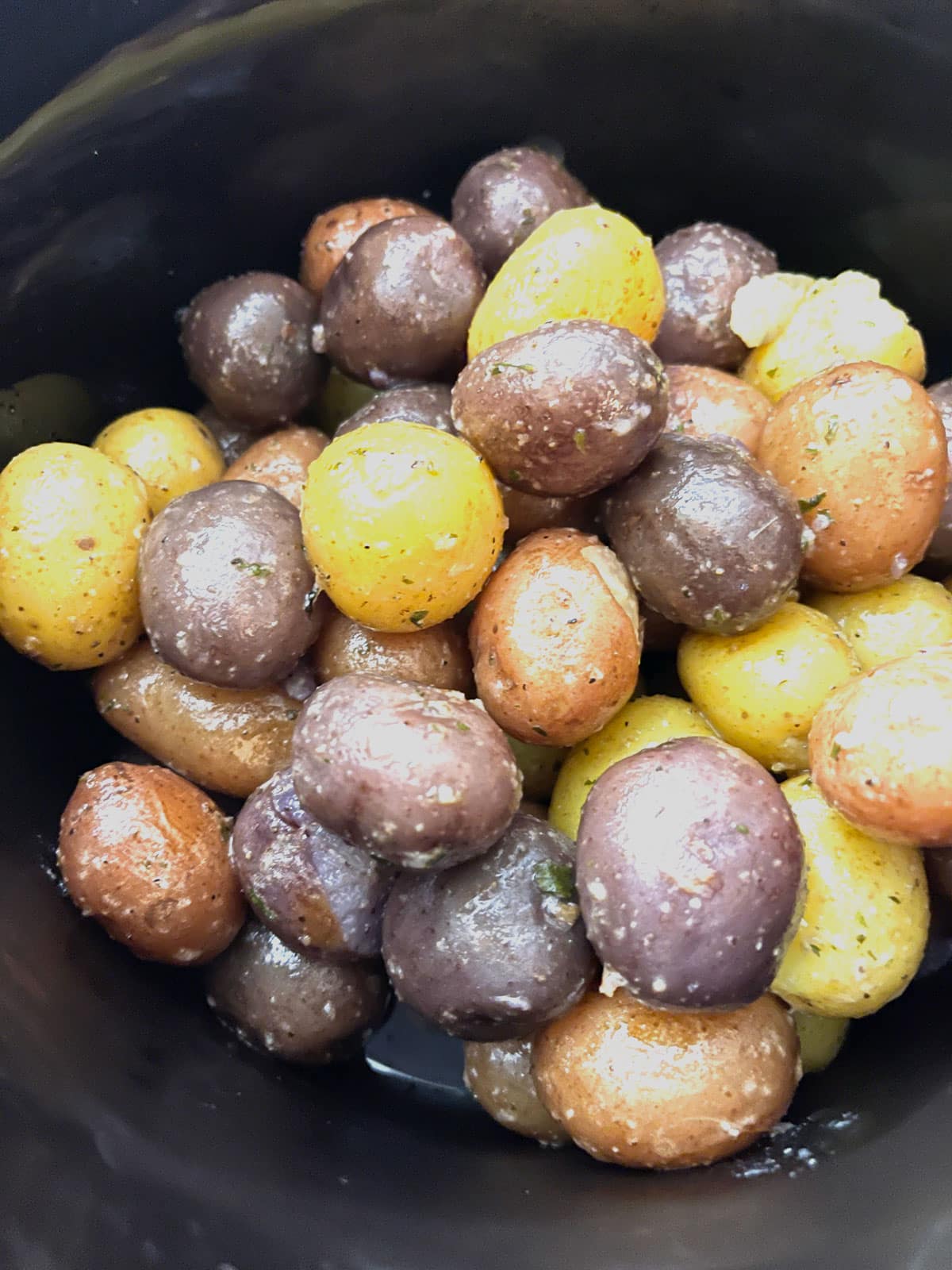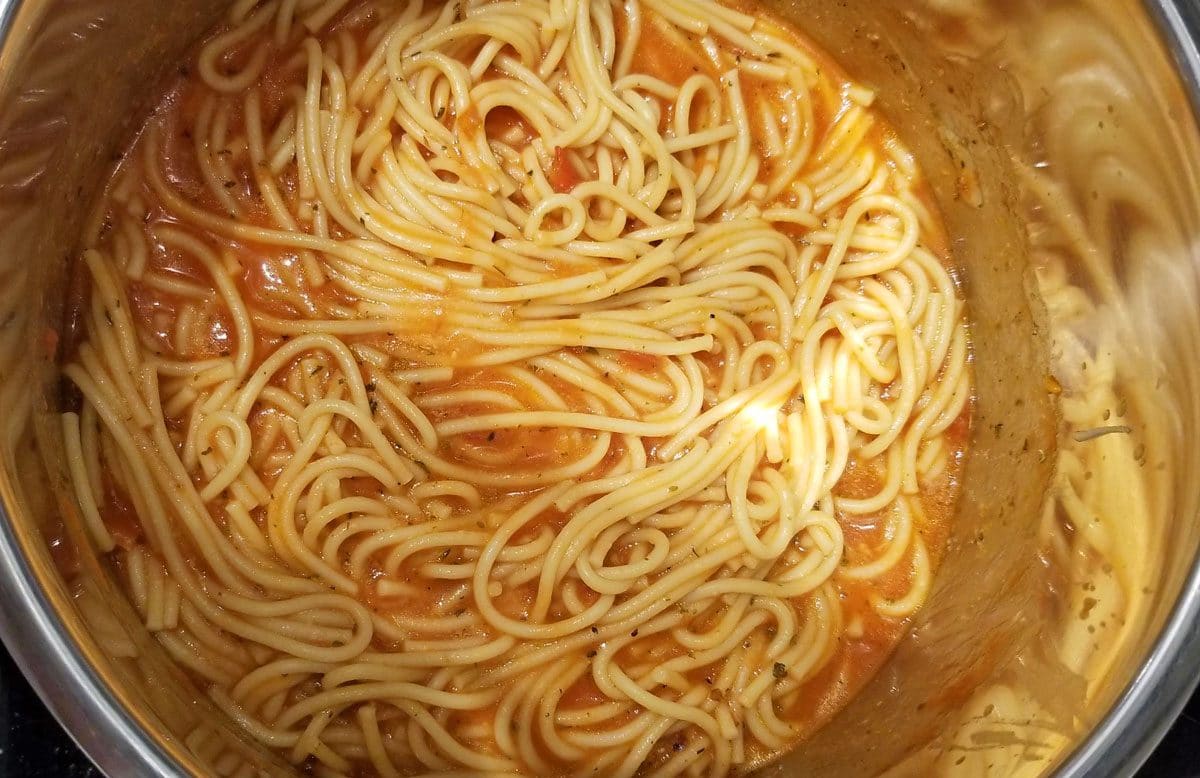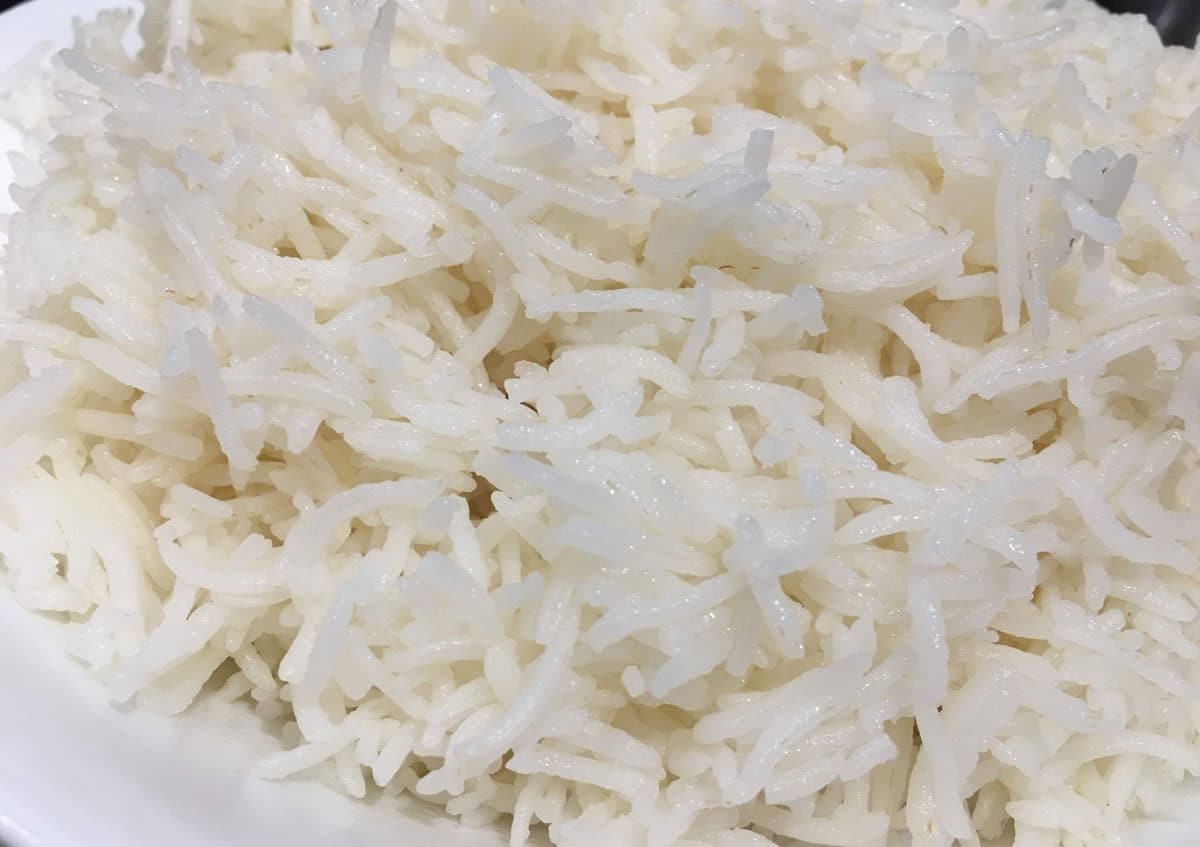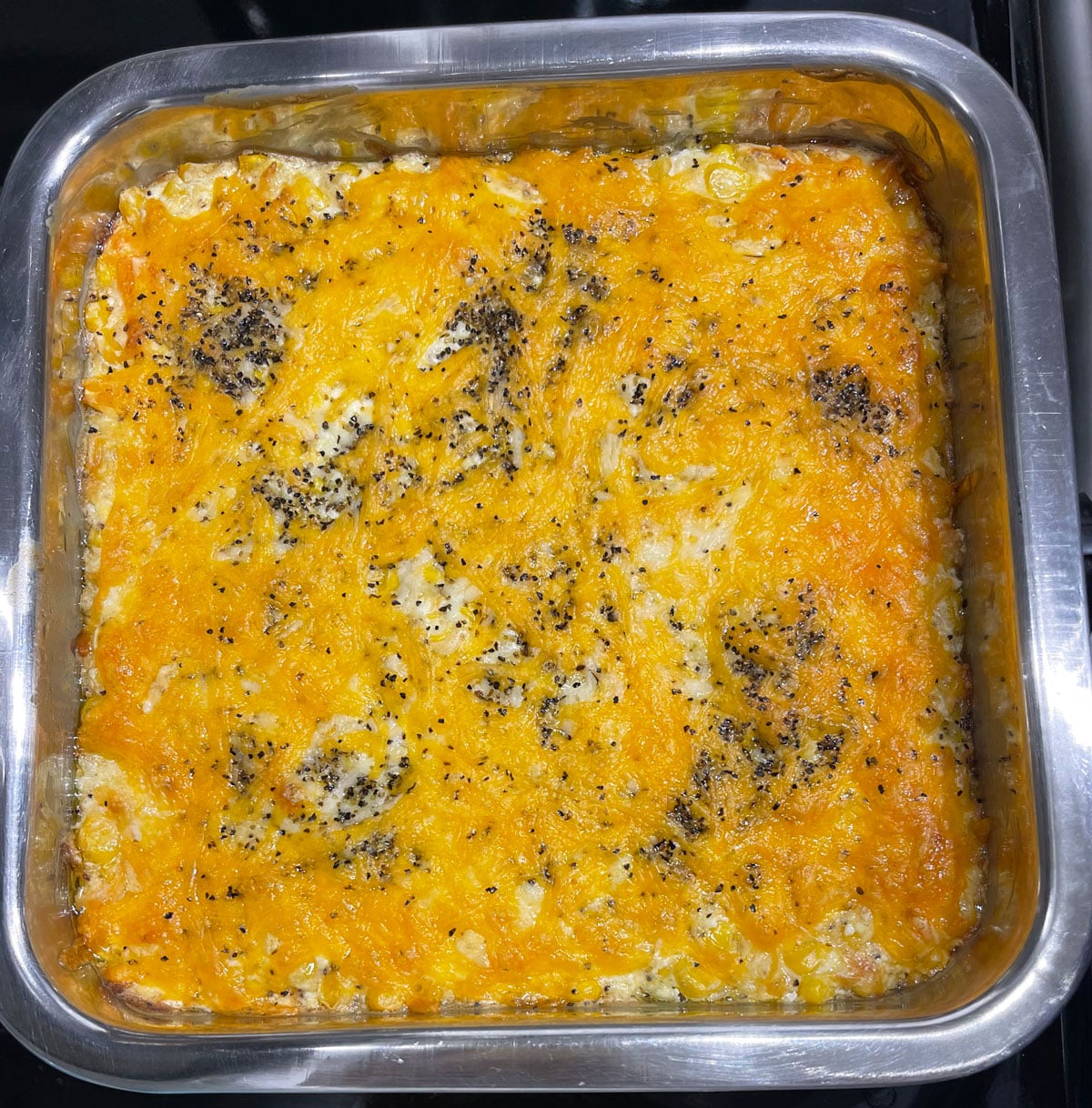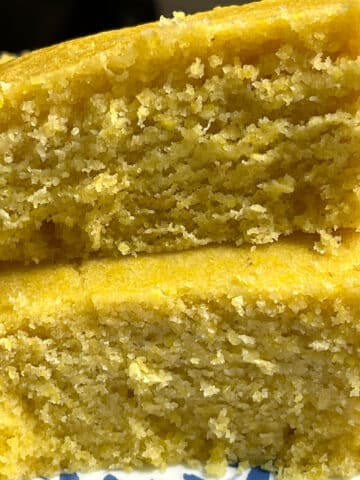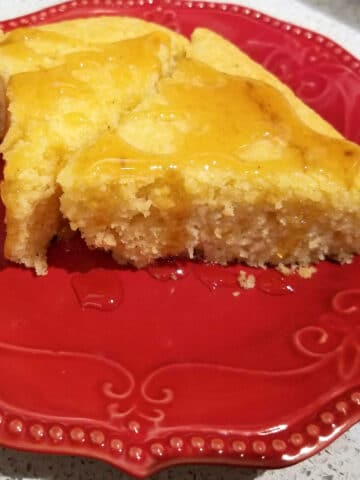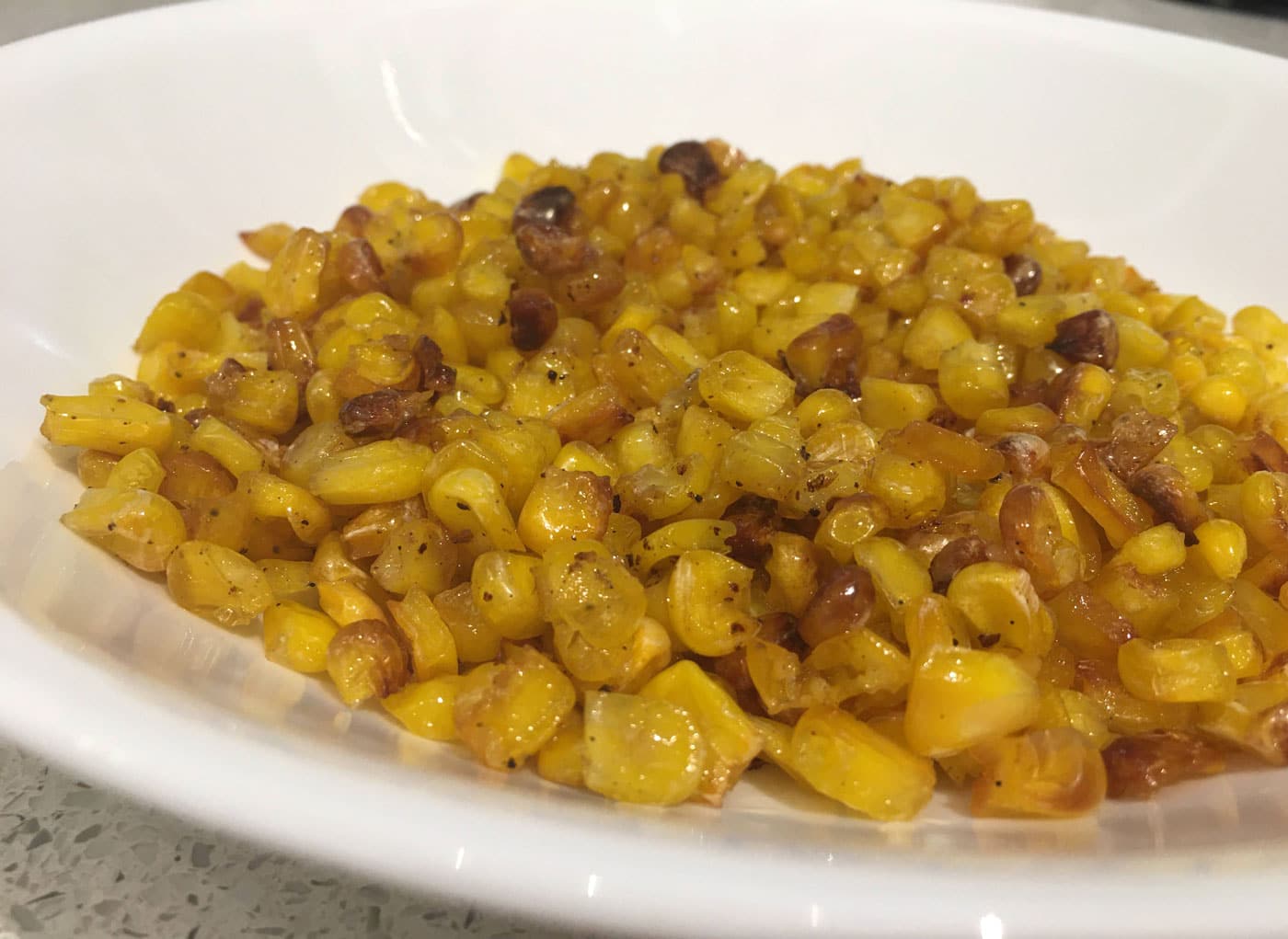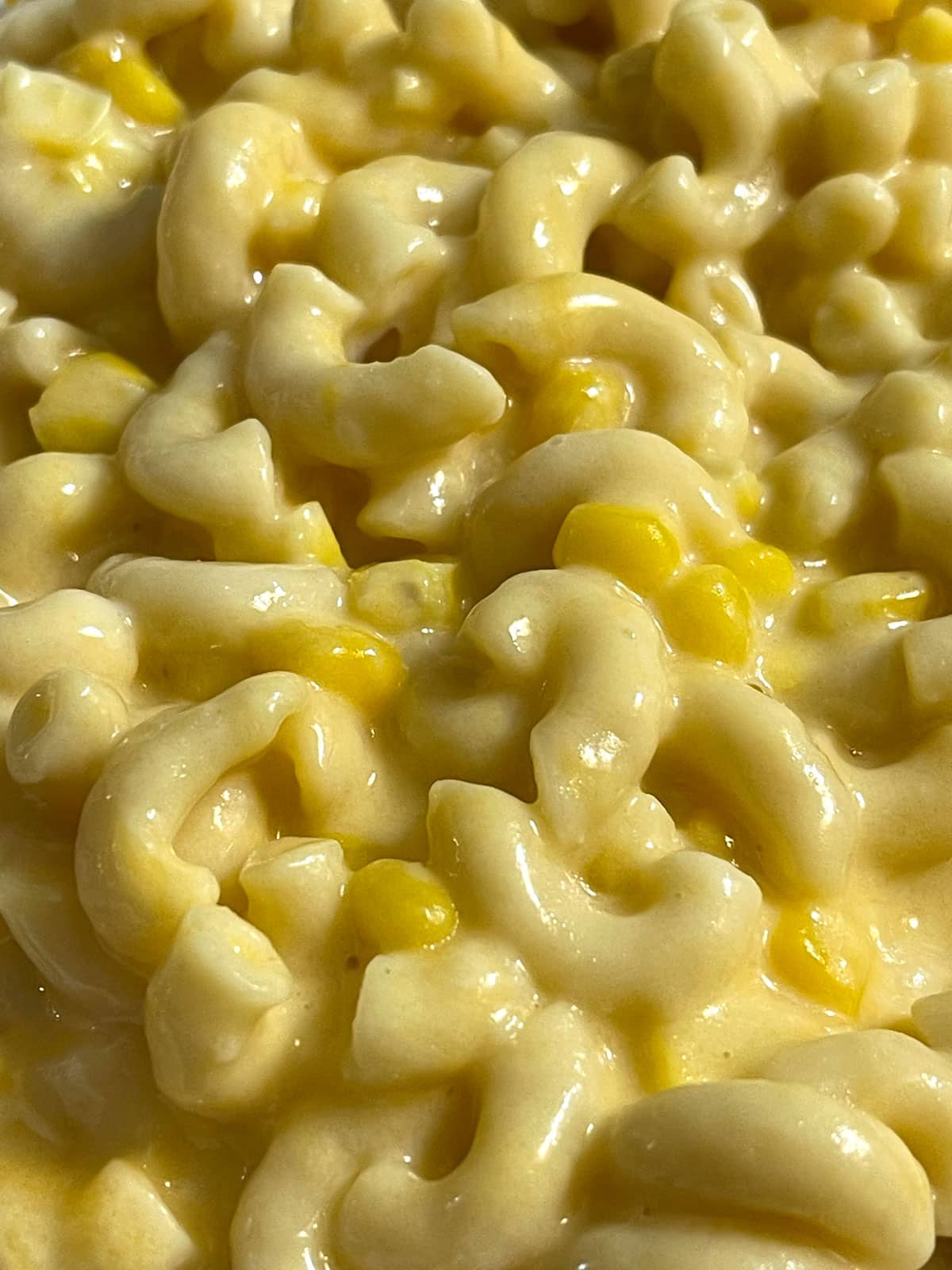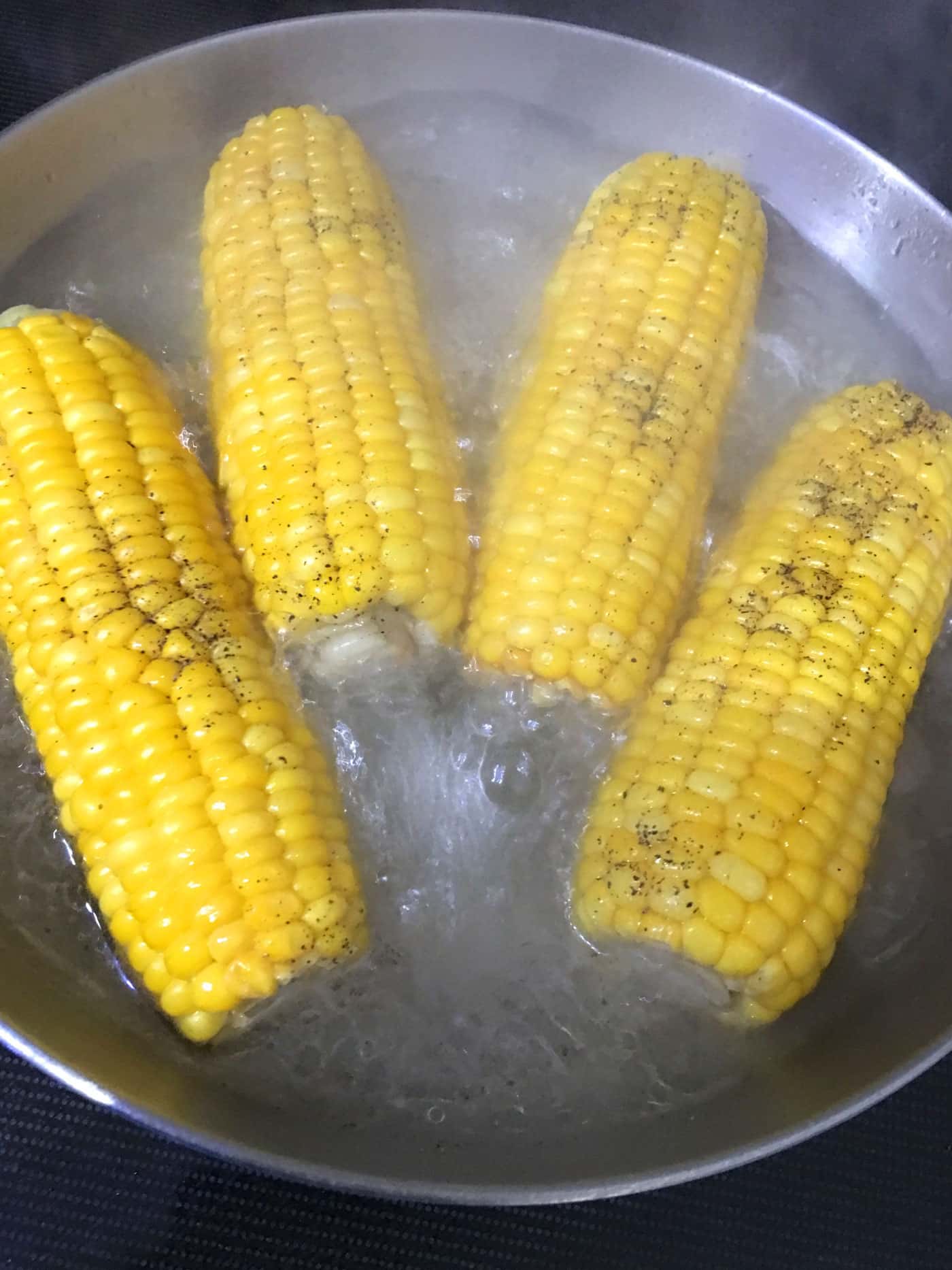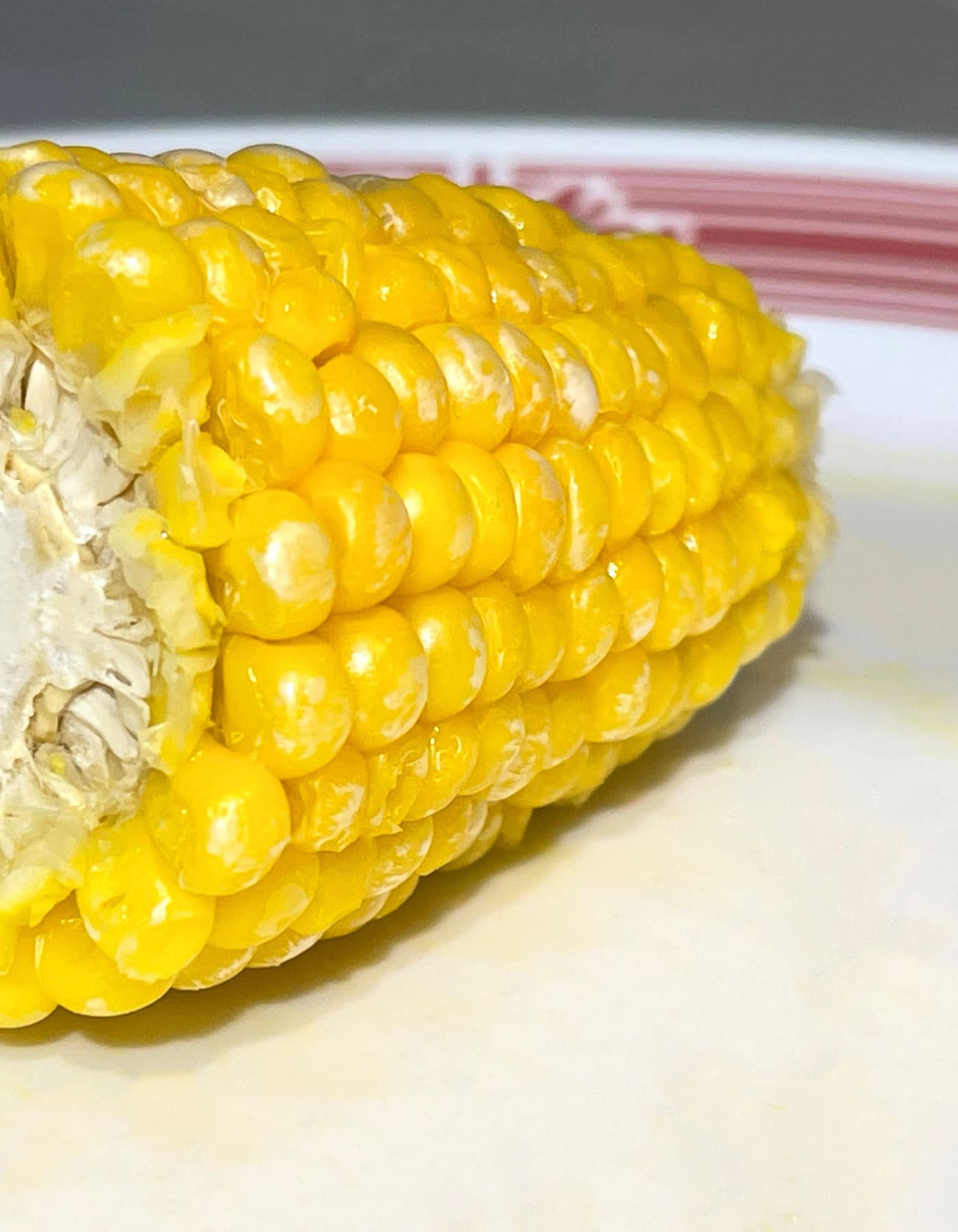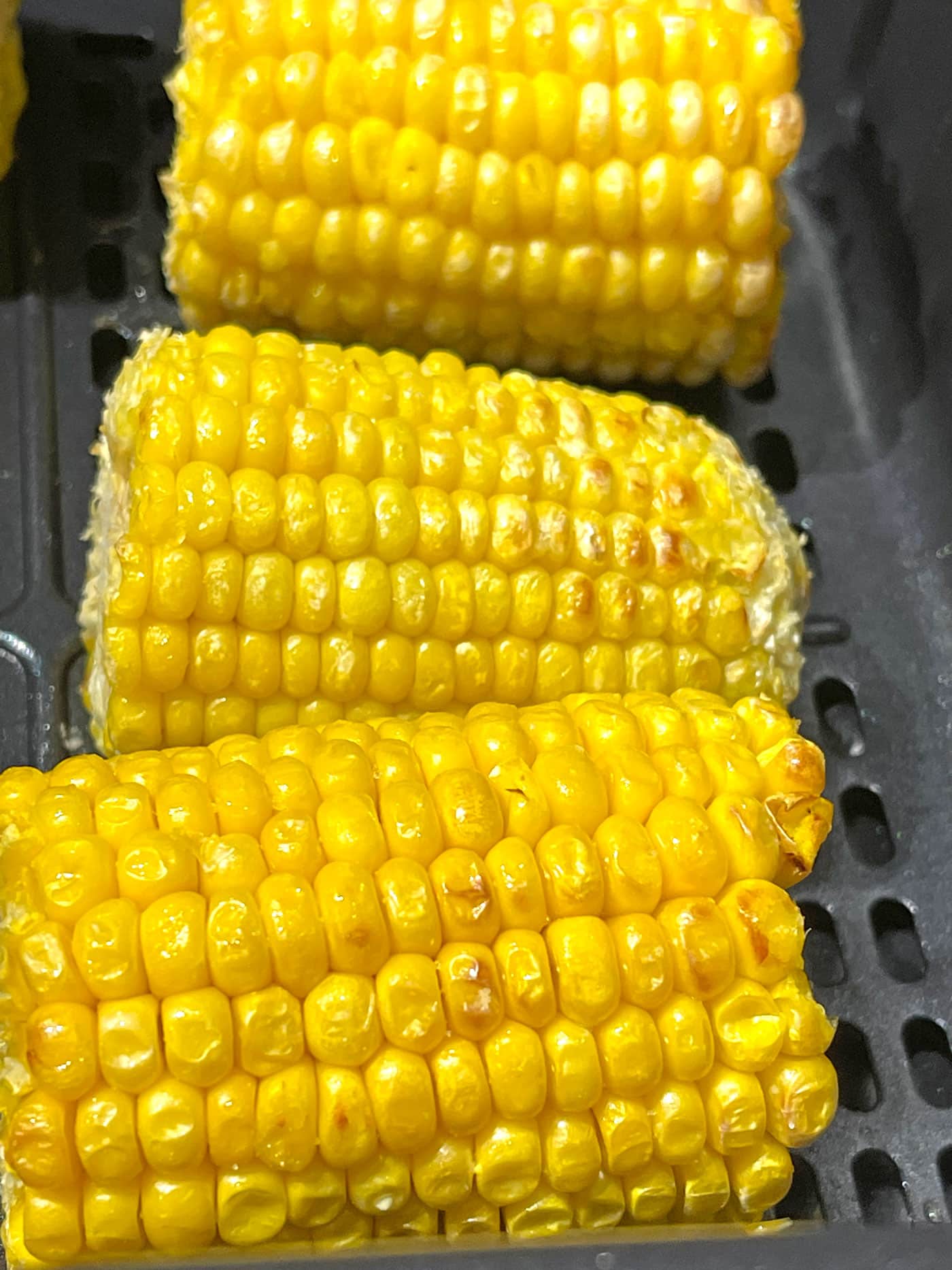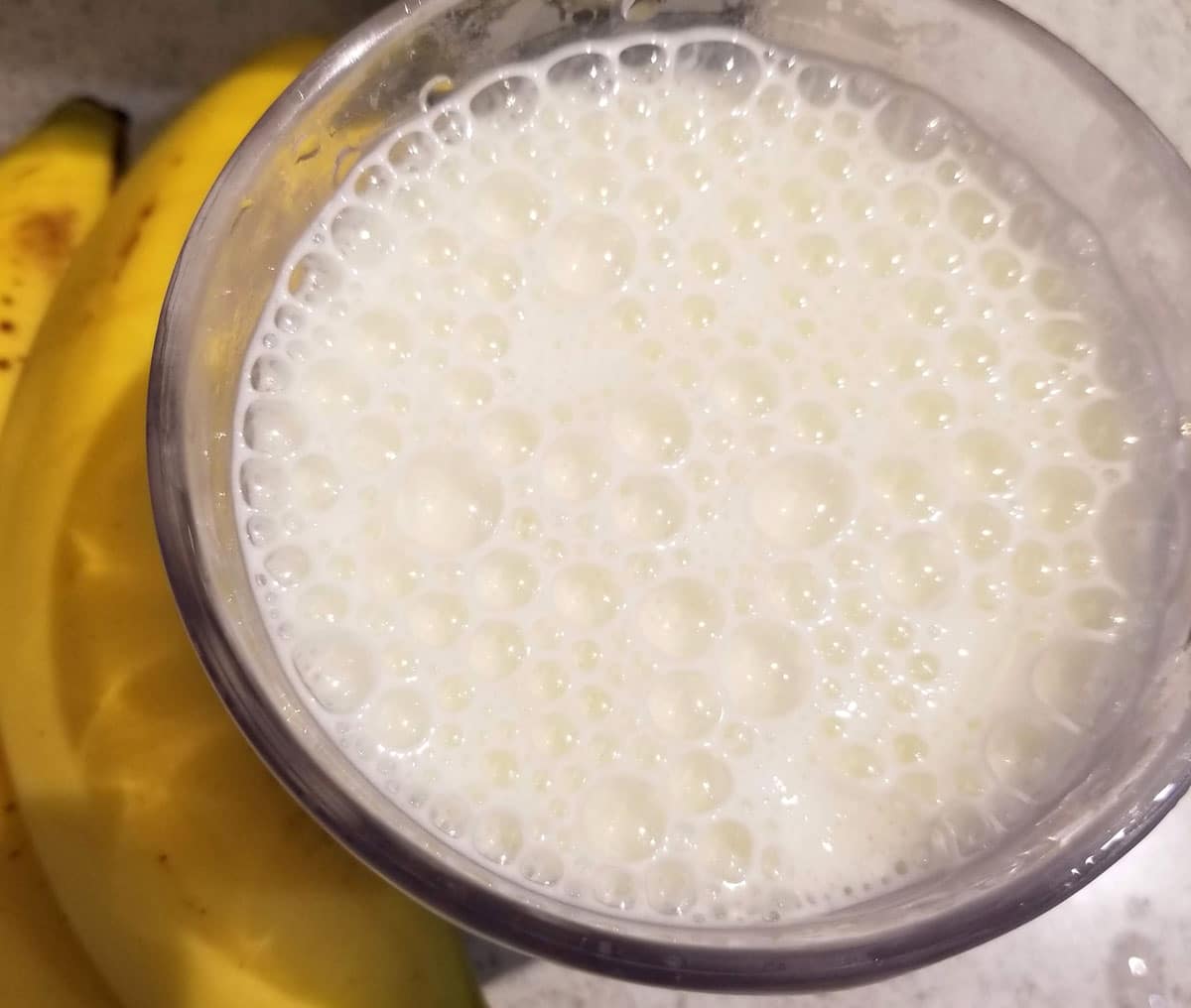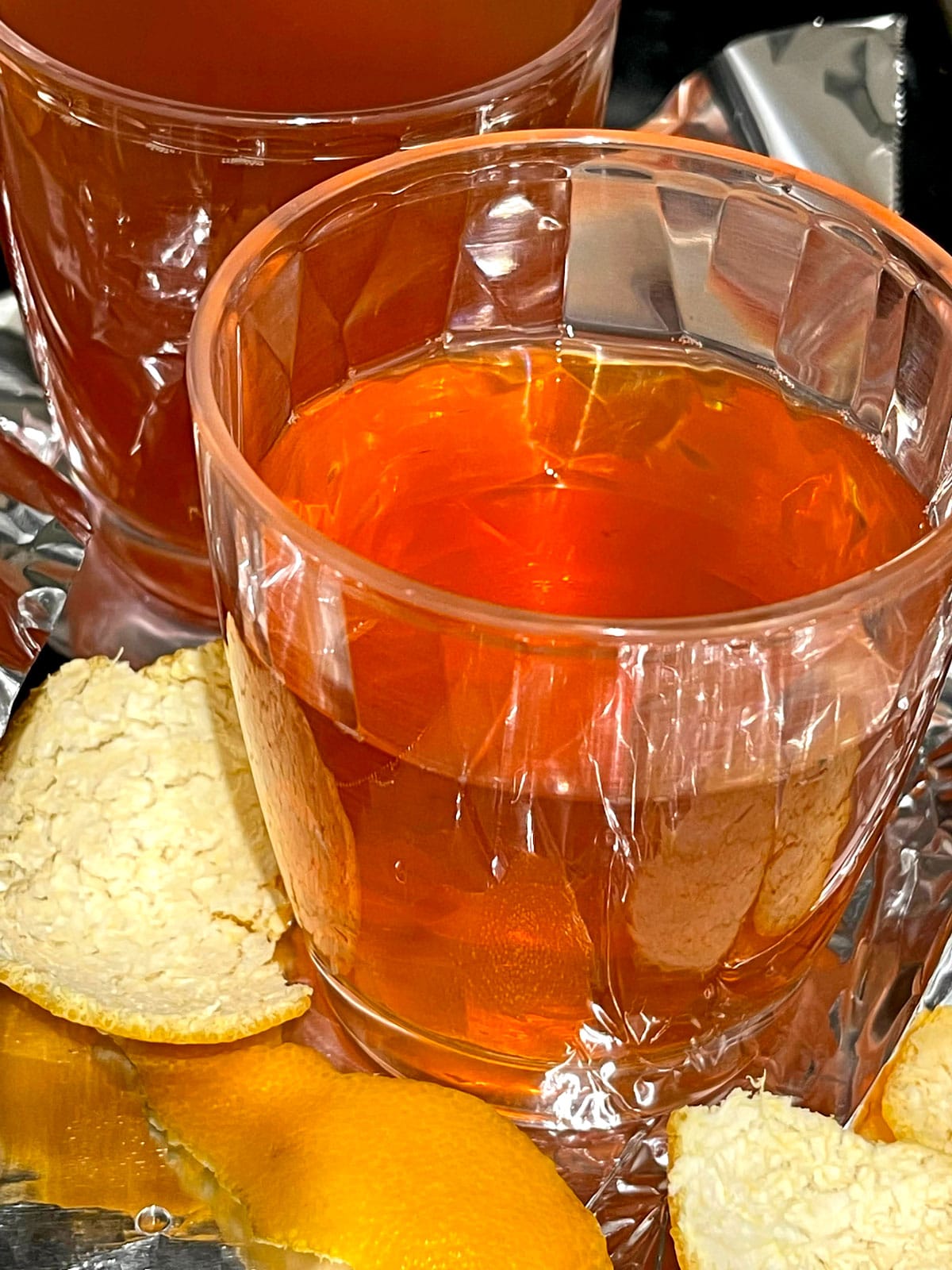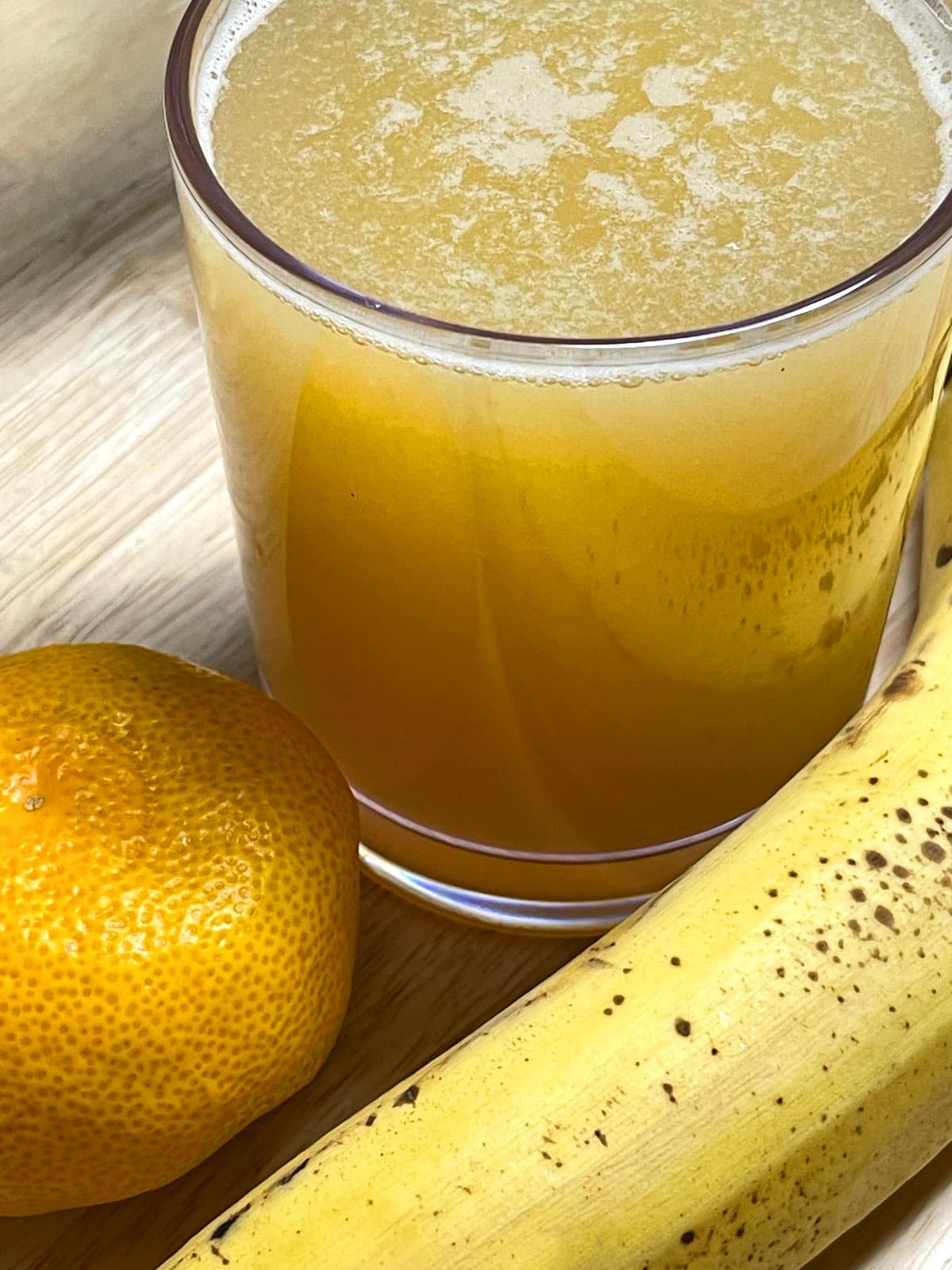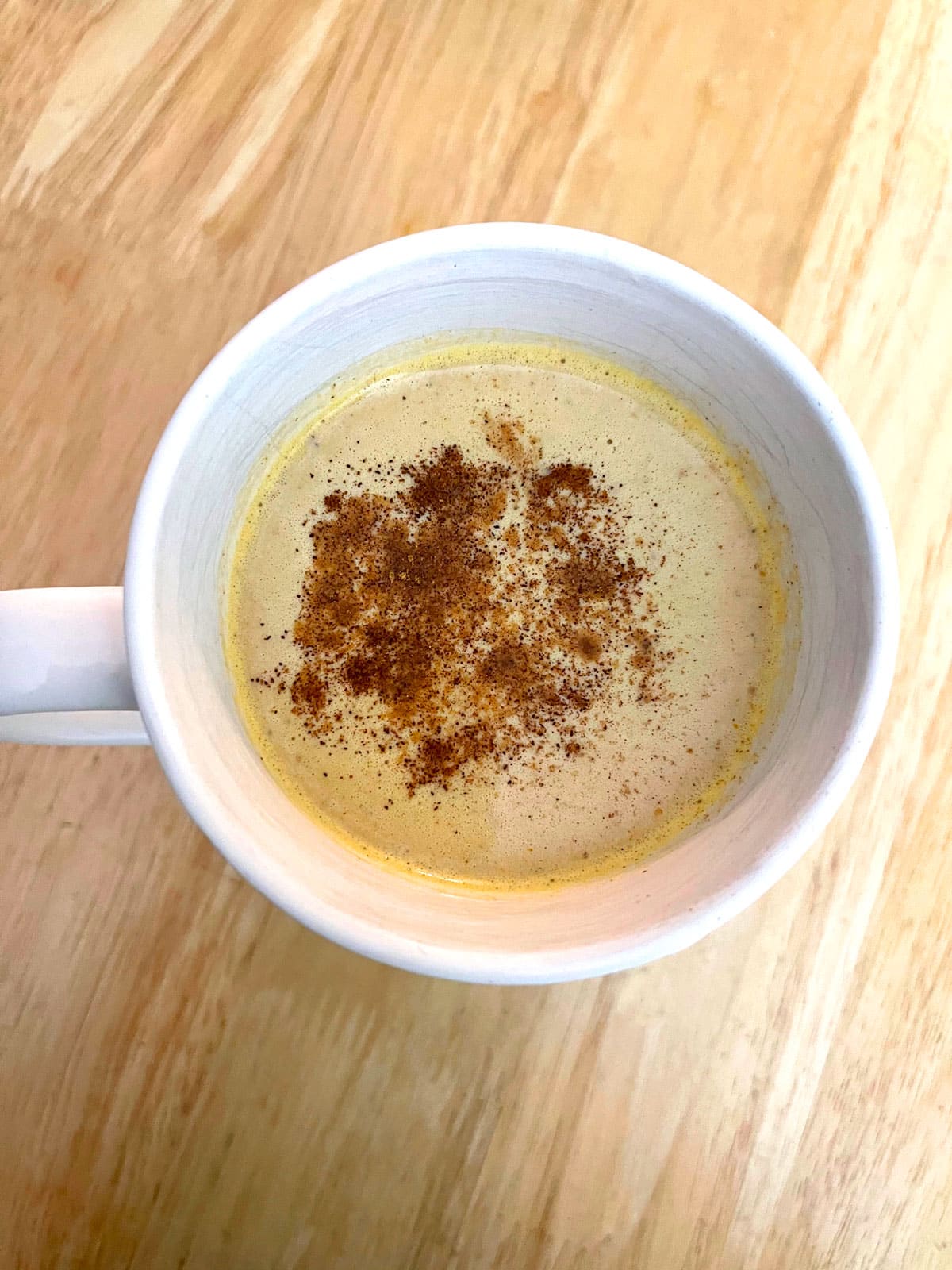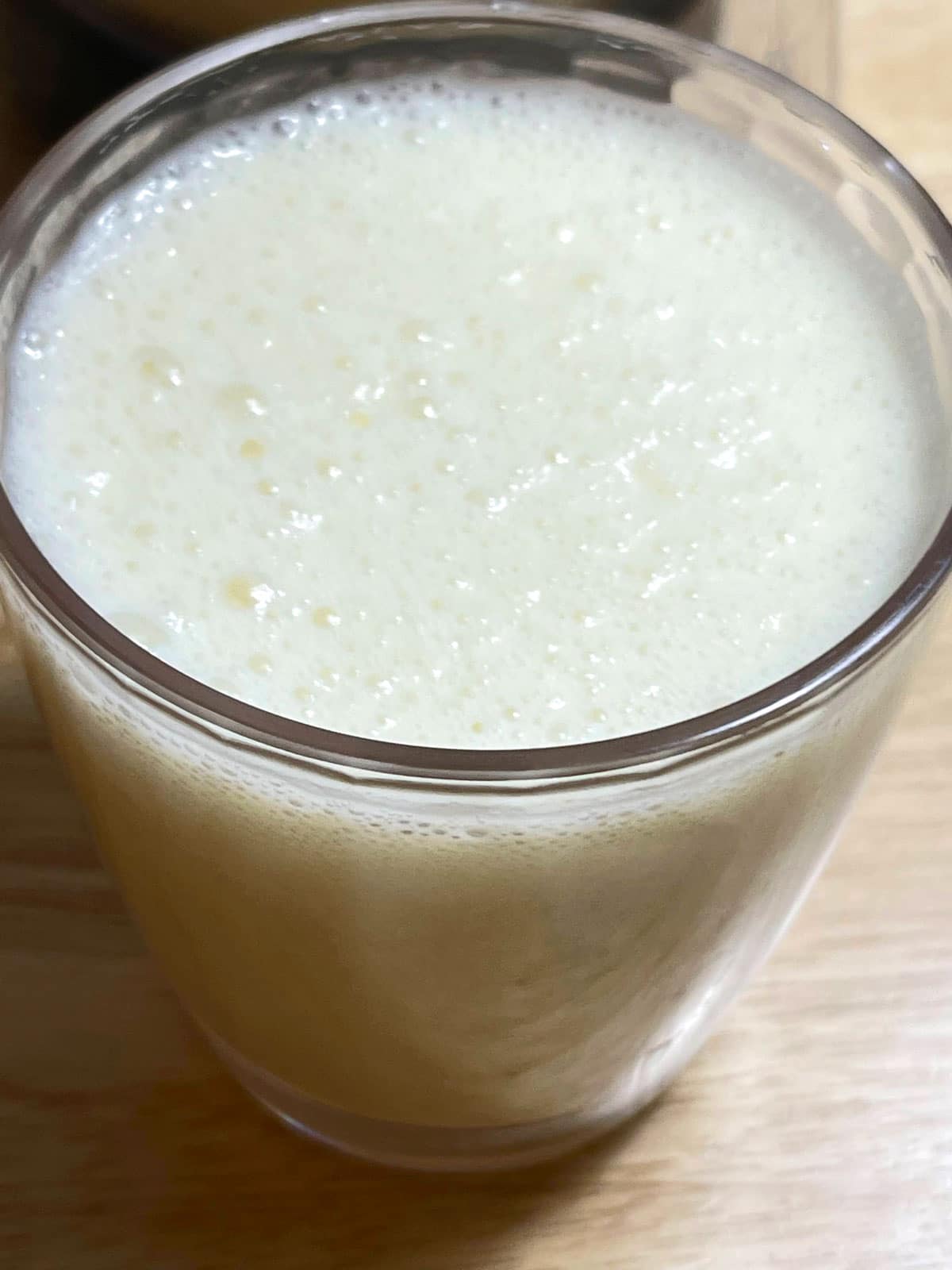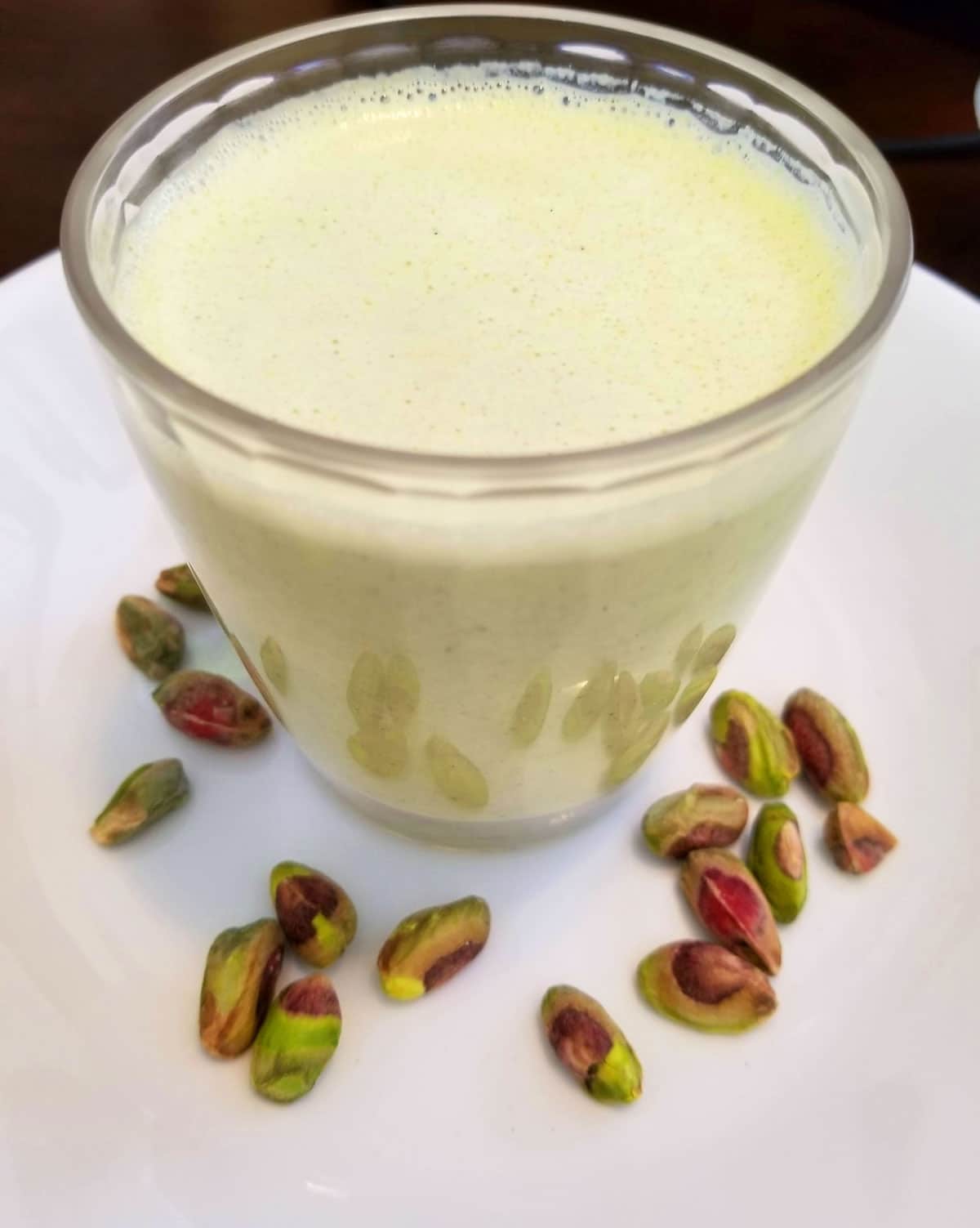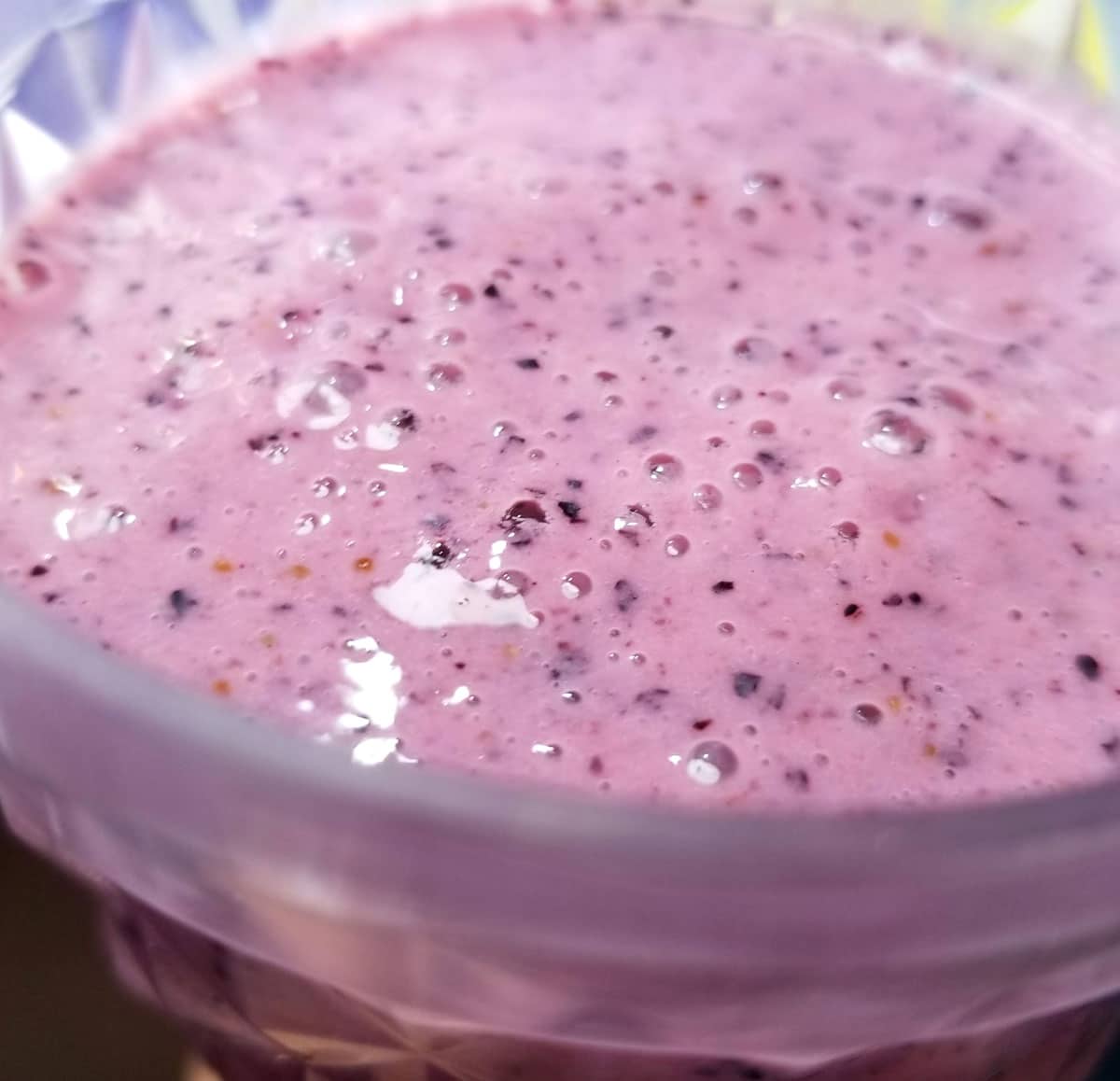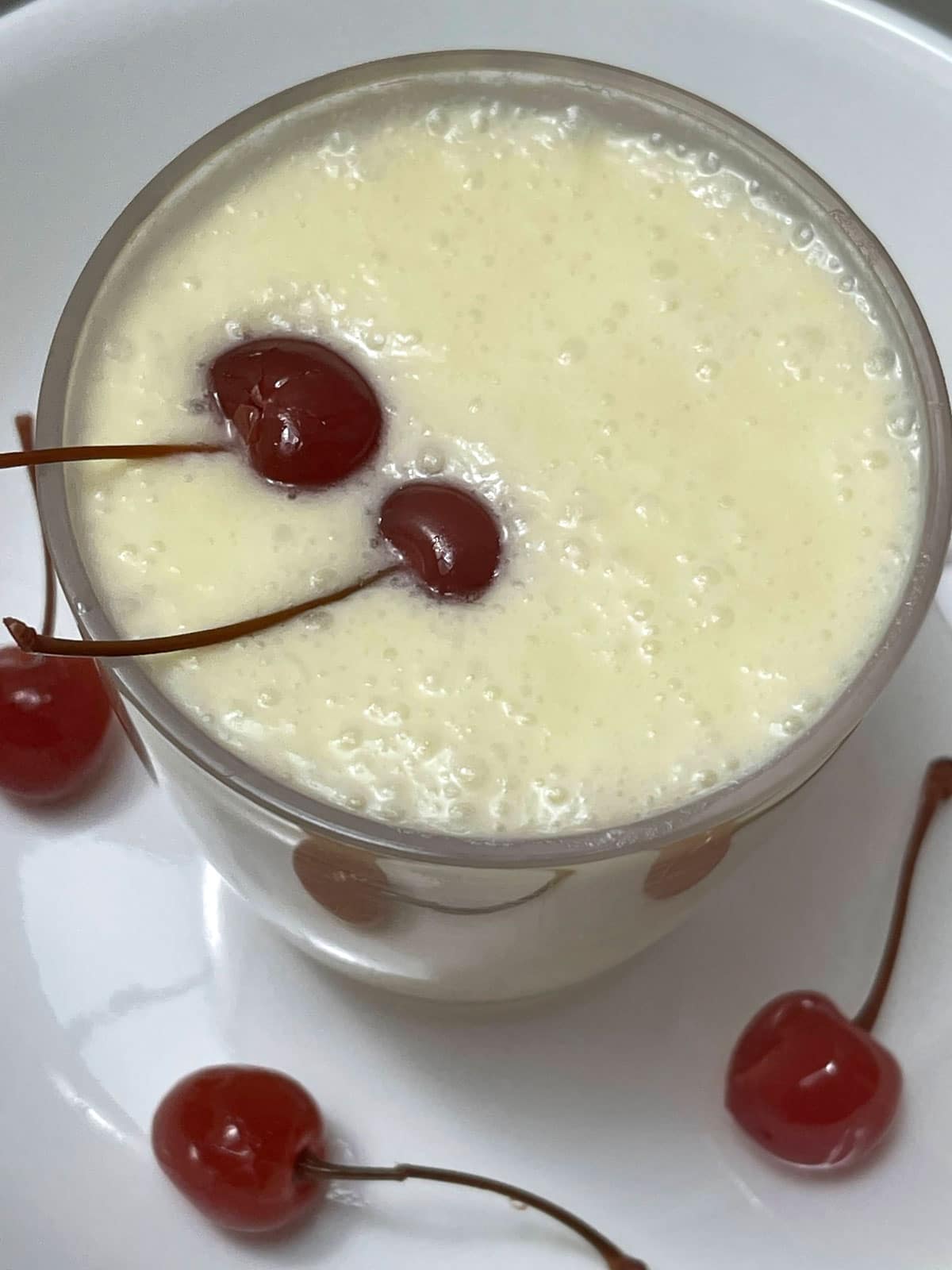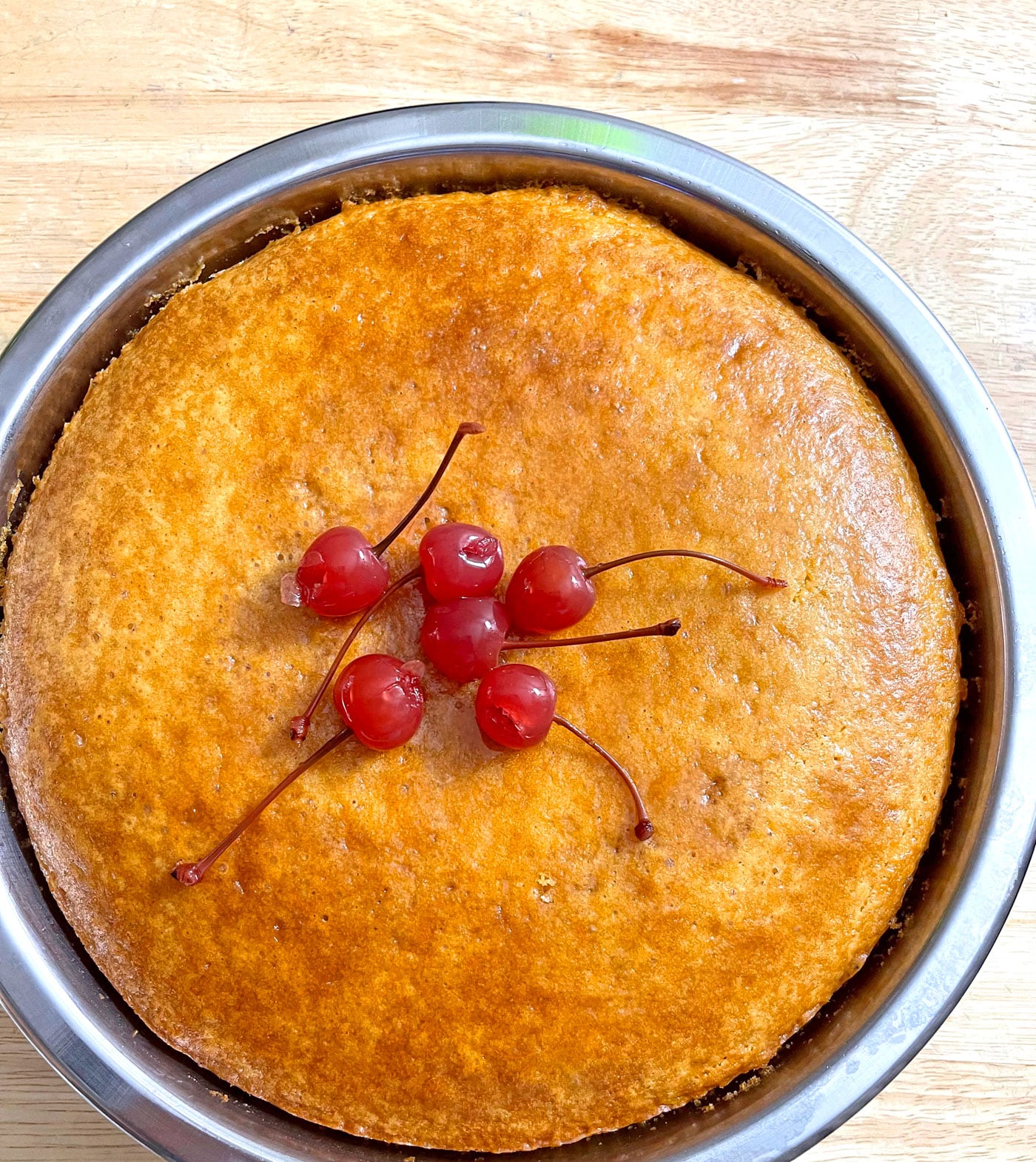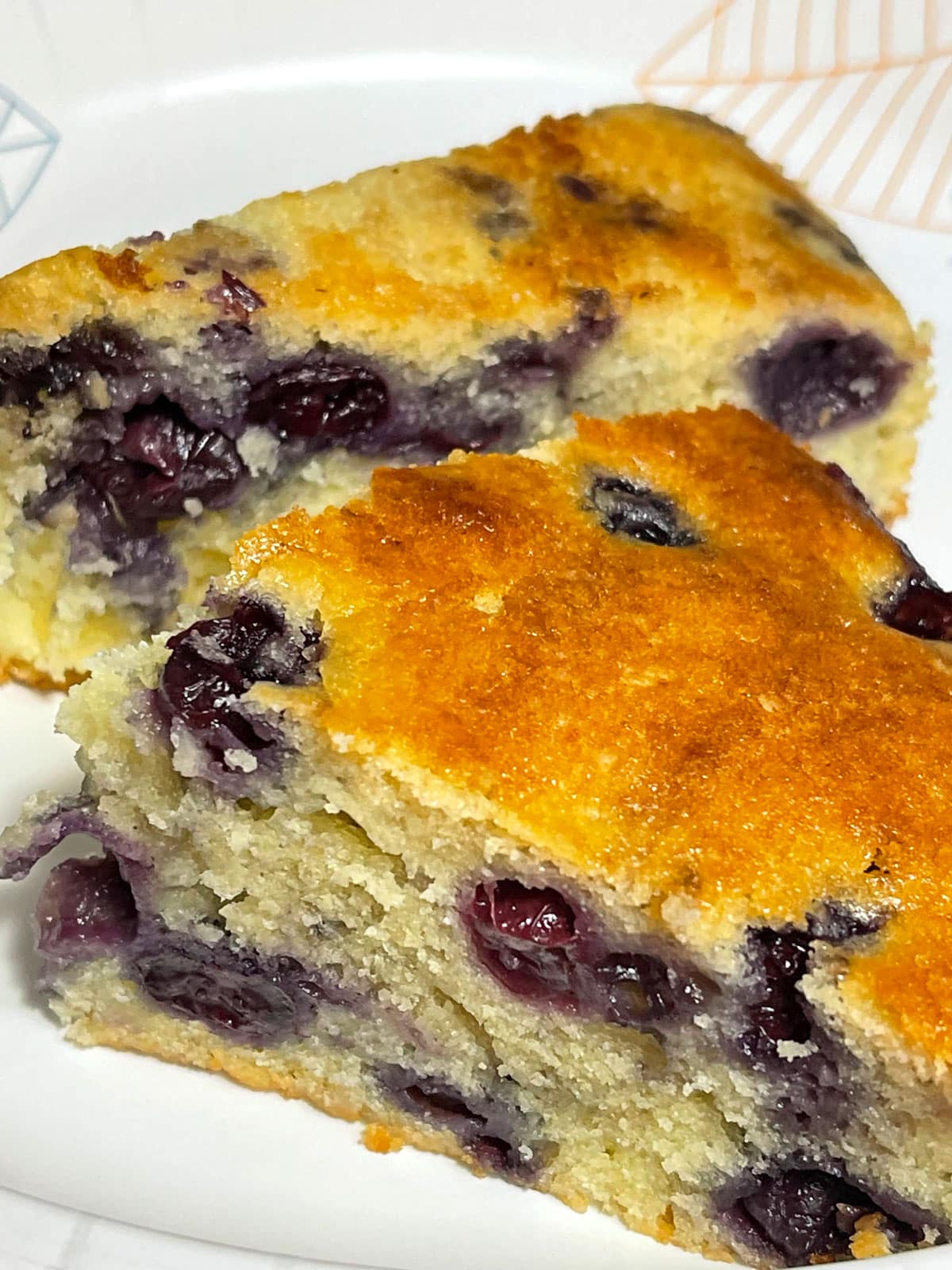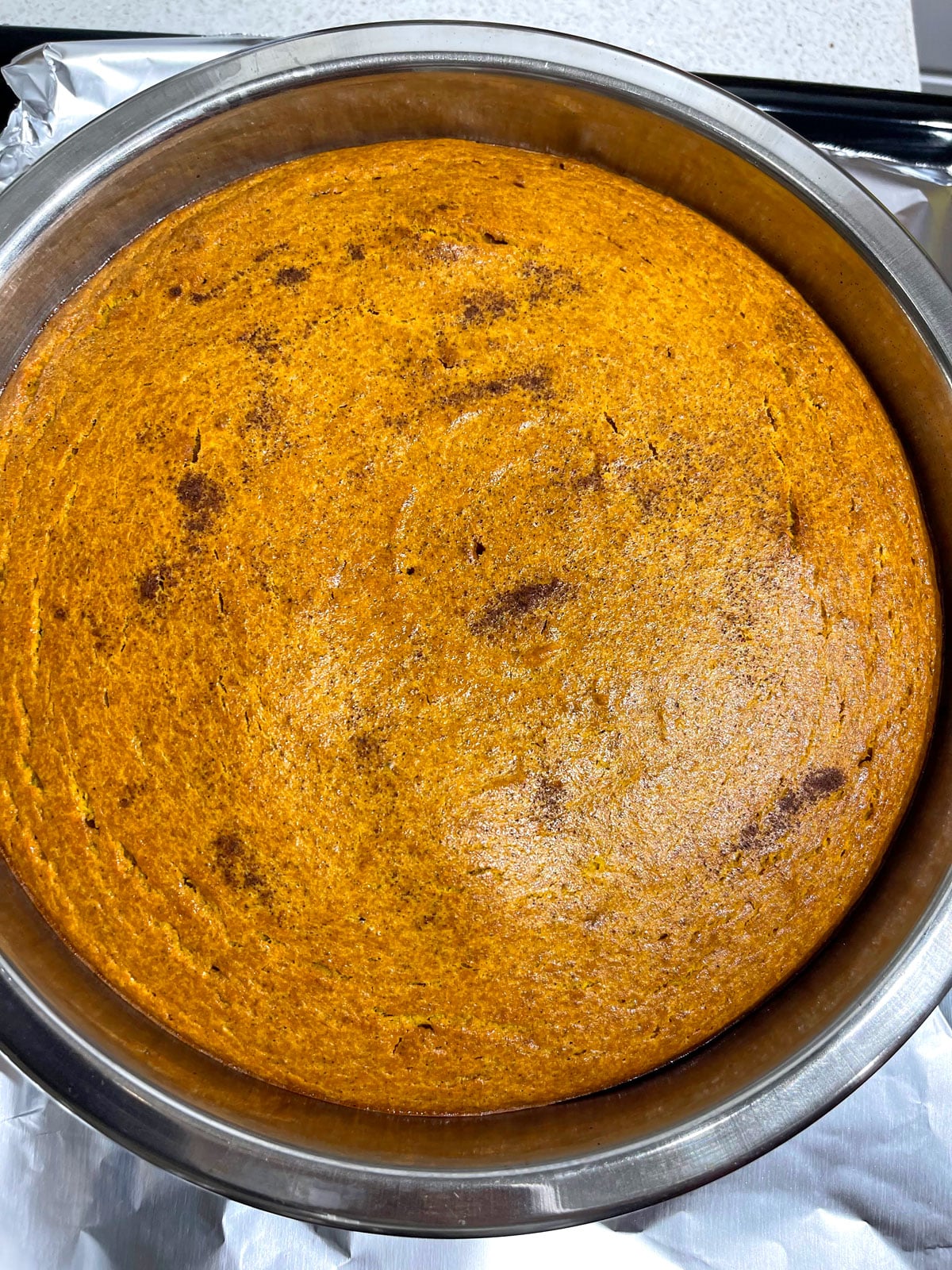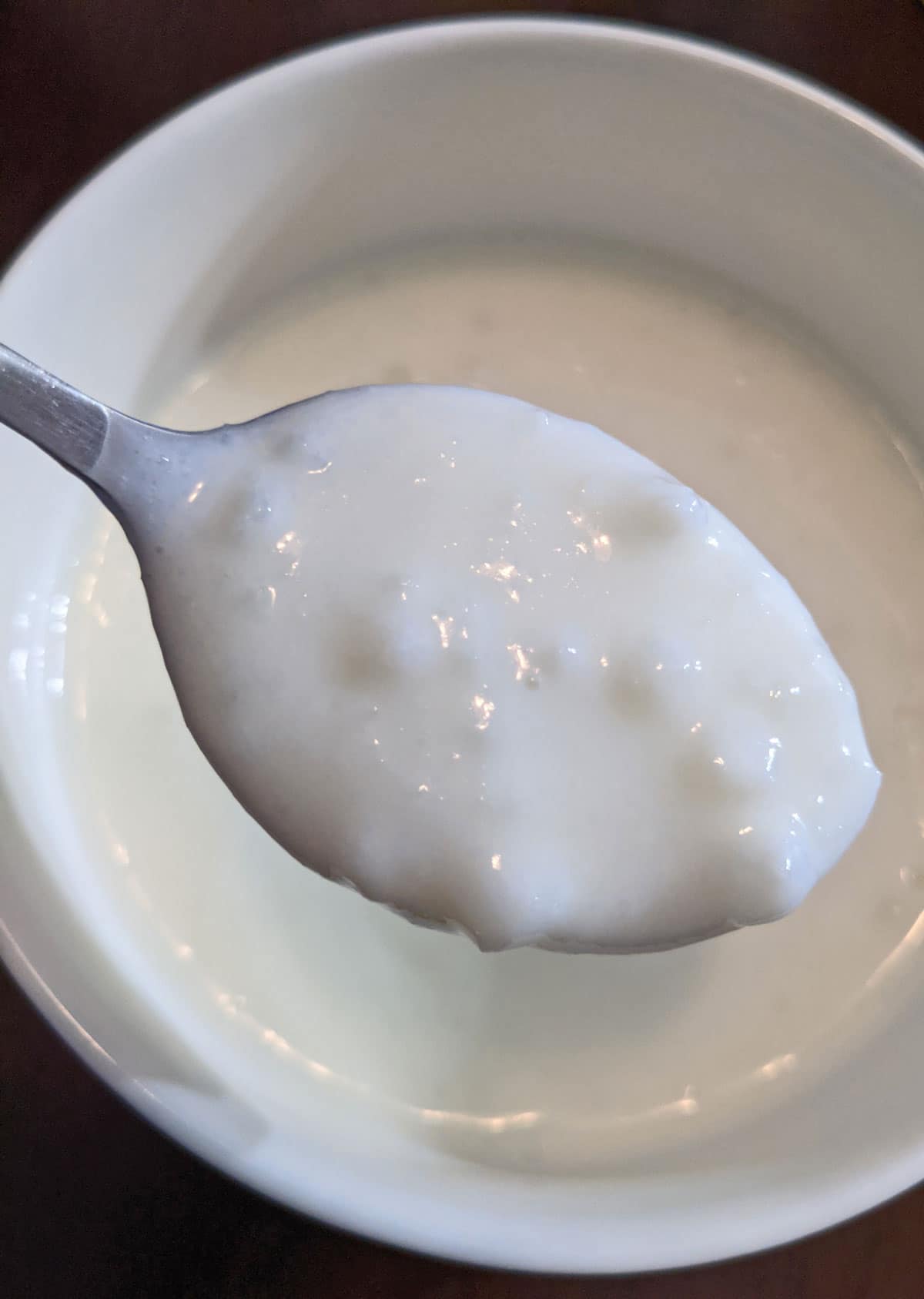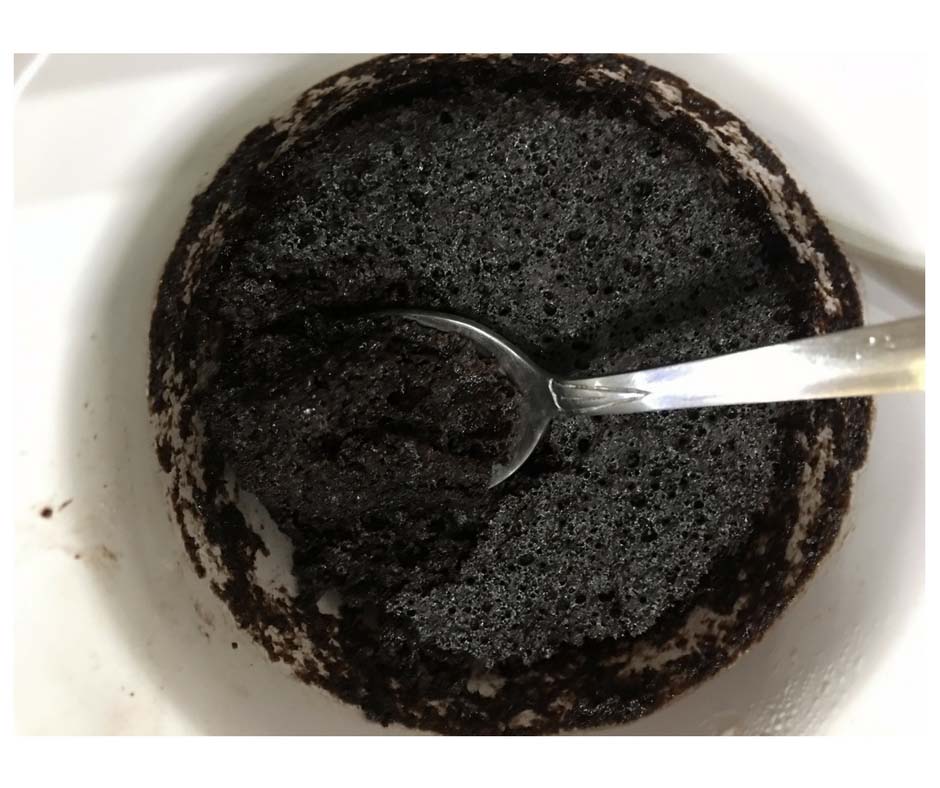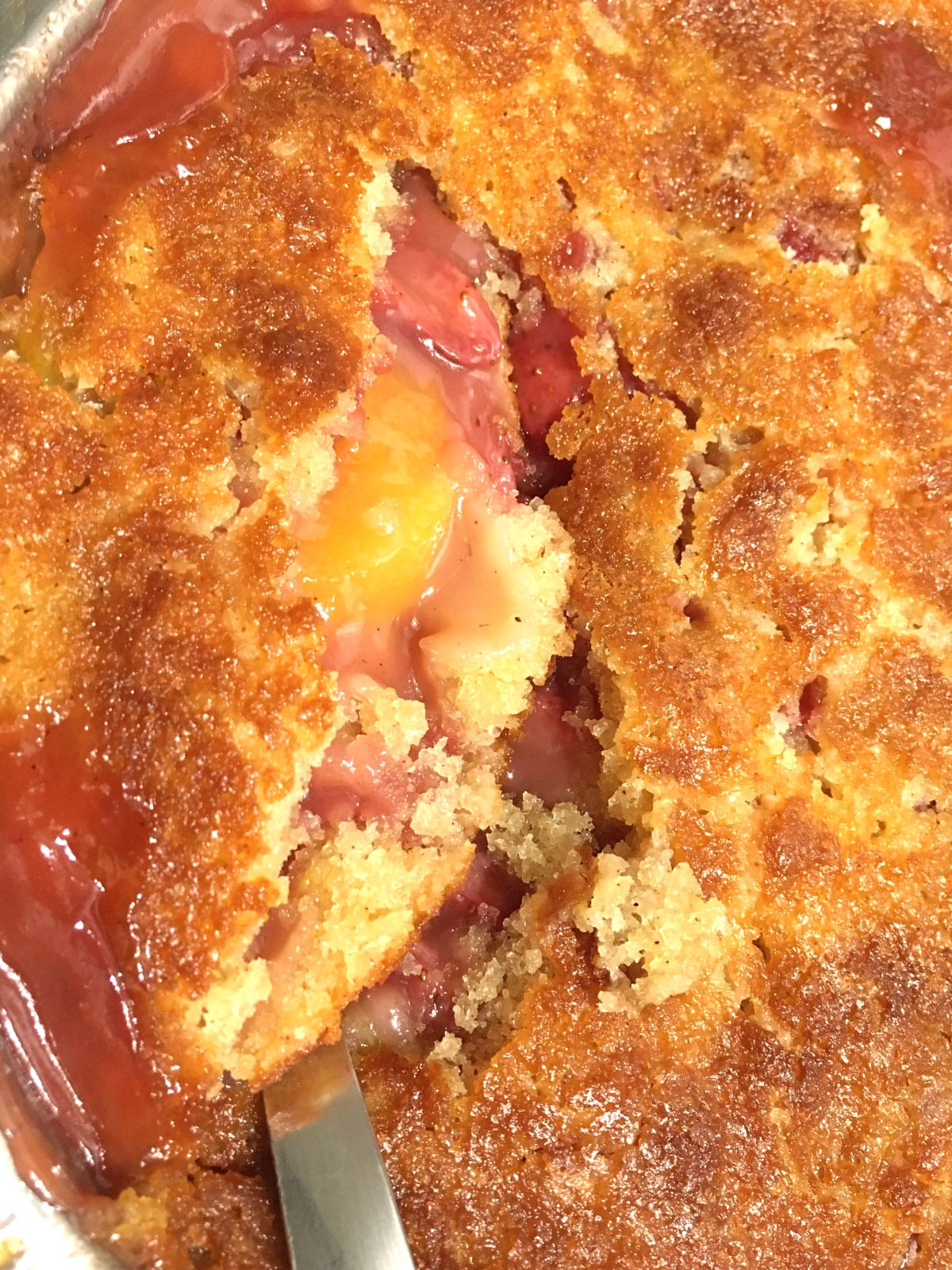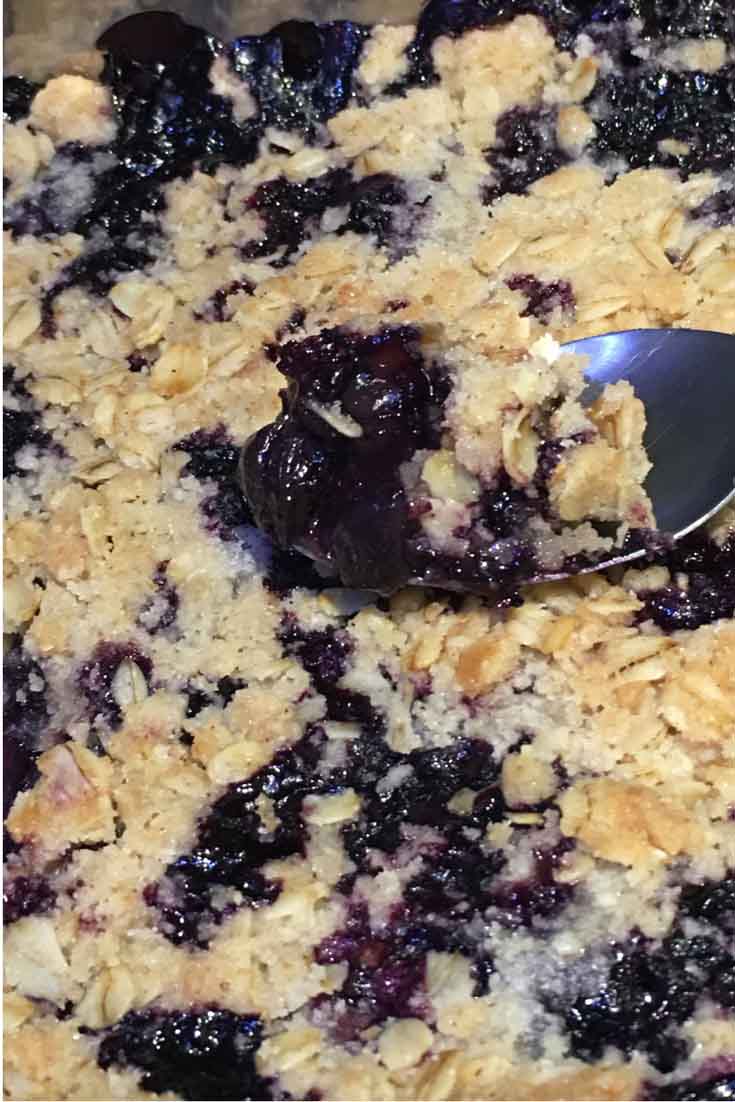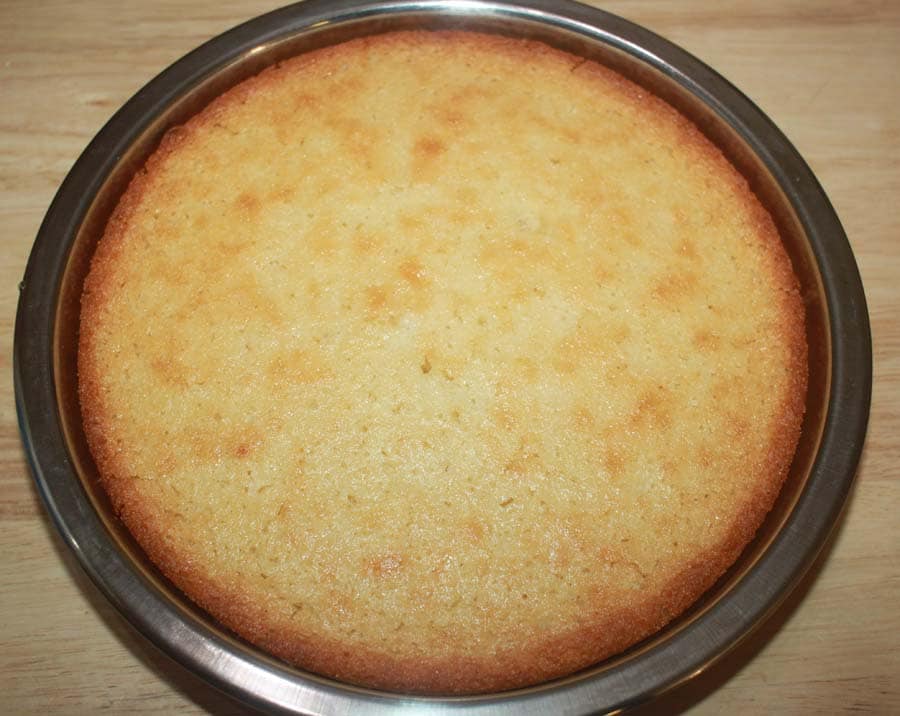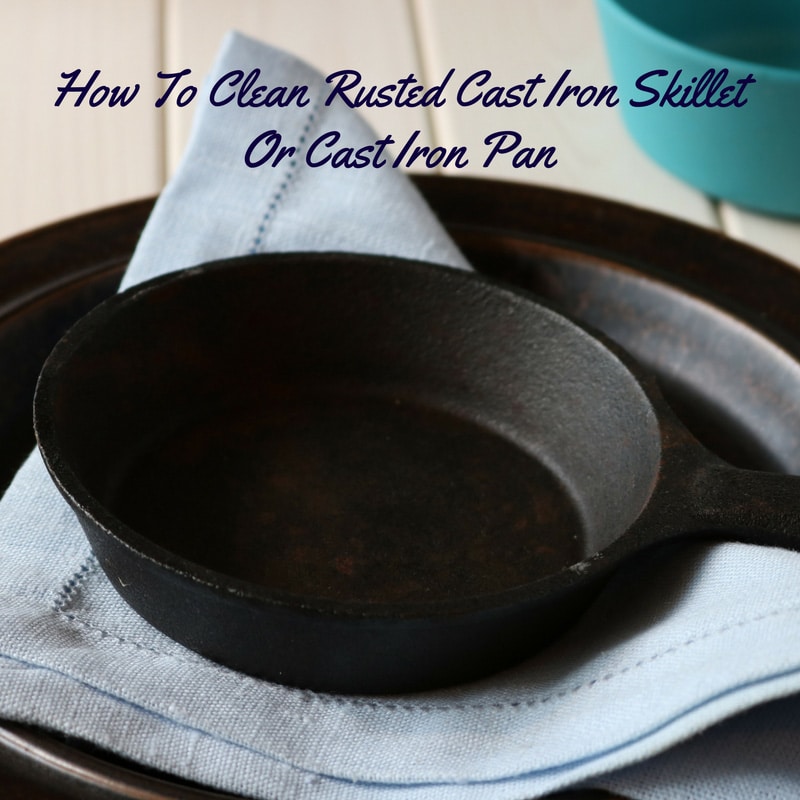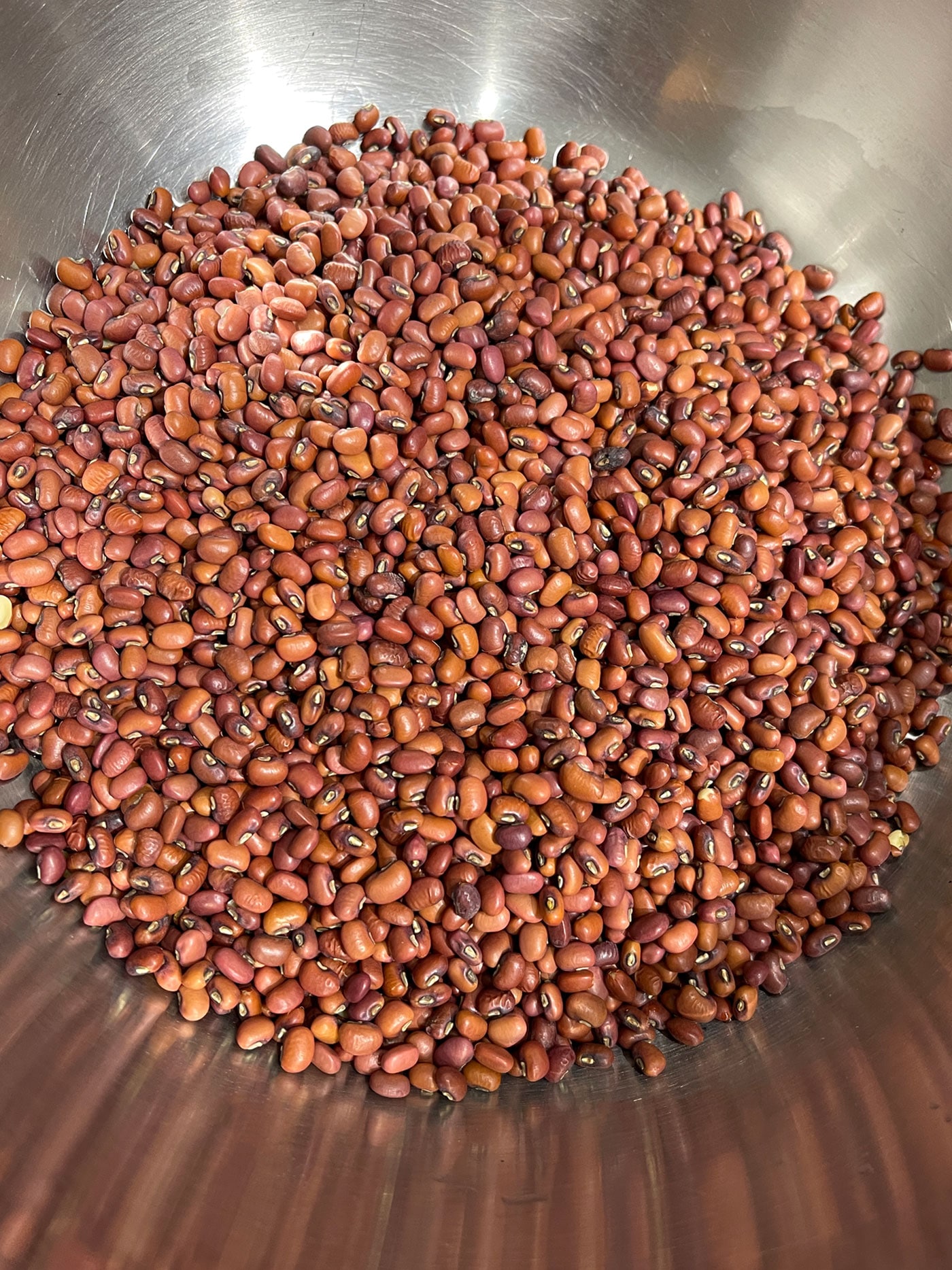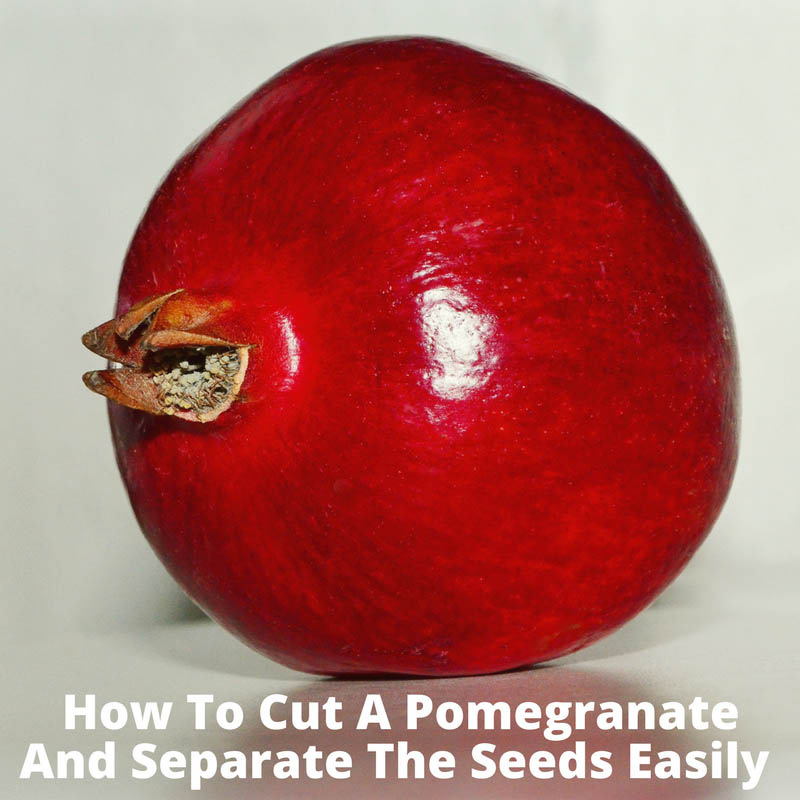LATEST RECIPES
- Baked Banana Pear Oatmeal
- Microwave Strawberry Cobbler In A Mug
- Baked Banana Oatmeal For Breakfast
- Soft Banana Chocolate Chip Cookies
- Banana Cheese Sandwich
- 3 Ingredient Guacamole Dip Recipe - Simple, Quick, Easy
- Lettuce Tomato Salad Using Romaine Lettuce, Cherry Tomatoes
- Coconut Dal In Instant Pot
- Mashed Acorn Squash Using Oven Roasted Whole Squash
- Squash Flatbread Using Mashed Acorn Squash
- Seasoned Garlic Roasted Yellow Potatoes (Yukon Gold Potatoes)
- Instant Pot Soaked Dried Chickpeas (Garbanzo Beans)
See more from latest recipes
VEGETABLE SIDE DISHES
- Celery Stir Fry In Skillet
- Instant Pot Buttered Cabbage With Garlic
- Deep Fried White Potatoes With Chickpea Flour
- Creamy Cucumber Salad With Sour Cream
- Fried Caramelized Cabbage And Onions (Without Bacon)
- How Long To Boil Fresh Asparagus (Best Way To Cook Asparagus)
- Oven Roasted Bell Pepper Slices - Strips Of Red, Orange Peppers
- Boiled Cabbage - Seasoned Buttery Tender Cabbage
Easy to make vegetable recipes for the perfect vegetable side dish for dinner or lunch!
See more vegetable recipes →
COOKIES
- Soft Banana Chocolate Chip Cookies
- Self Rising Flour Chocolate Chip Cookies Without Brown Sugar
- Milk Cookies Without Condensed Milk
- 2 Ingredient Peanut Butter Cookies (No Eggs Or Brown Sugar, Dairy Free)
- Sprinkle Sugar Cookies (Nonpareils Sprinkles Christmas Cookies)
- Sugar Cookies Without Baking Powder Or Baking Soda
- Bisquick Pancake Mix Cookies With M&M For Christmas Holidays
- Plain Cut Out Sugar Cookies With Condensed Milk
- Cinnamon Vanilla Crinkle Cookies - Eggless Crack Cookies
- Chocolate Crinkle Cookies - Crack Cookies With Cocoa Powder
- Eggless Christmas Sugar Cookies
- Chocolate M&M Cookies
See more cookie recipes →
PANCAKE RECIPES
Easy and delicious homemade pancake recipes!
- Sweet Cream Pancakes Using Heavy Whipping Cream
- Pancakes Without Milk Using Water (Dairy Free Vegan Pancakes)
- Homemade Blueberry Pancakes With Frozen Or Fresh Blueberries
- Pancakes Without Baking Powder Or Baking Soda
- Savory Chickpea Flour Pancakes Without Sugar
- Banana Protein Pancakes - Easy Pancakes Using 2 Ripe Bananas
- Pancakes Without Eggs Using Flax Seeds As Egg Substitute
- Greek Yogurt Protein Pancakes (No Eggs)
- Fluffy Pancakes Without Buttermilk (From Scratch)
- 3 Ingredient Banana Pancakes Without Baking Powder (Dairy Free)
- Pancakes With Self Rising Flour - Easy, Fluffy, Simple, Homemade
- Crispy Oat Milk Chocolate Chip Pancakes
See more pancake recipes →
BREAKFAST
Simple, easy and delicious recipes for breakfast and more!
- Sweet Potato Flatbread - Homemade Tortilla From Scratch
- Easy Blueberry Chocolate Chip Muffins With Frozen Blueberries
- Cranberry Banana Bread - Homemade Moist Bread From Scratch
- Sunny Side Up Eggs (Vs Over Easy Eggs)
- Over Easy Eggs - Perfect Fried Eggs With Runny Yolks
- Strawberry Yogurt - Fruit Flavored Yogurt
- Hard Boiled Egg Salad Sandwich With Mayo For Breakfast
- Scrambled Eggs With Shiitake Mushrooms And Spinach Leaves
- How To Fry An Egg? Different Ways To Make Fried Egg
- Avocado Toast Sandwich With Cheesy Egg Omelette
- Over Hard Eggs - Fried Over Well Eggs
- Breakfast Egg And Cheese Muffin Cups - Fluffy Muffin Tin Egg Bite
See more breakfast recipes →
INSTANT POT
- Coconut Milk Rice In Instant Pot (Basmati Rice)
- Buttered Corn In Instant Pot (Frozen Corn Kernels)
- Coconut Basmati Rice Without Coconut Milk (Instant Pot)
- Butter Rice In Instant Pot (And Stove Top)
- Cheesy Thin Spaghetti Noodles In Instant Pot
- Purple, Yellow, Red Peewee Potatoes - Boiled In Instant Pot
- Instant Pot Spaghetti Noodles With Jar Sauce (Meatless)
- Perfect Instant Pot White Basmati Rice No Soak Method
See more instant pot recipes →
CORN
- Cream Cheese Corn Casserole Without Jiffy Made From Scratch
- Southern Cornbread Recipe Without Buttermilk - Moist, Easy
- Cornbread Without Eggs Or Buttermilk - Homemade From Scratch
- Charred Roasted Frozen Corn Kernels - Oven Baked With Butter
- Corn Mac And Cheese - Instant Pot Macaroni Corn Casserole
- How Long To Boil Corn On The Cob - Boiling Time For Corn
- Microwave Frozen Corn On The Cob (Cooking Corn Without Husk)
- Air Fryer Frozen Corn On The Cob Halves
See more corn recipes →
DRINKS
- Banana Milkshake Without Ice Cream
- Orange Peel Tea Recipe
- Banana Orange Juice Recipe
- Pumpkin Spice Chai Tea Latte - Pumpkin Drink For Fall Holidays
- Banana Vanilla Milkshake With French Vanilla Ice Cream
- Pistachio Milkshake - Green Pistachio Drink
- Blueberry Milkshake With Fresh Or Frozen Berries And Ice Cream
- Pina Colada - Pineapple Coconut Milk Smoothie (Non Alcoholic)
See more drinks →
DESSERTS
- Evaporated Milk Cake With Vanilla, Topped With Cherries
- Easy Moist Lemon Blueberry Cake With Frozen Blueberries
- Pumpkin Pie Without Evaporated Milk Using Condensed Milk
- Tapioca Pearl Pudding Eggless (With Small White Tapioca Pearls)
- Microwave Chocolate Mug Cake With Prunes (Vegan)
- Peach And Strawberry Mixed Fruit Cobbler With Self Rising Flour
- Easy Homemade Blueberry Crumble Pie From Scratch
- Semolina Yogurt Cake Using Semolina Flour (Eggless, Moist)
See more desserts →
RESOURCES
See more on resources →

